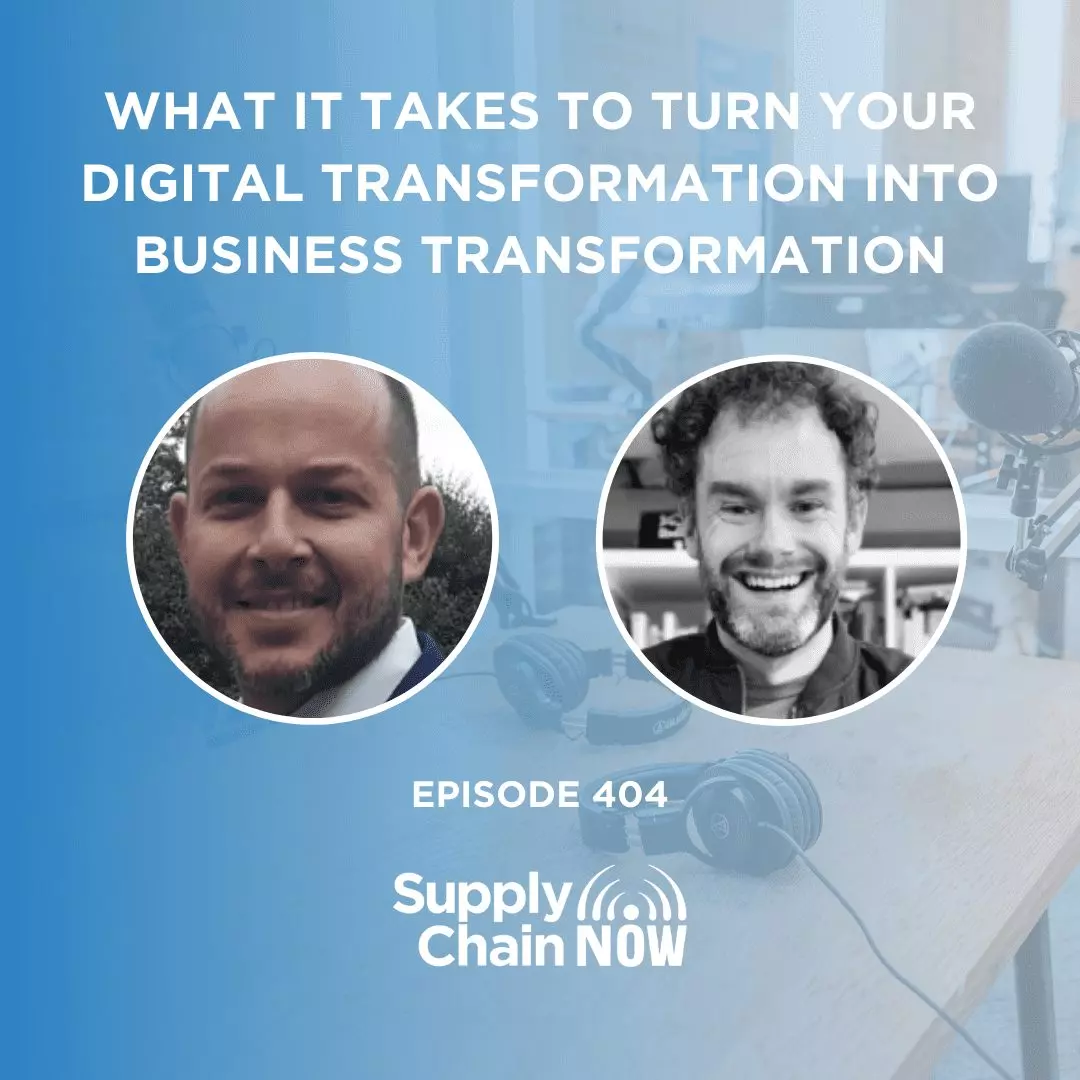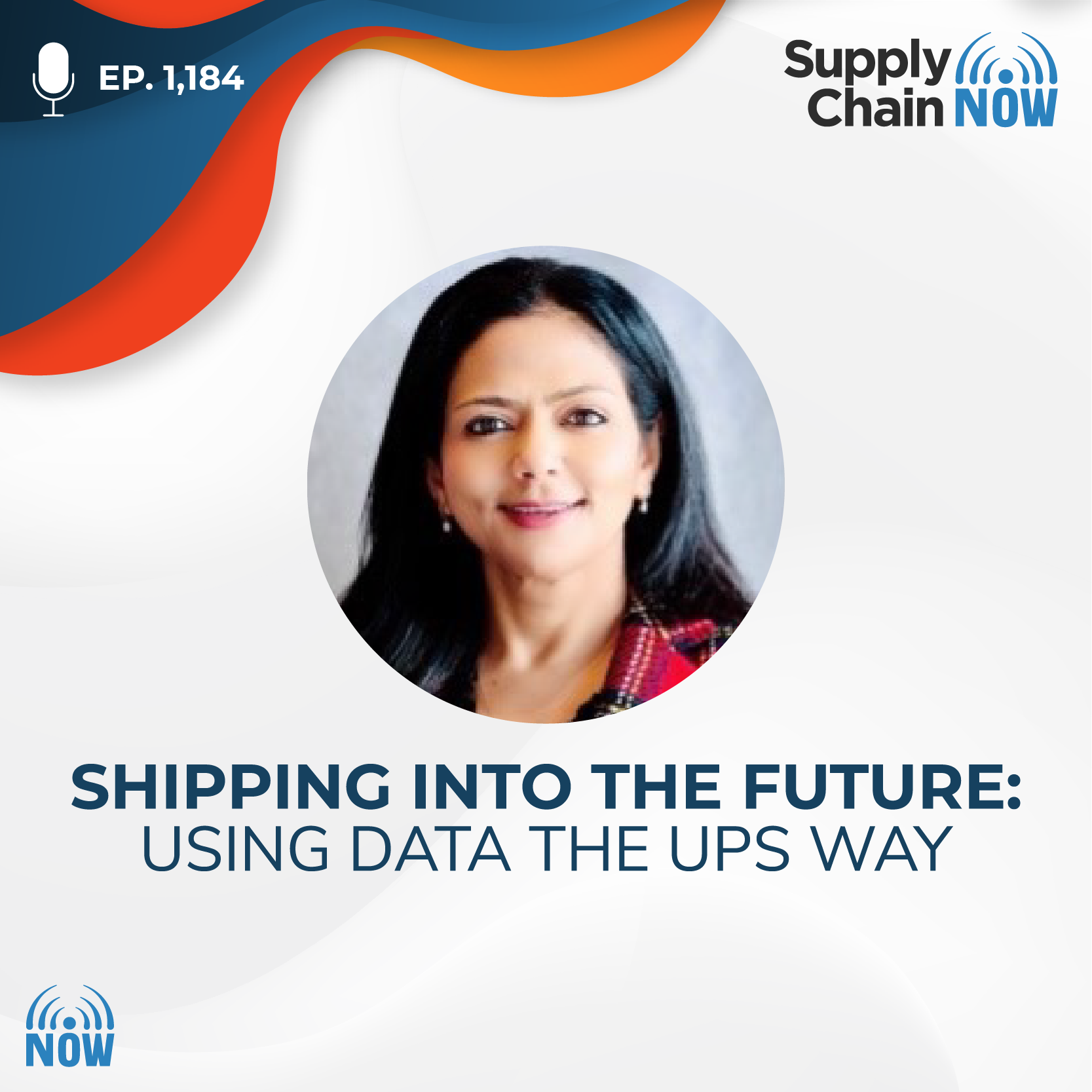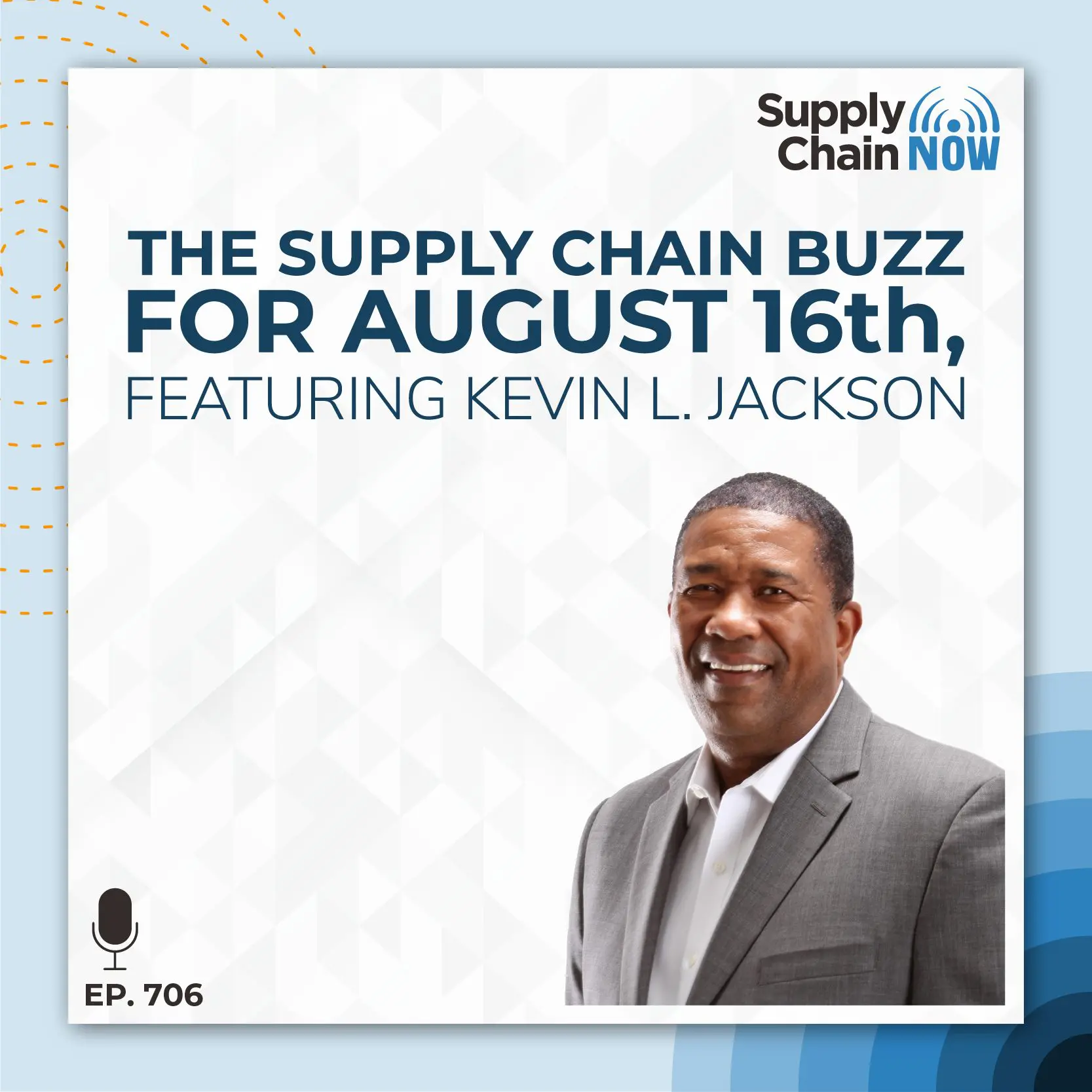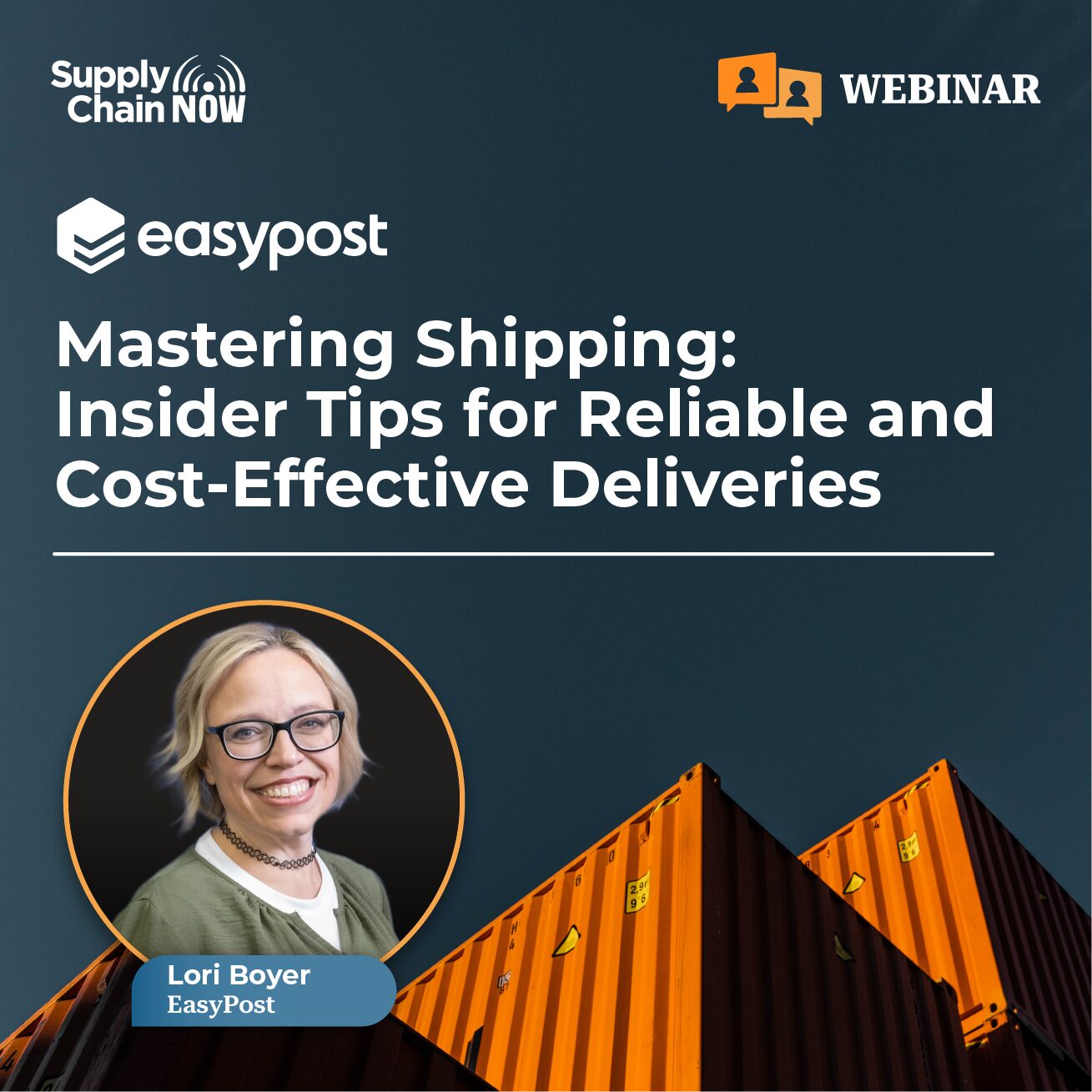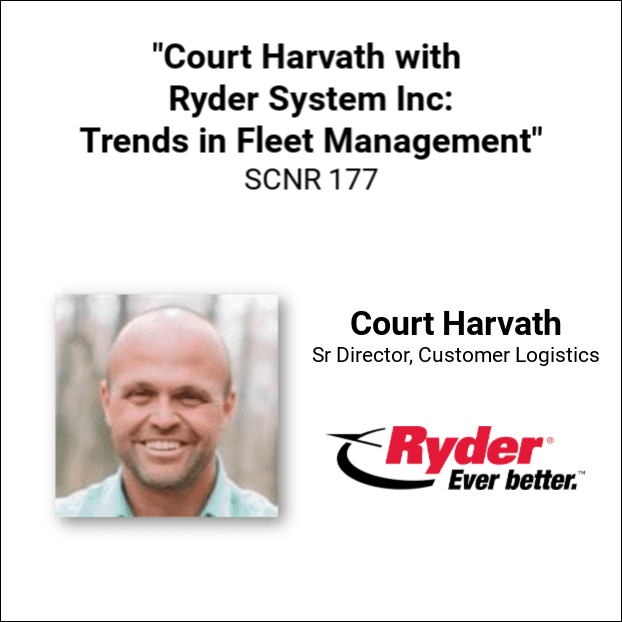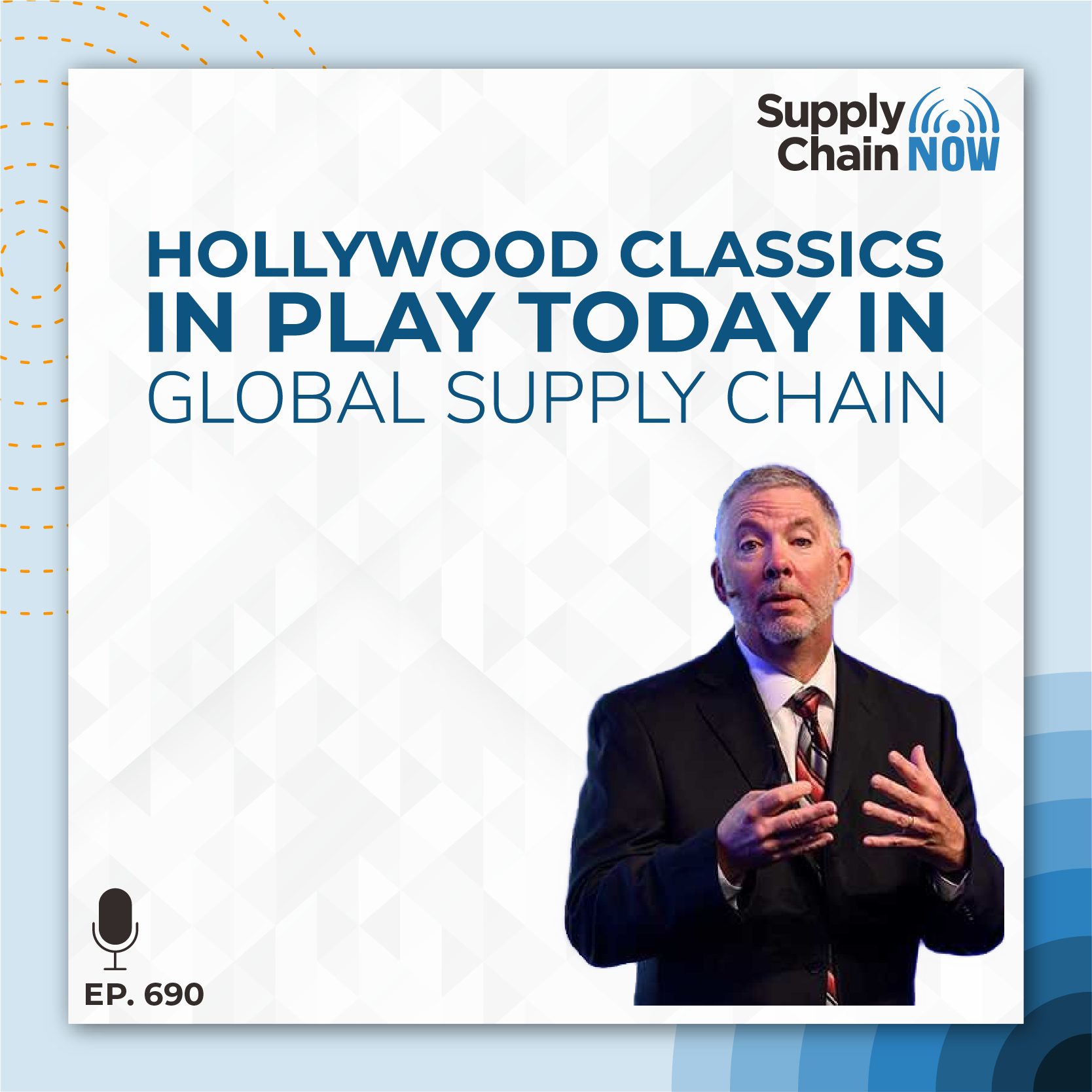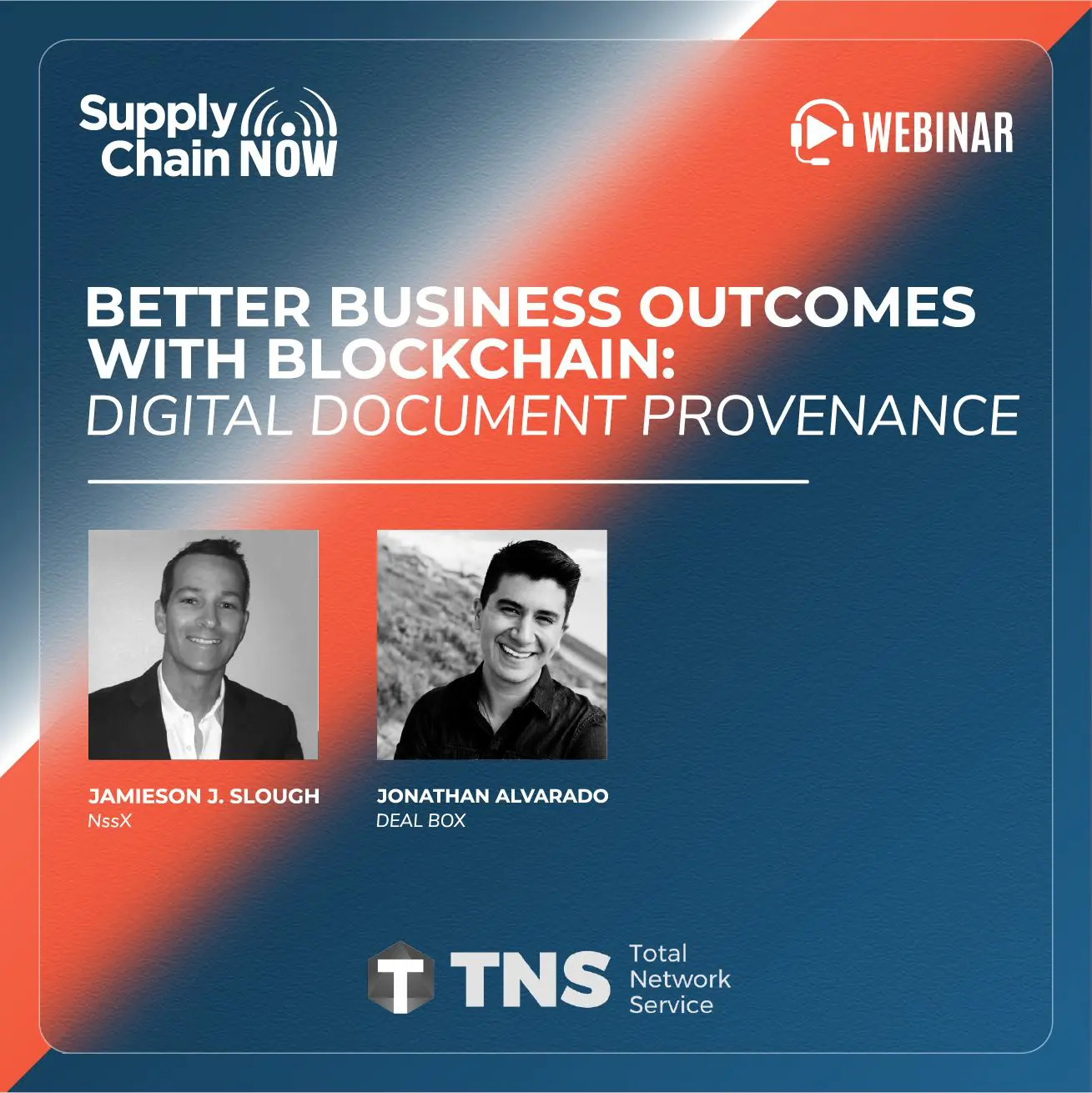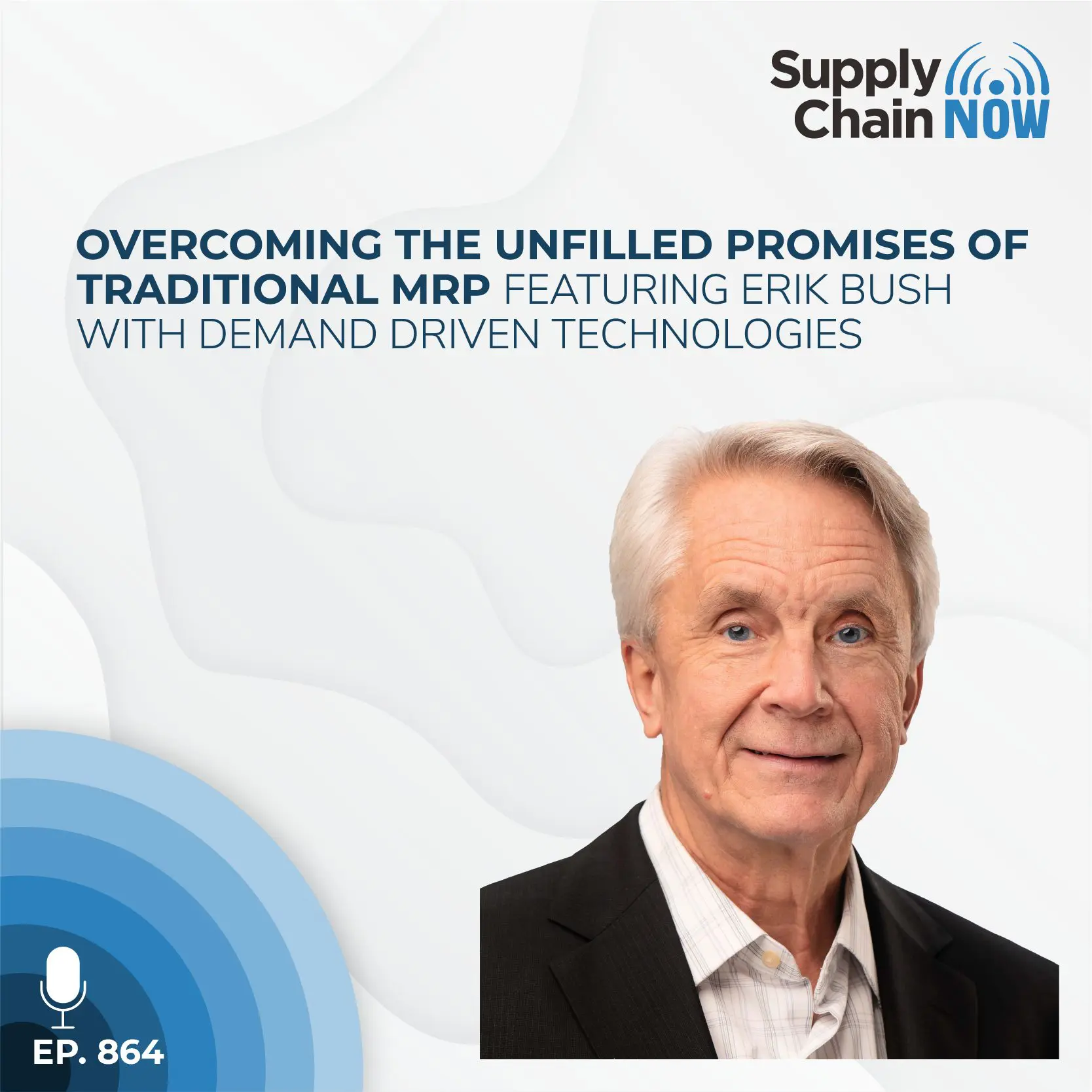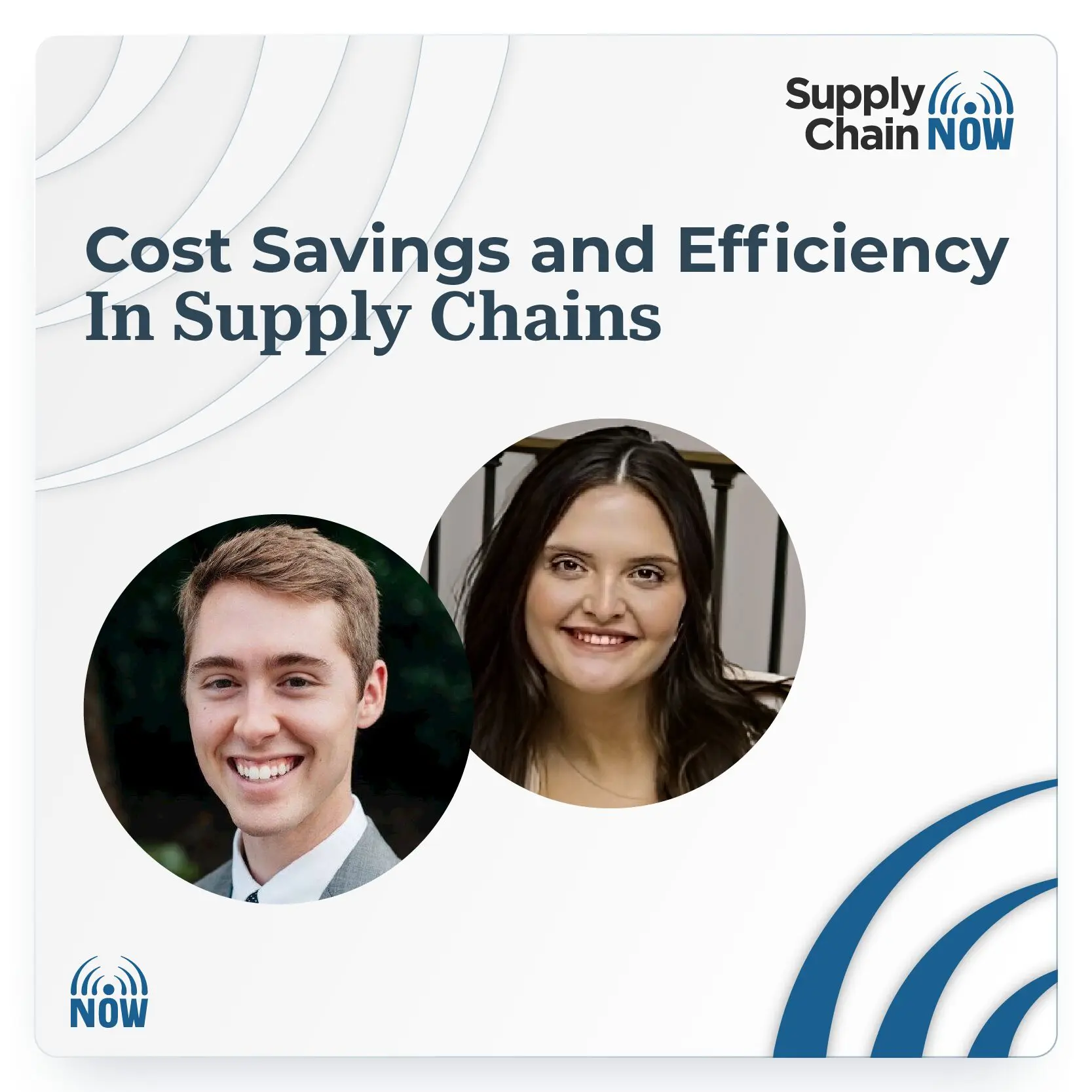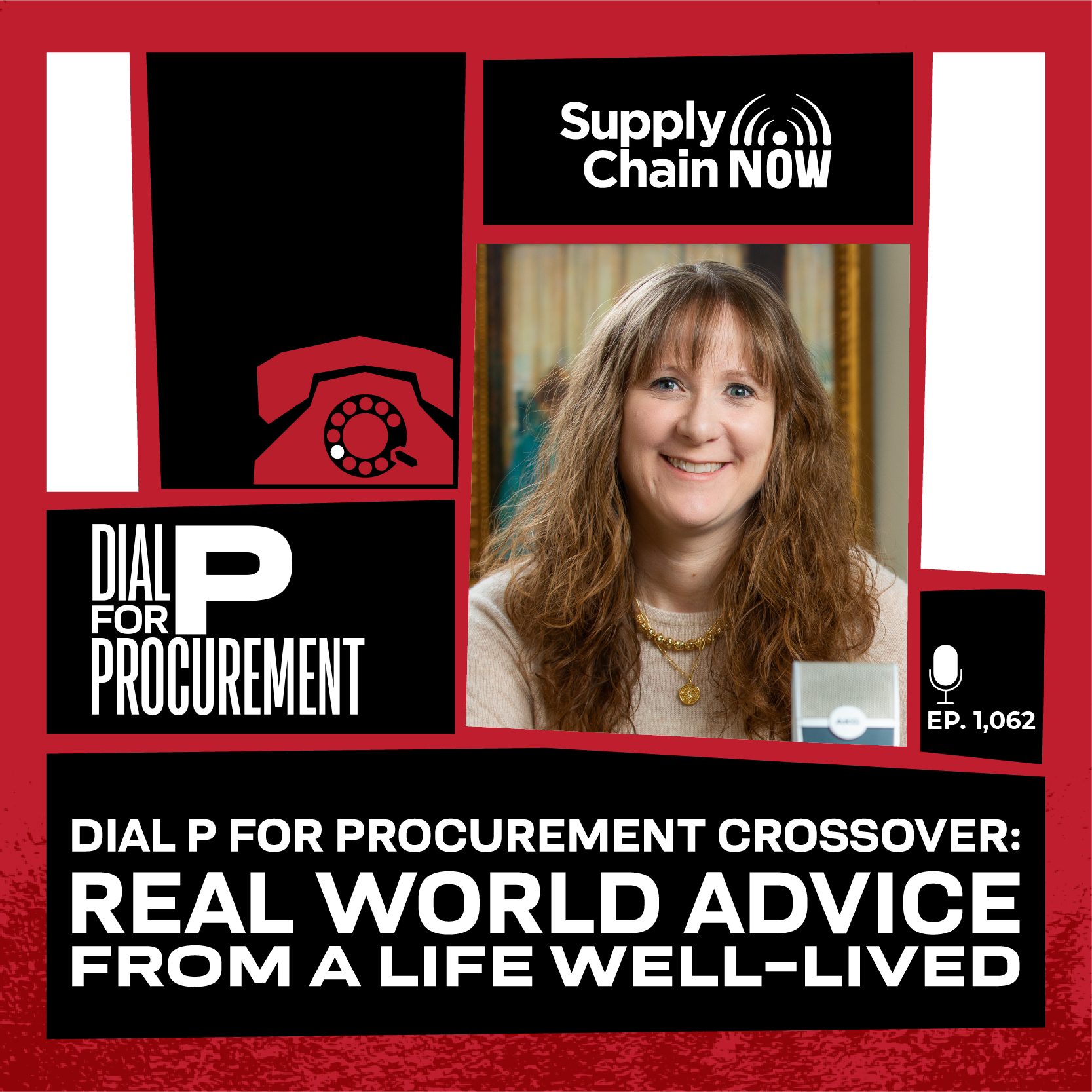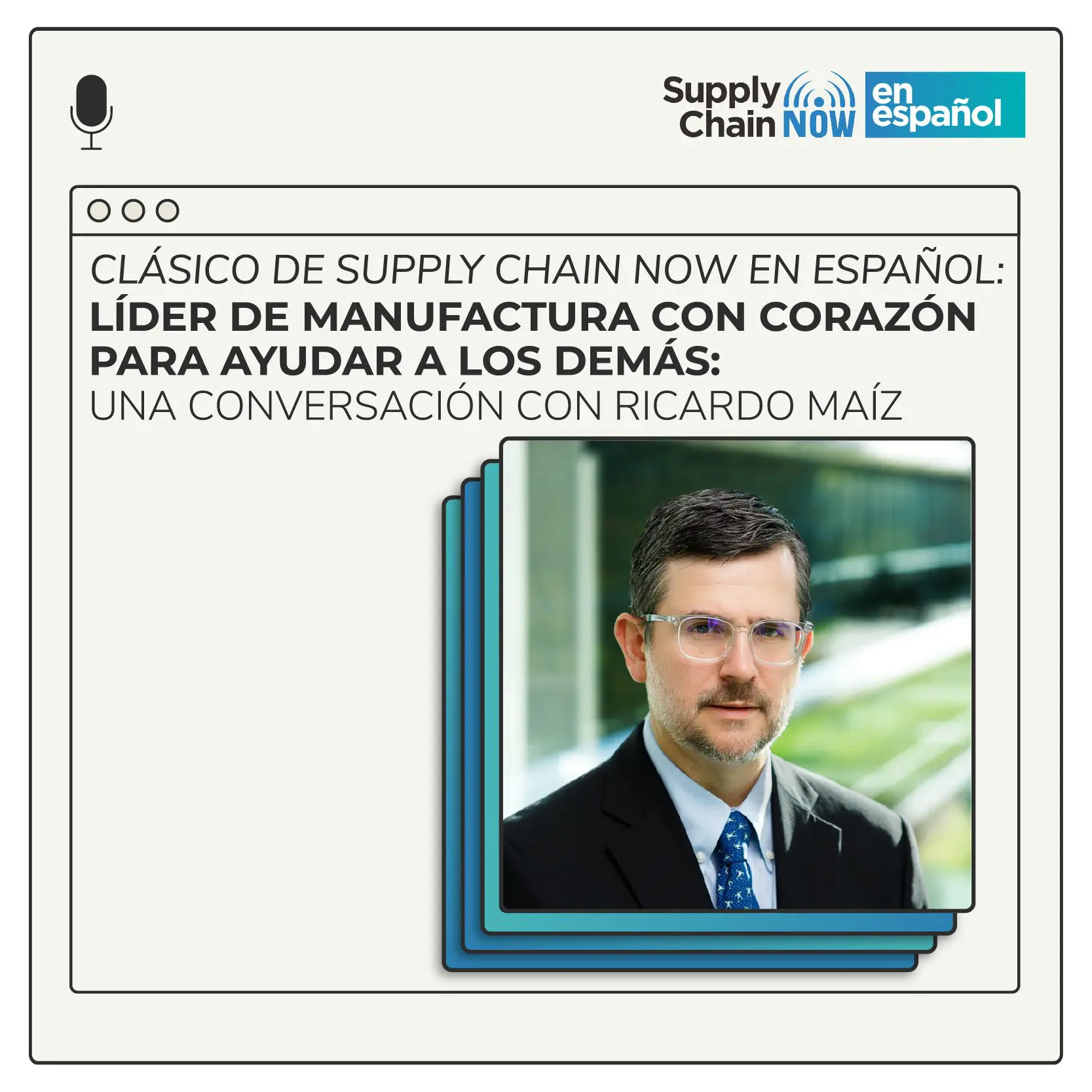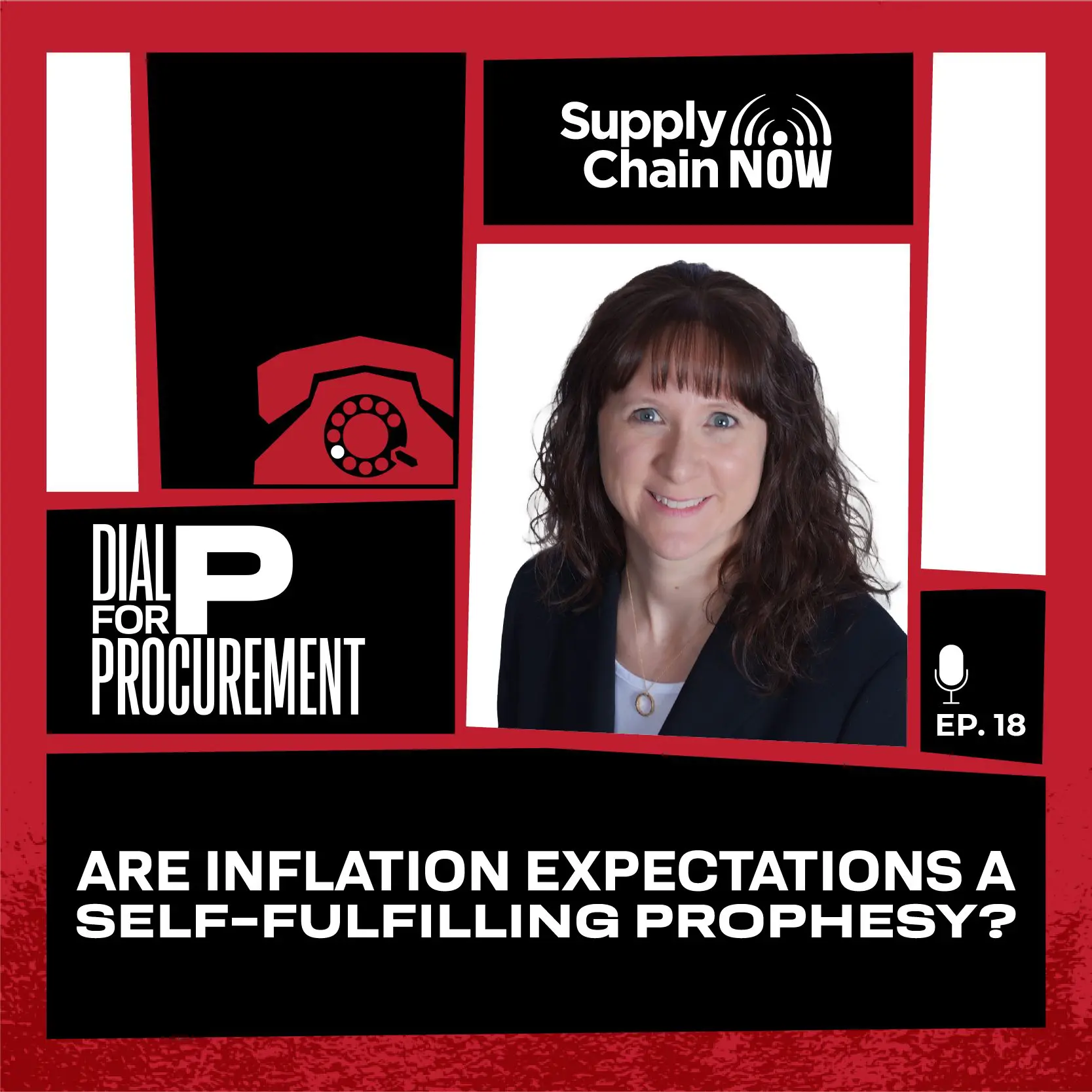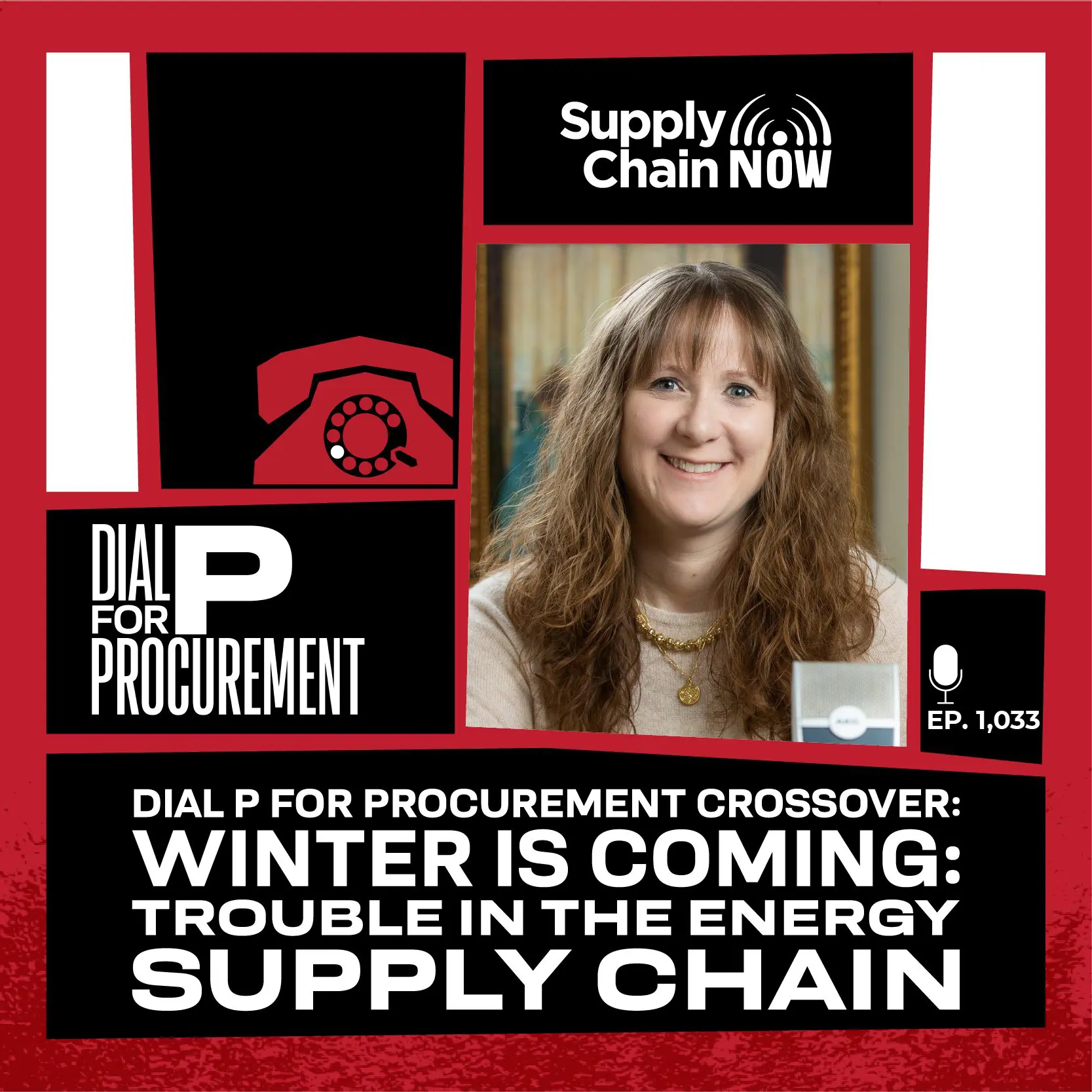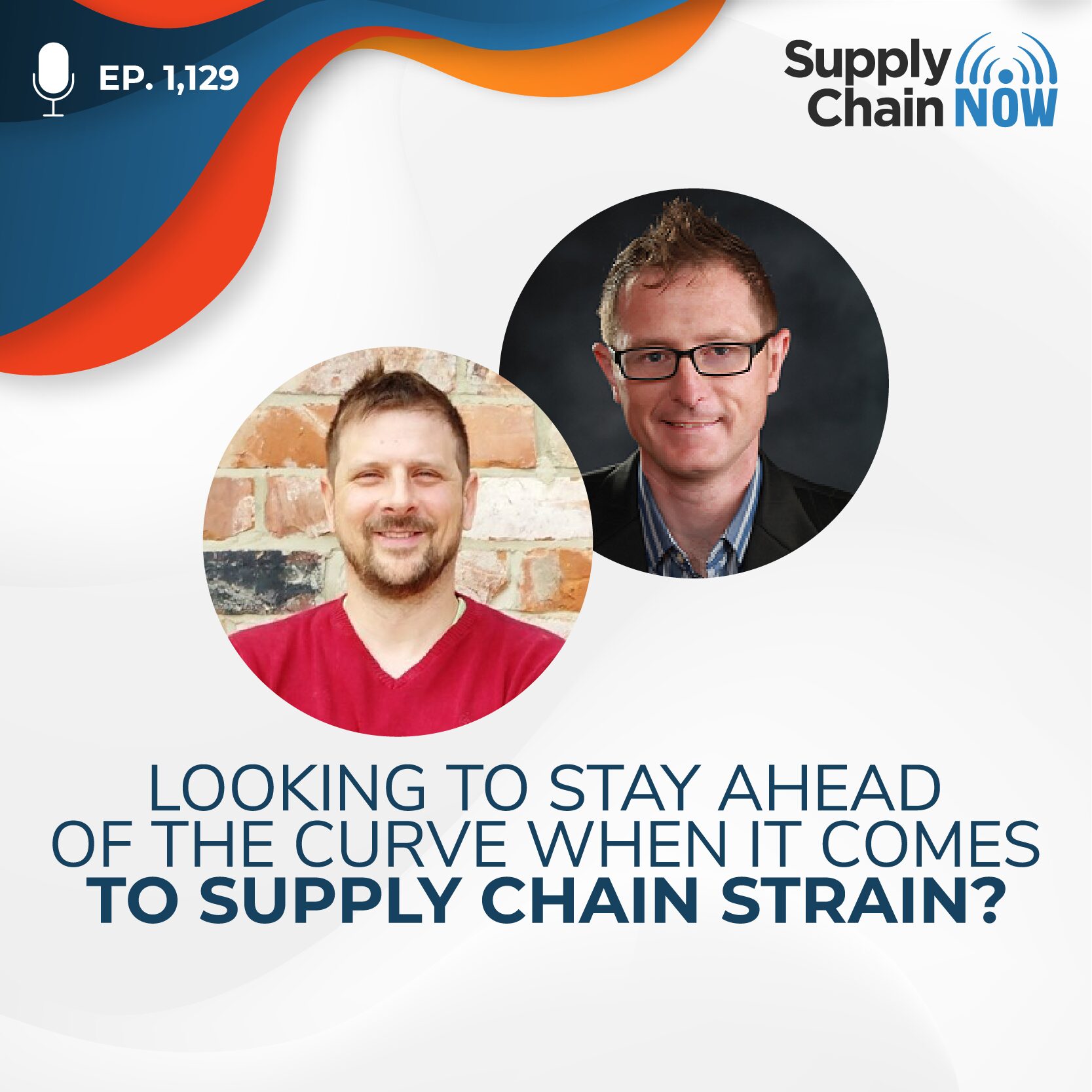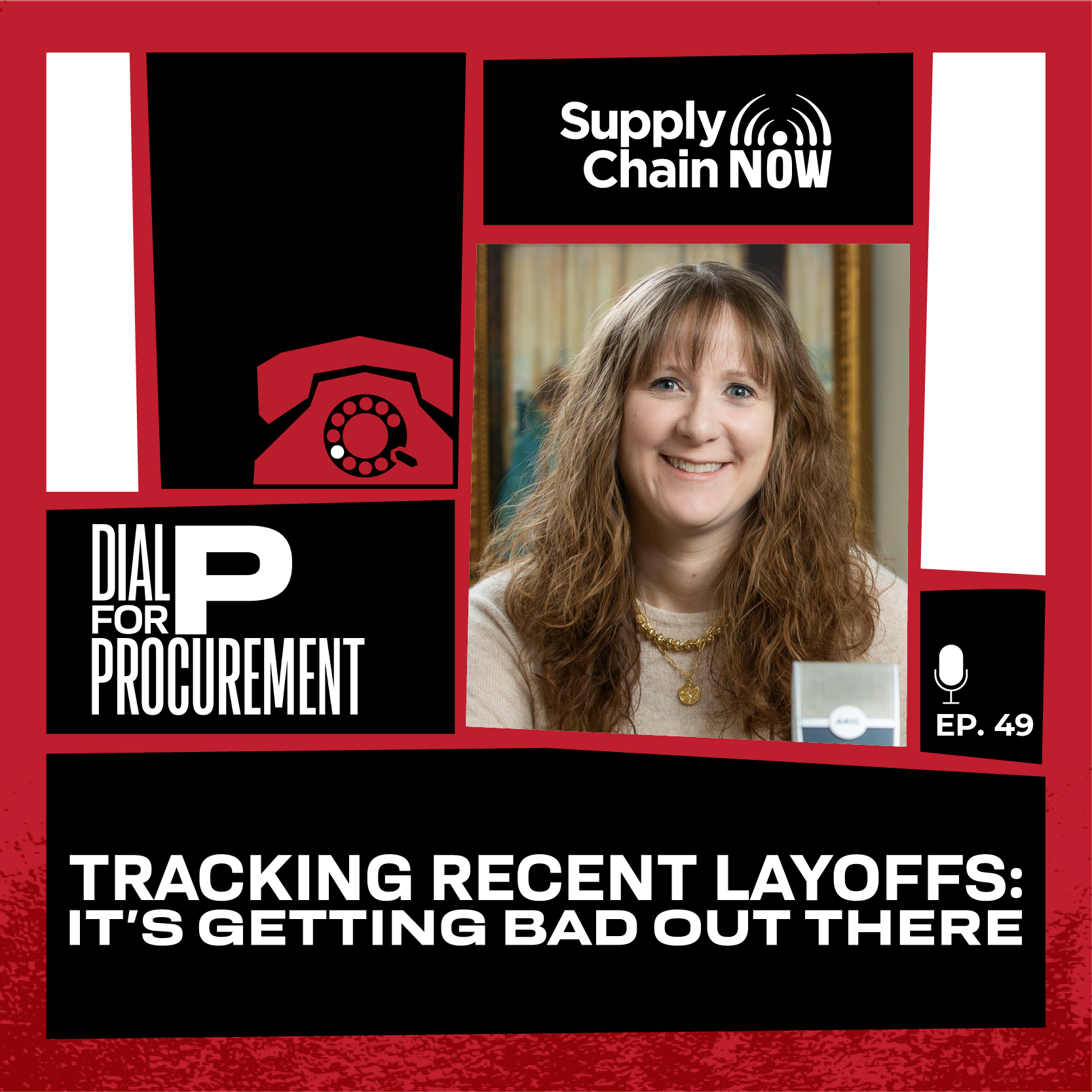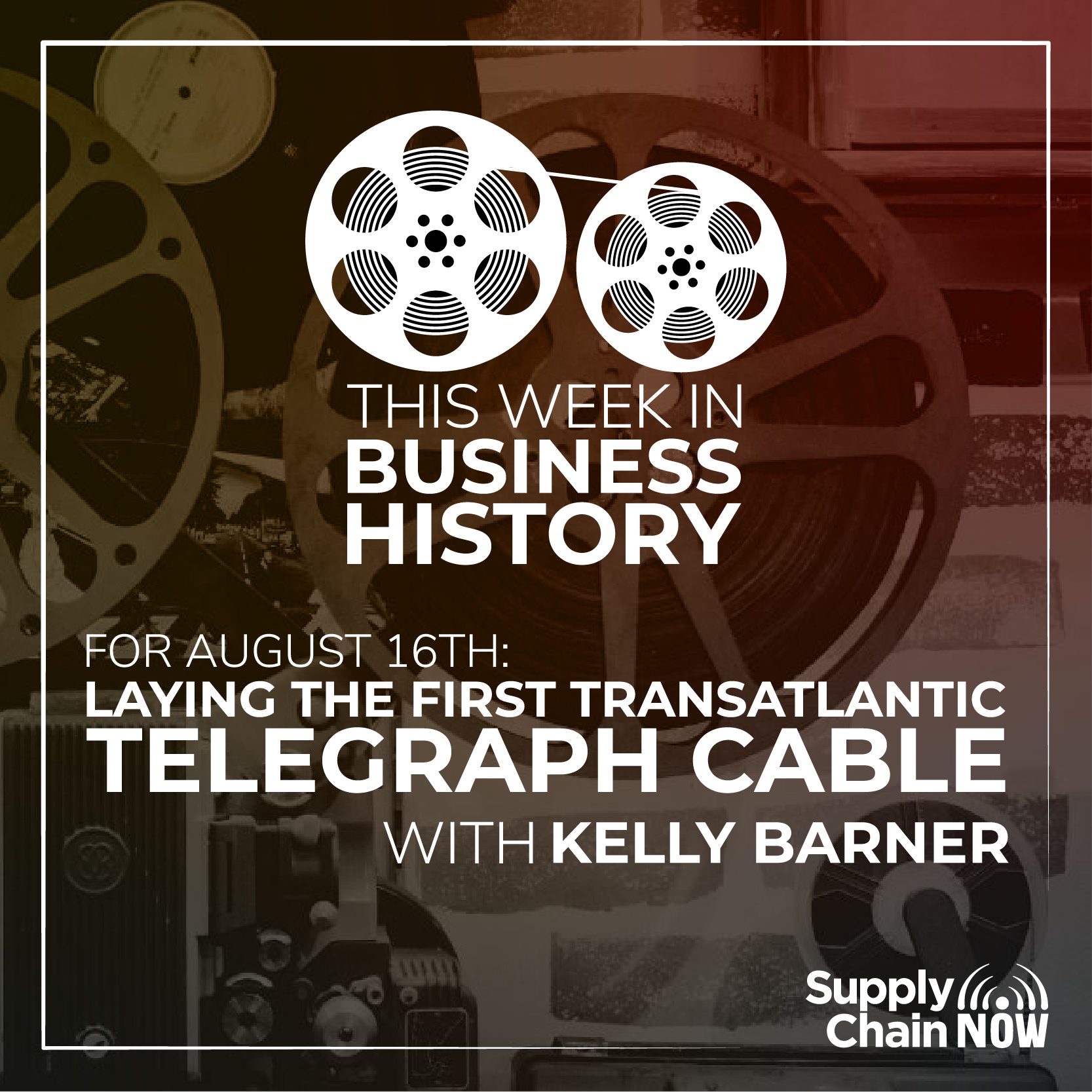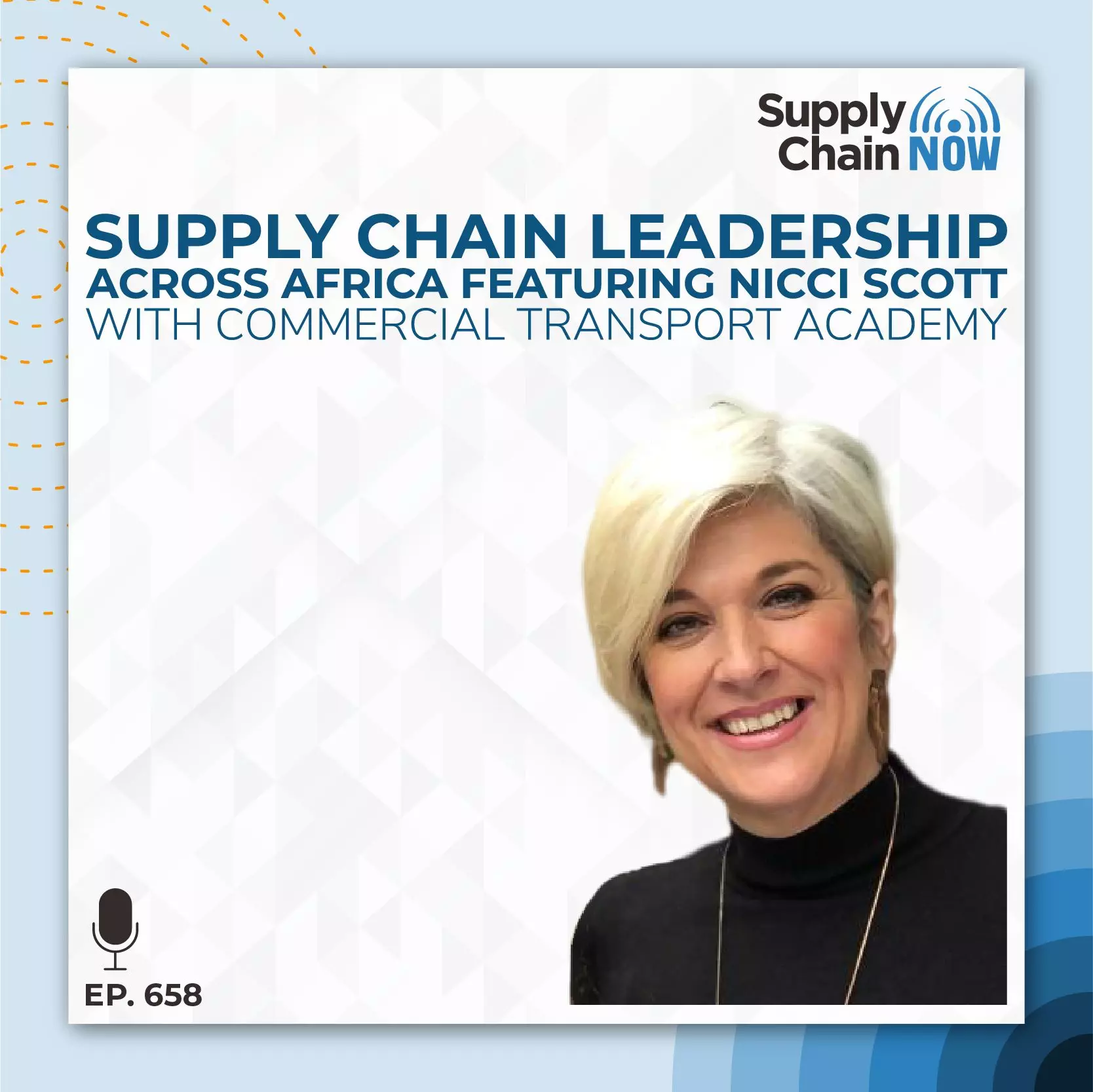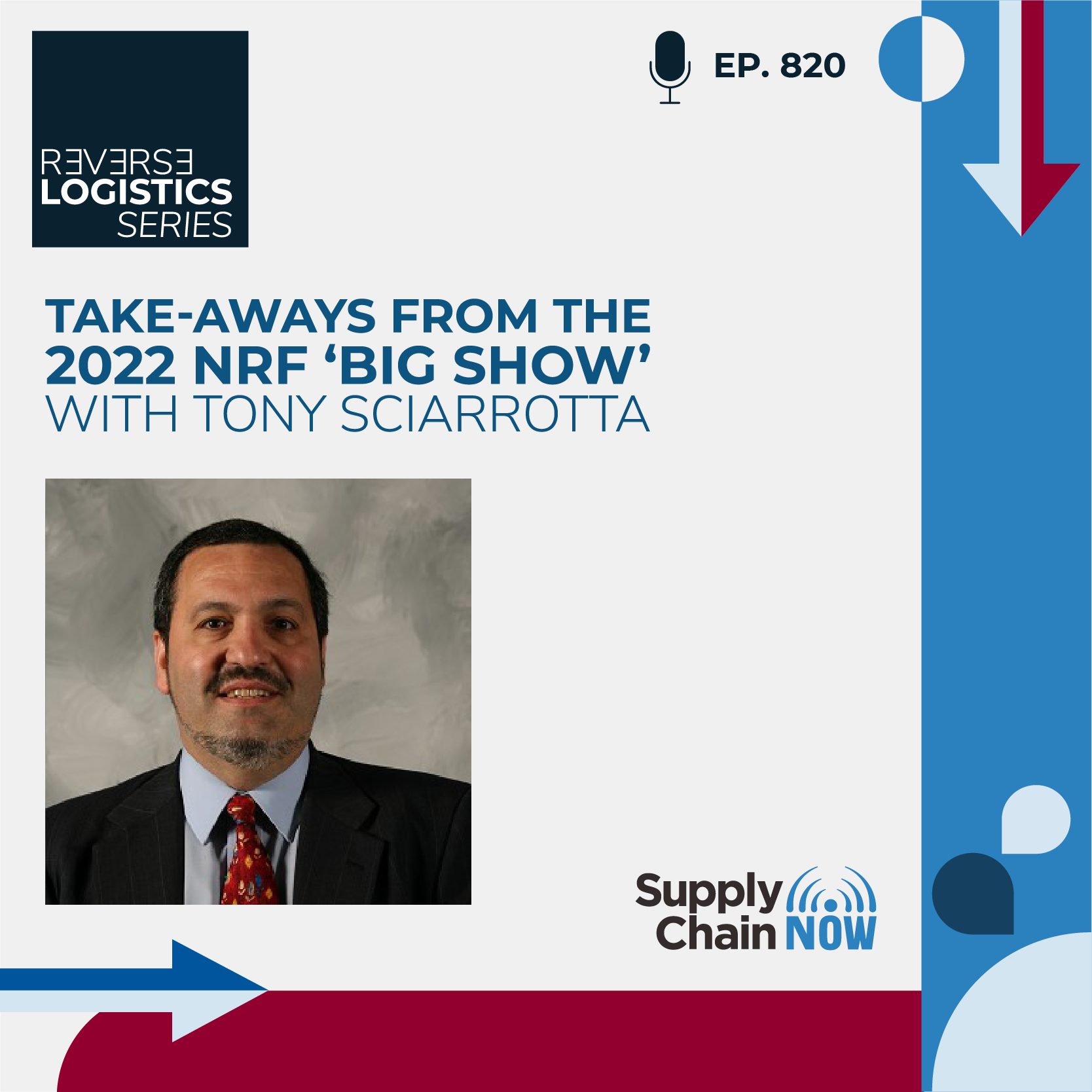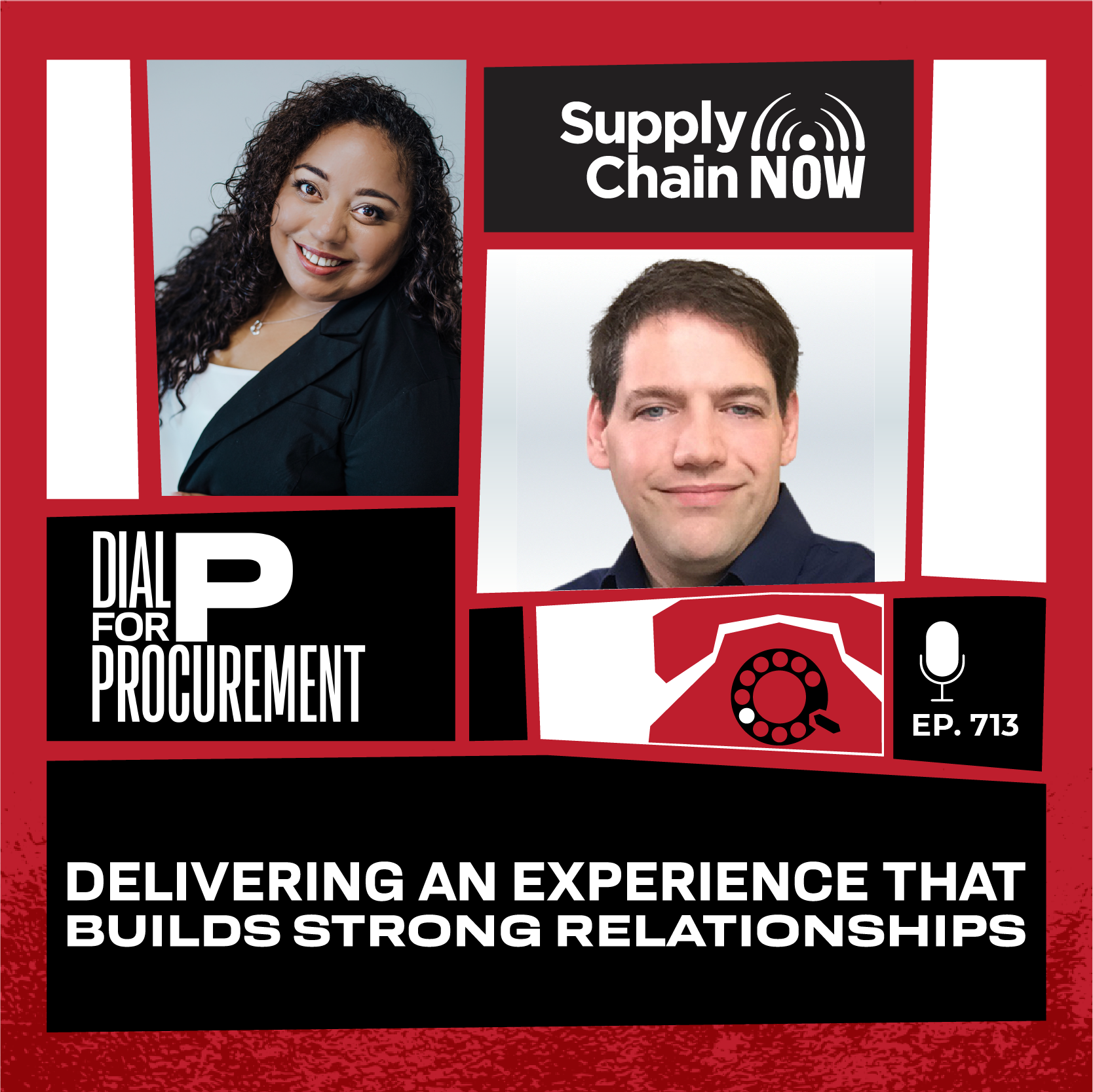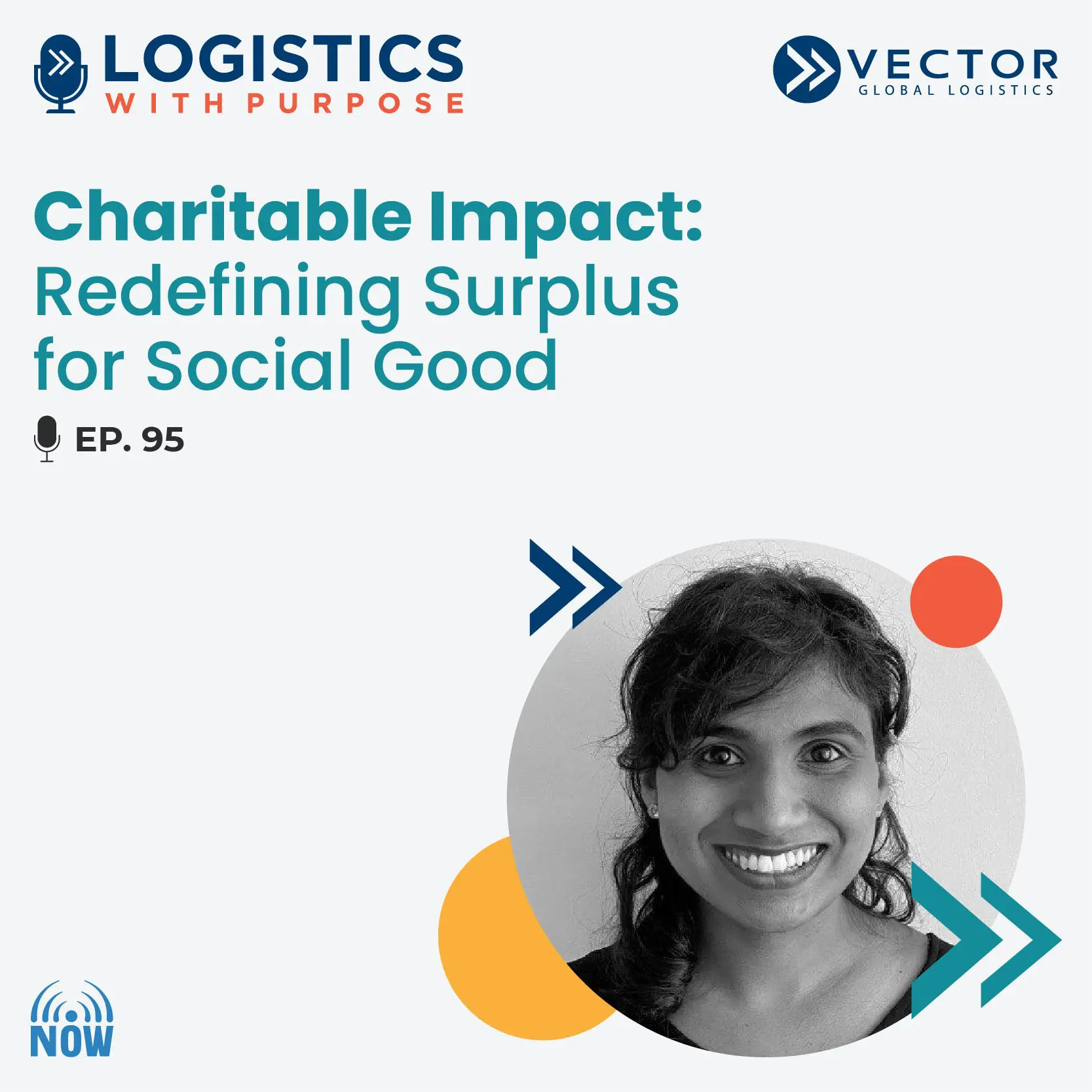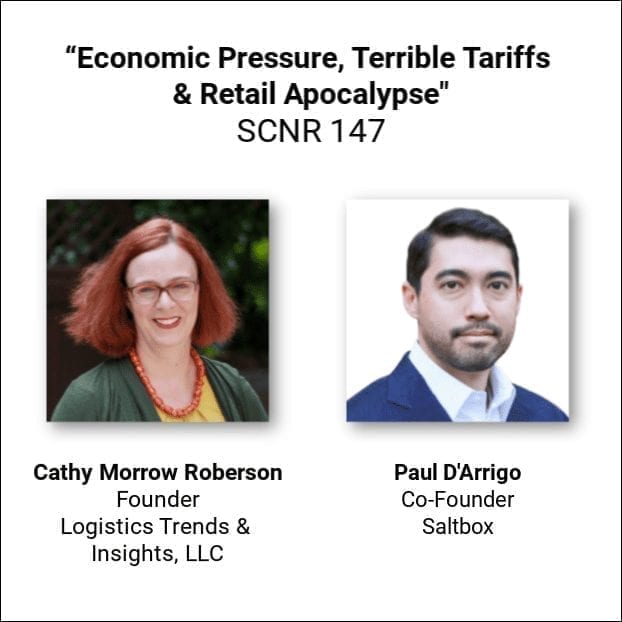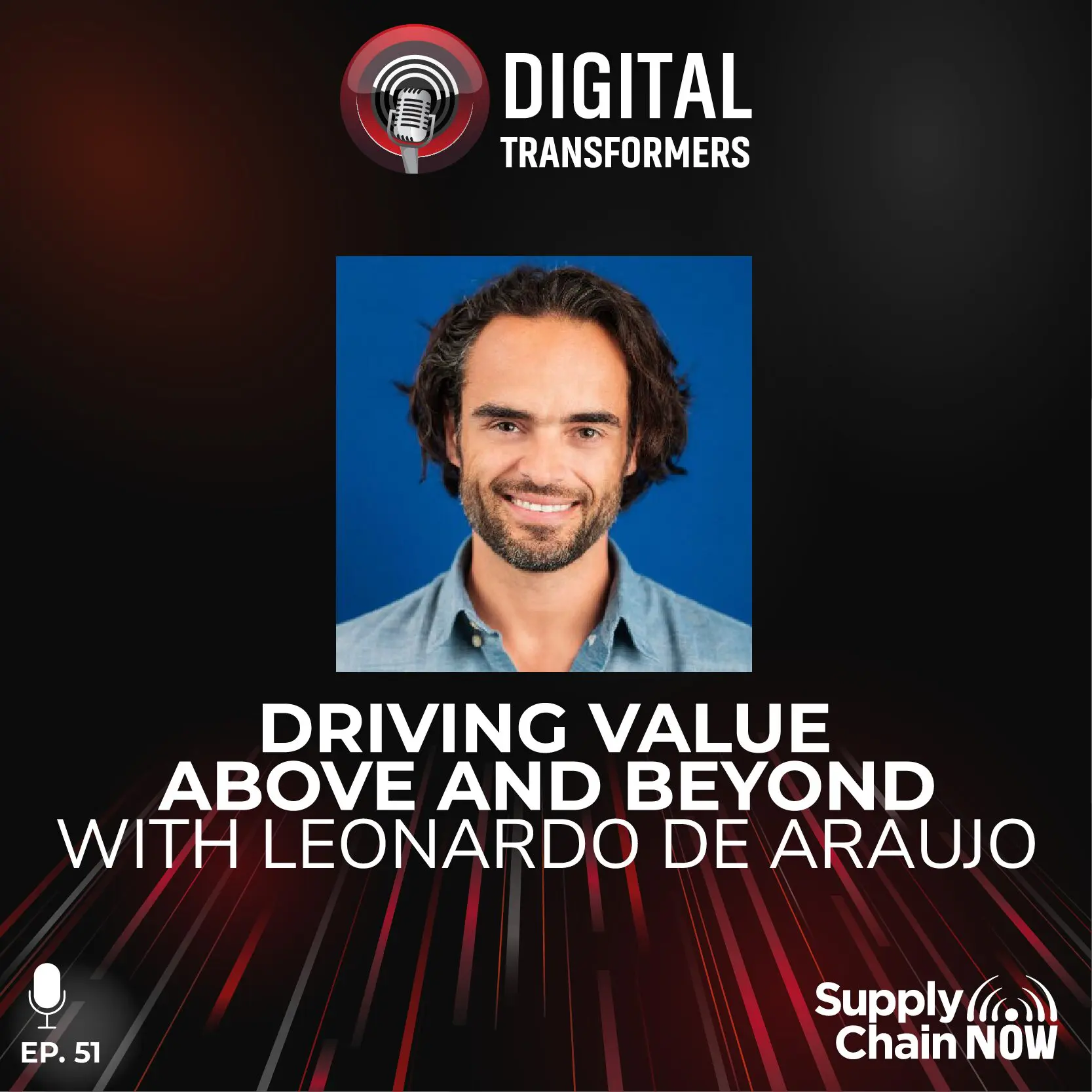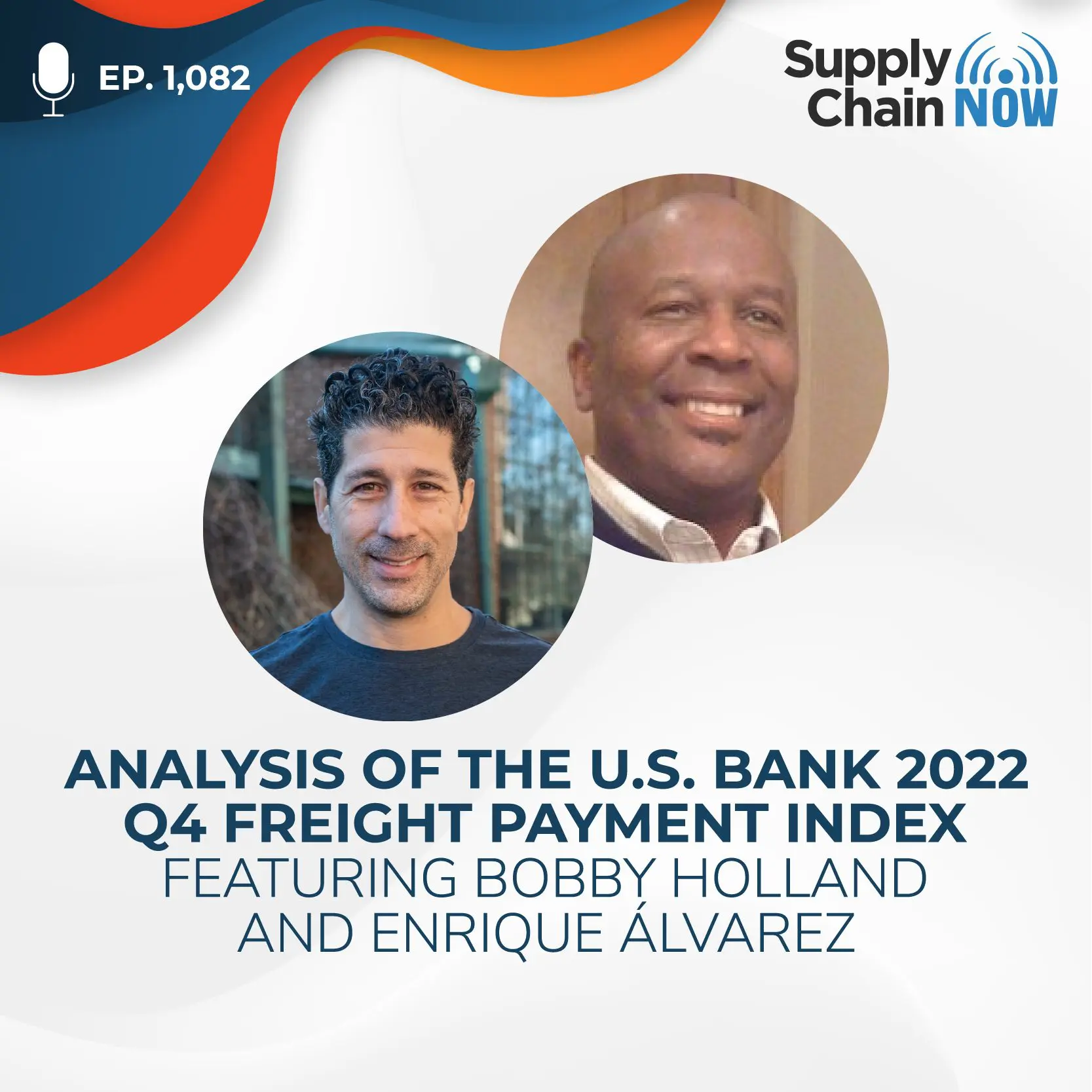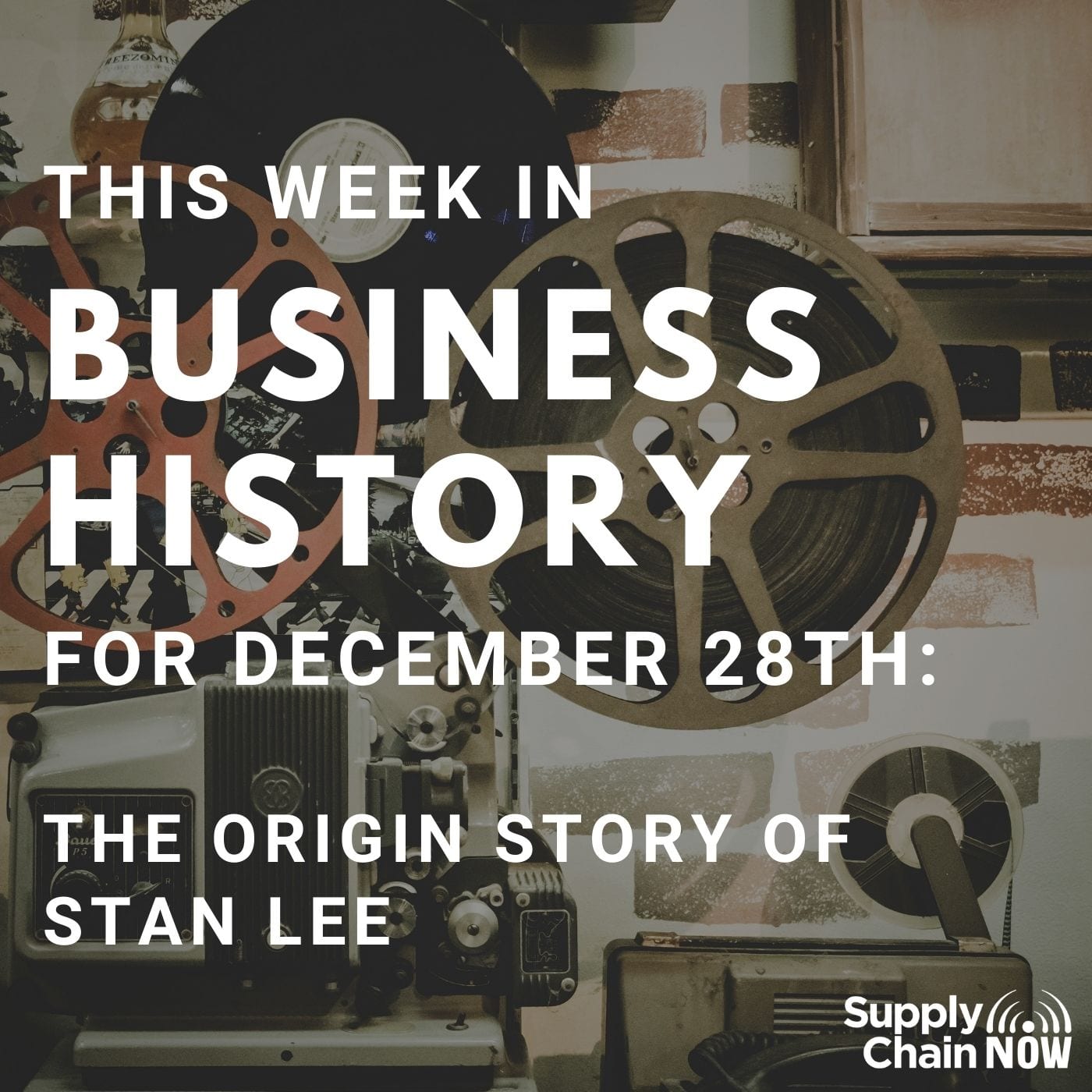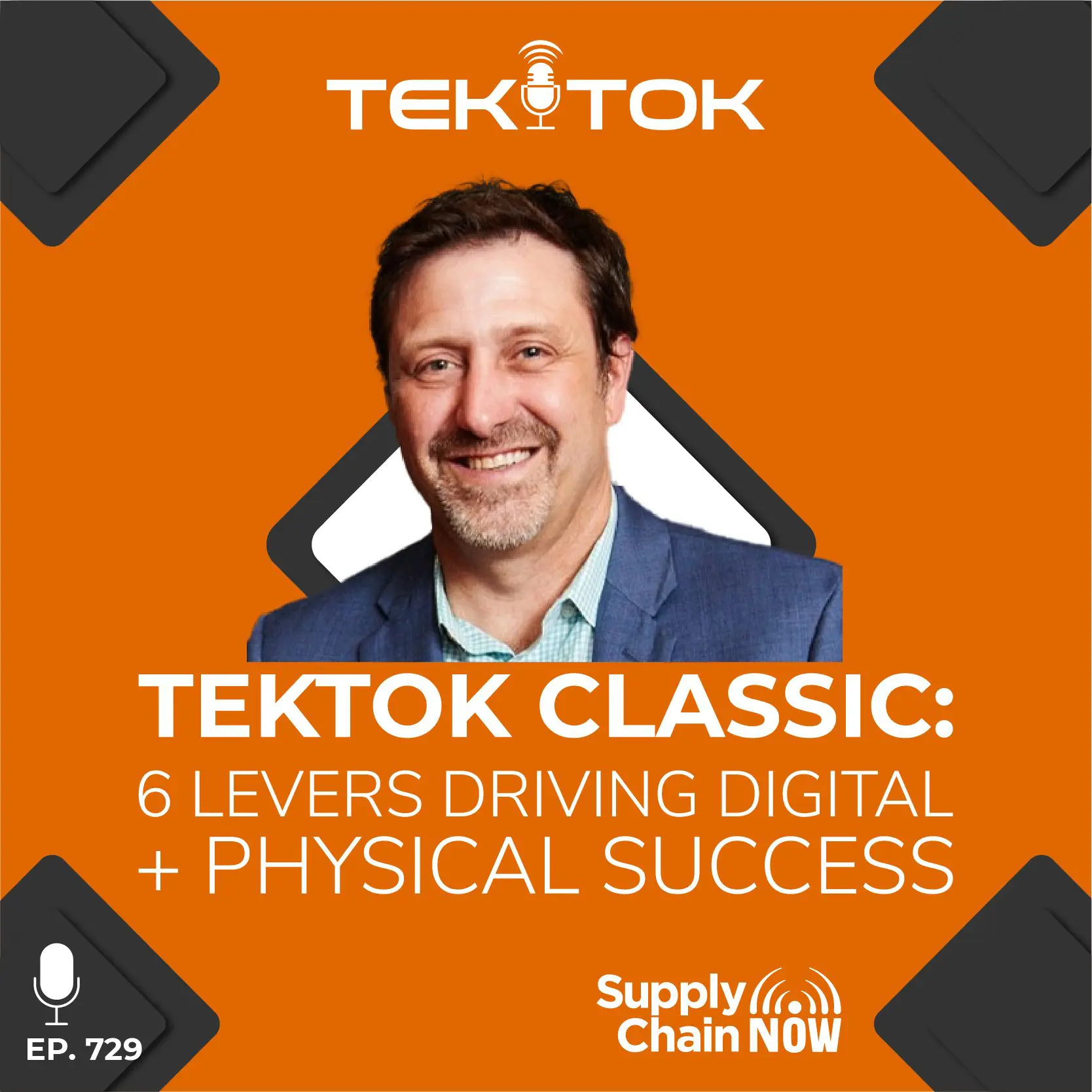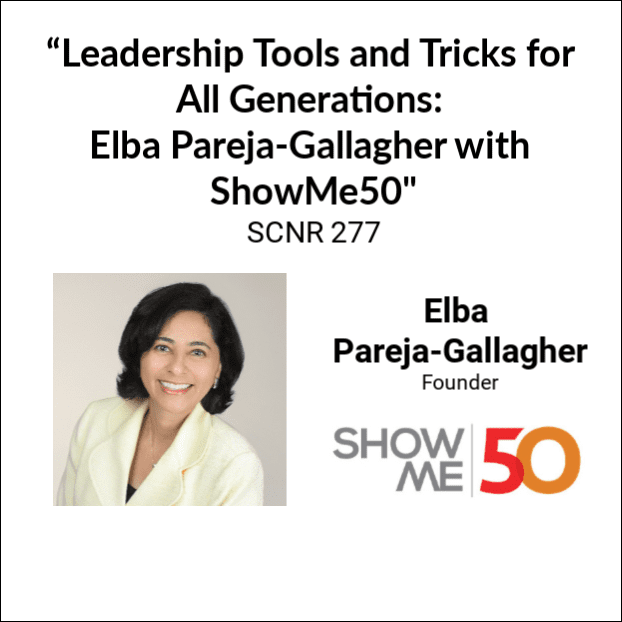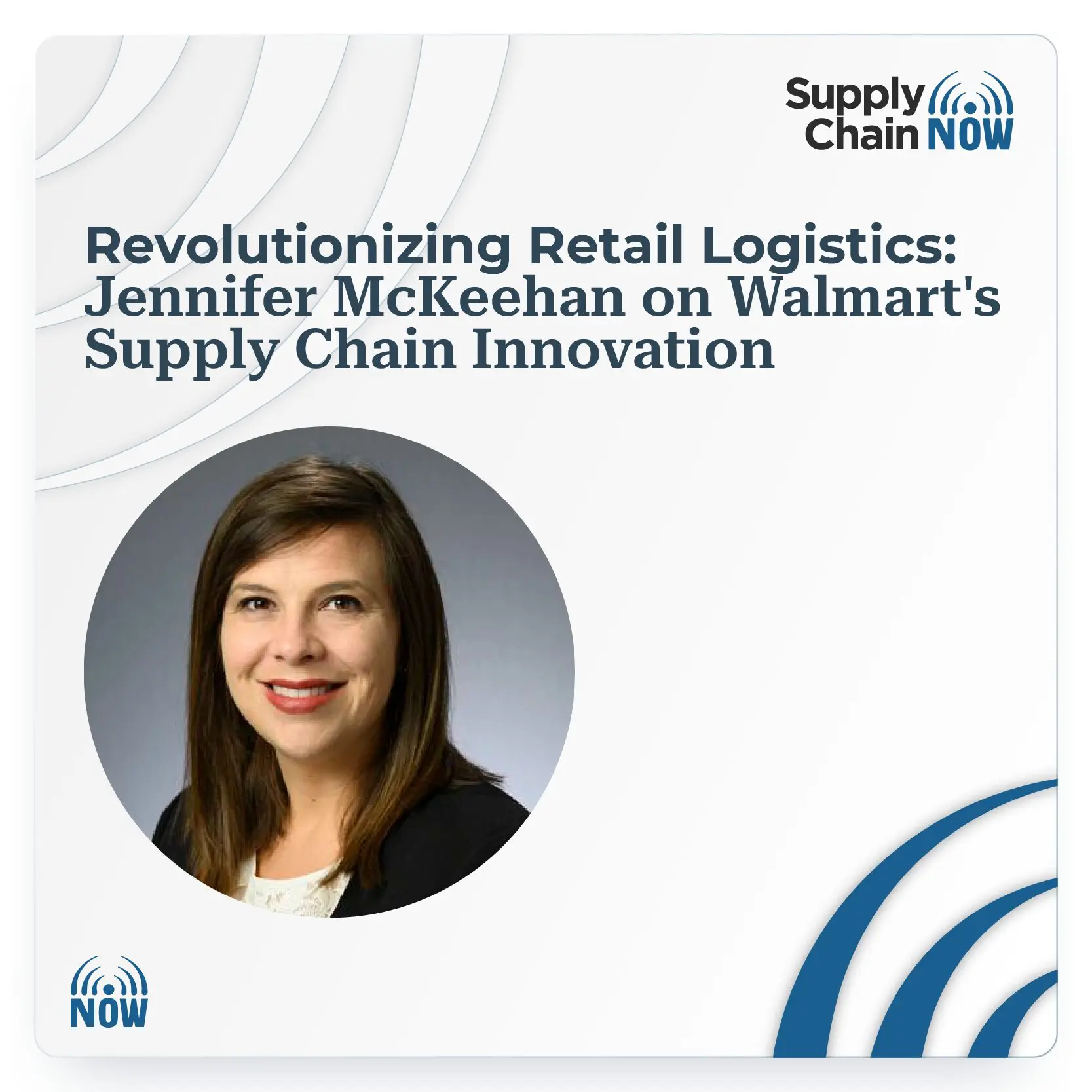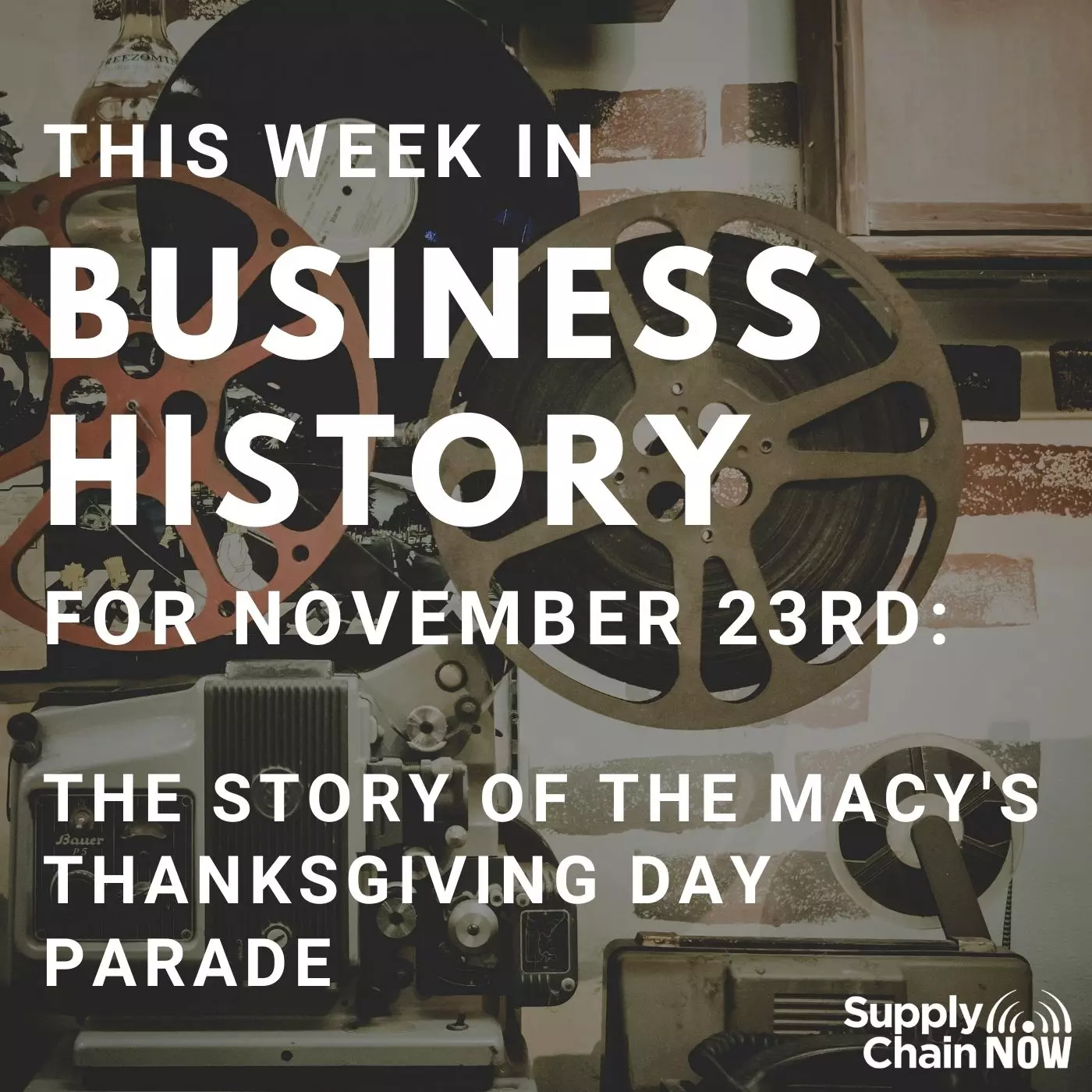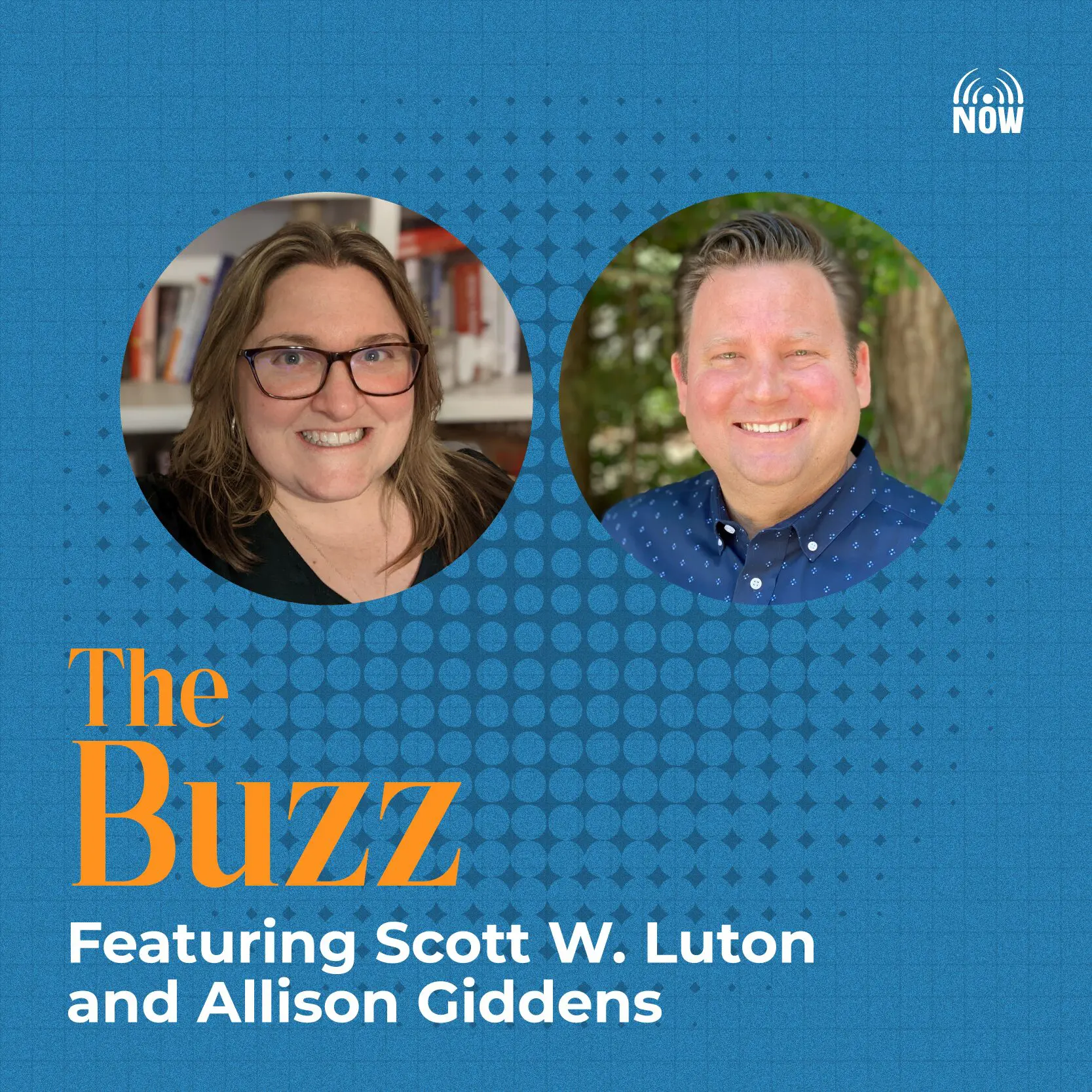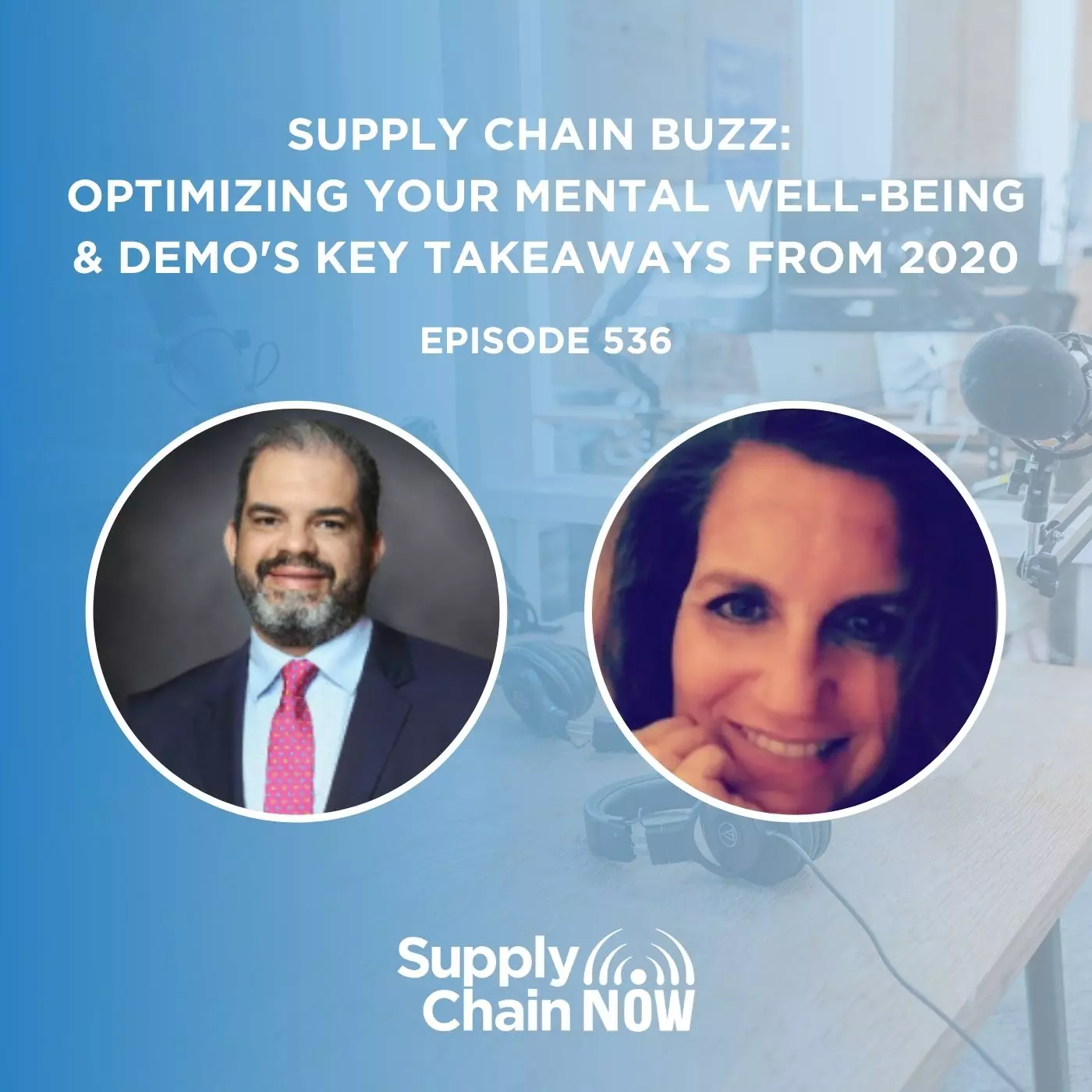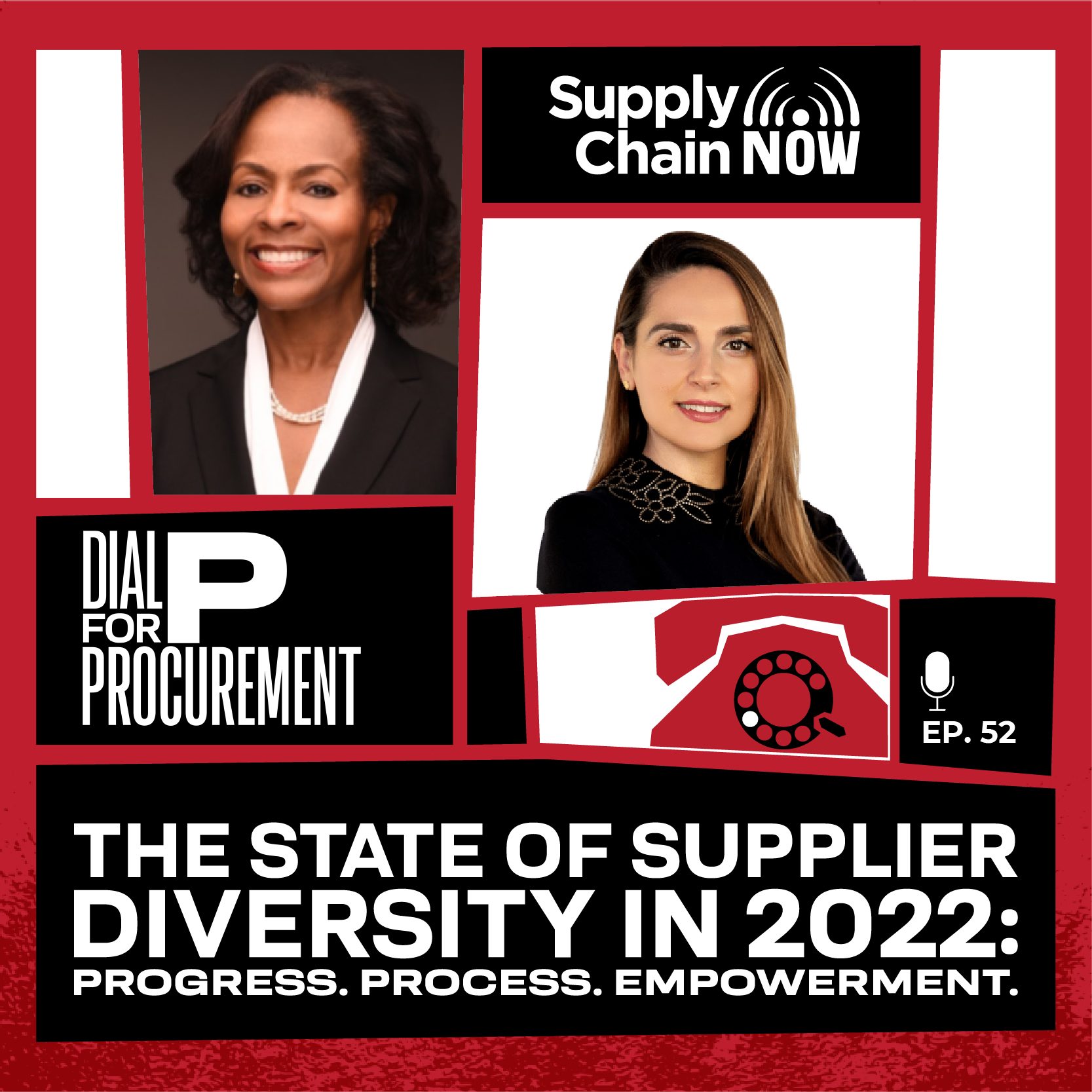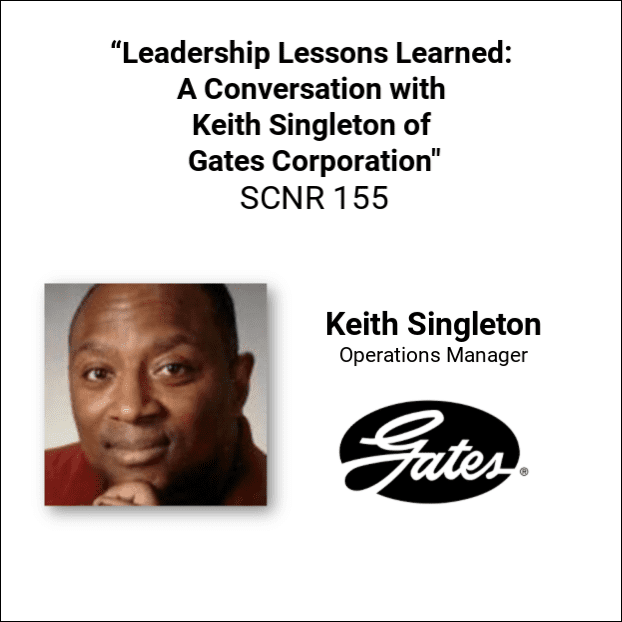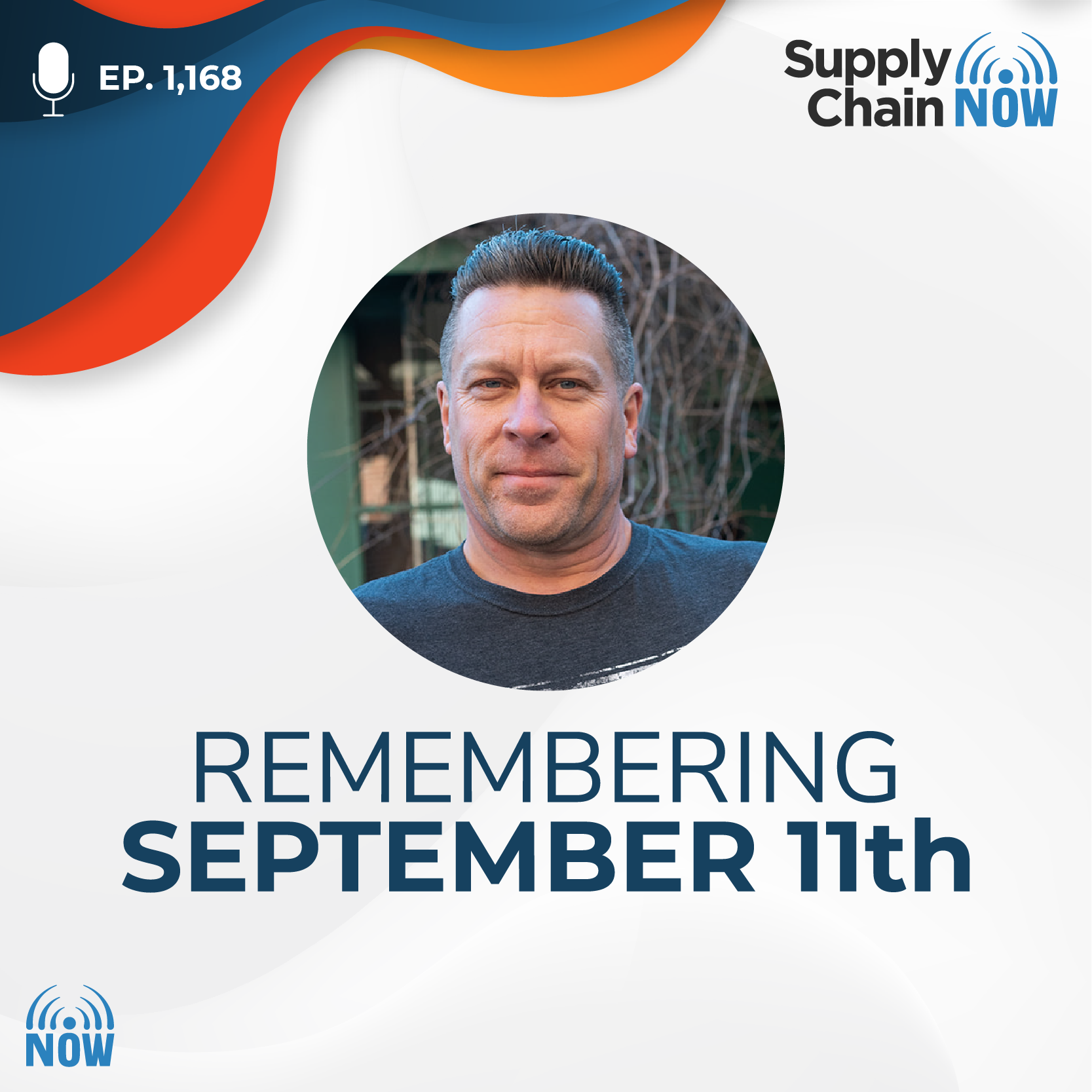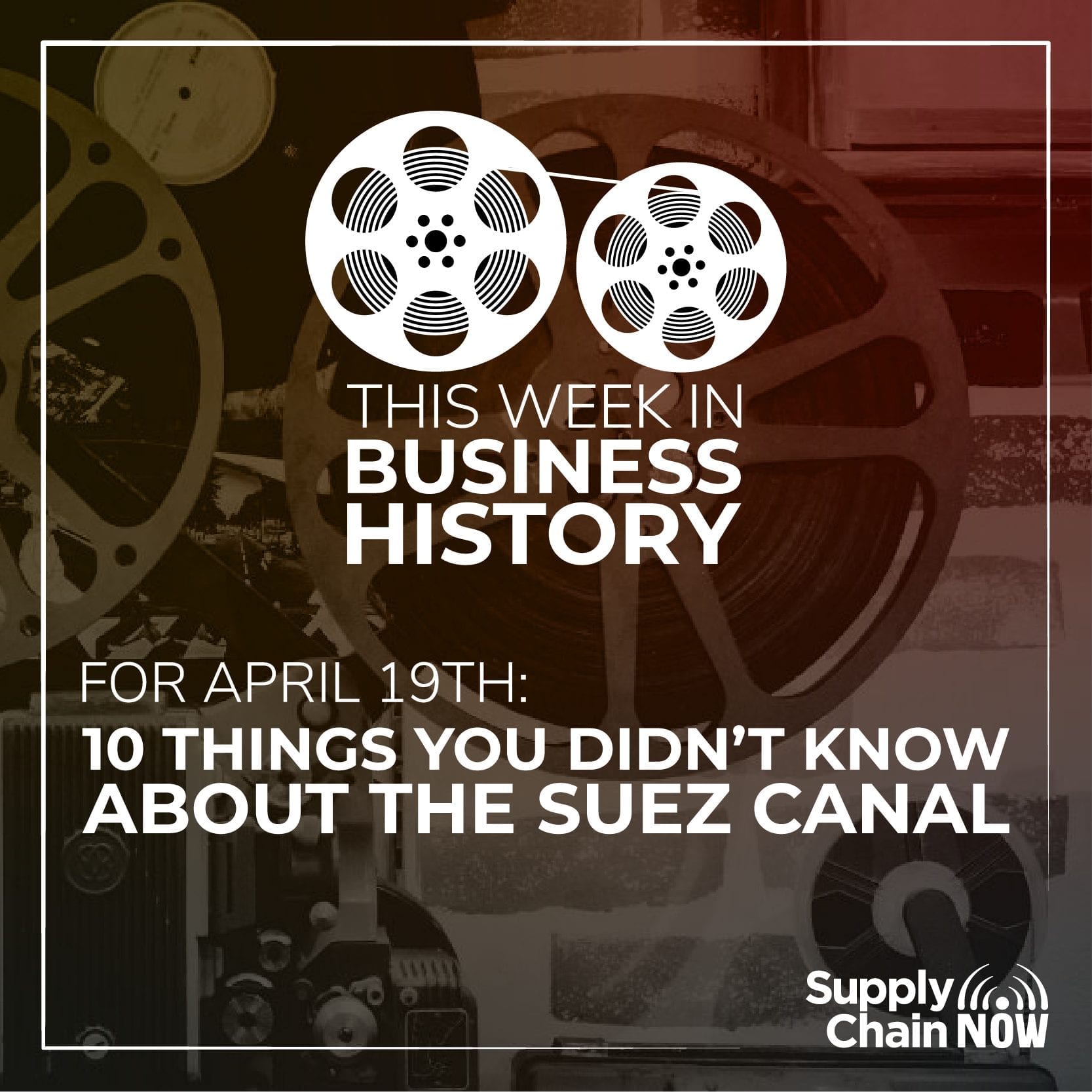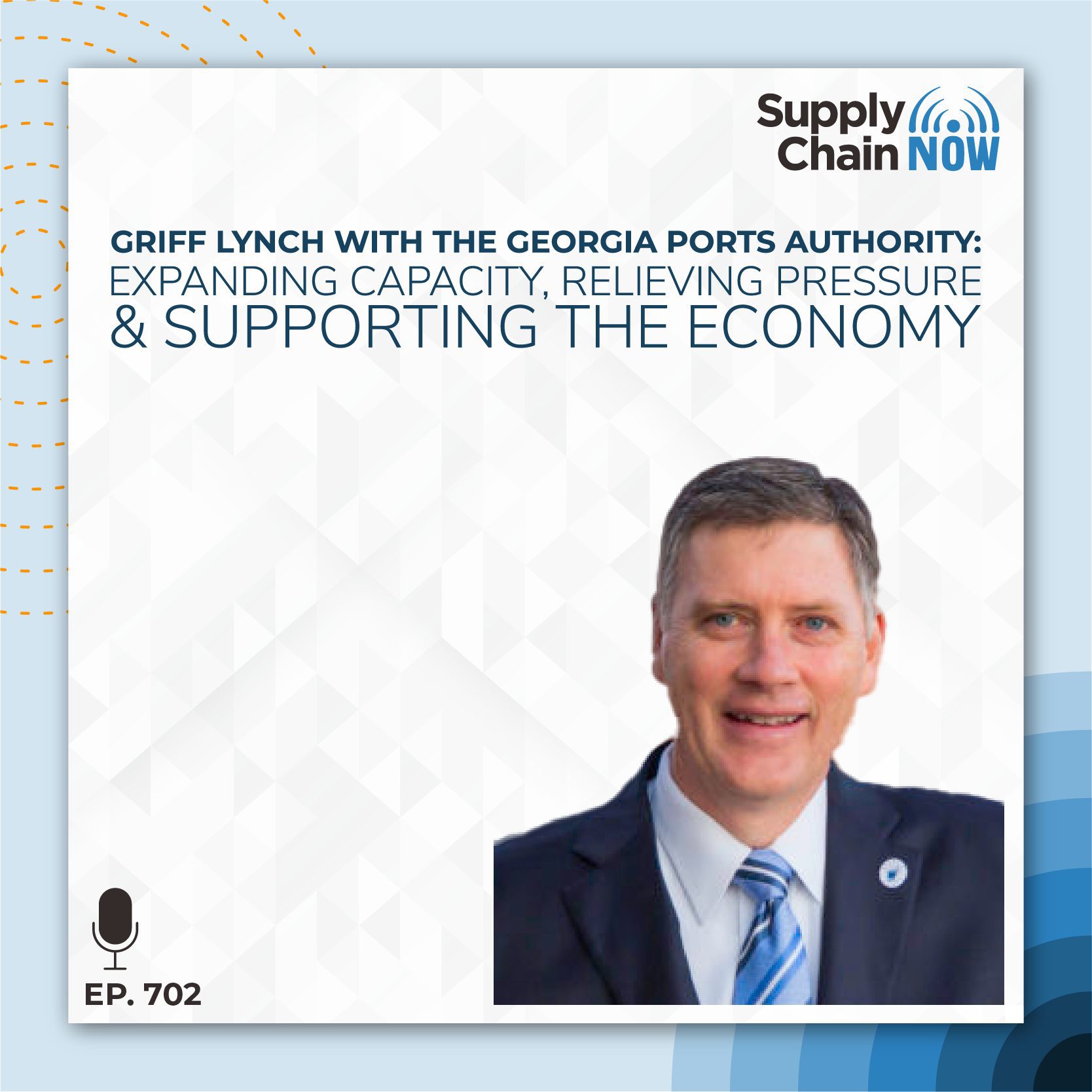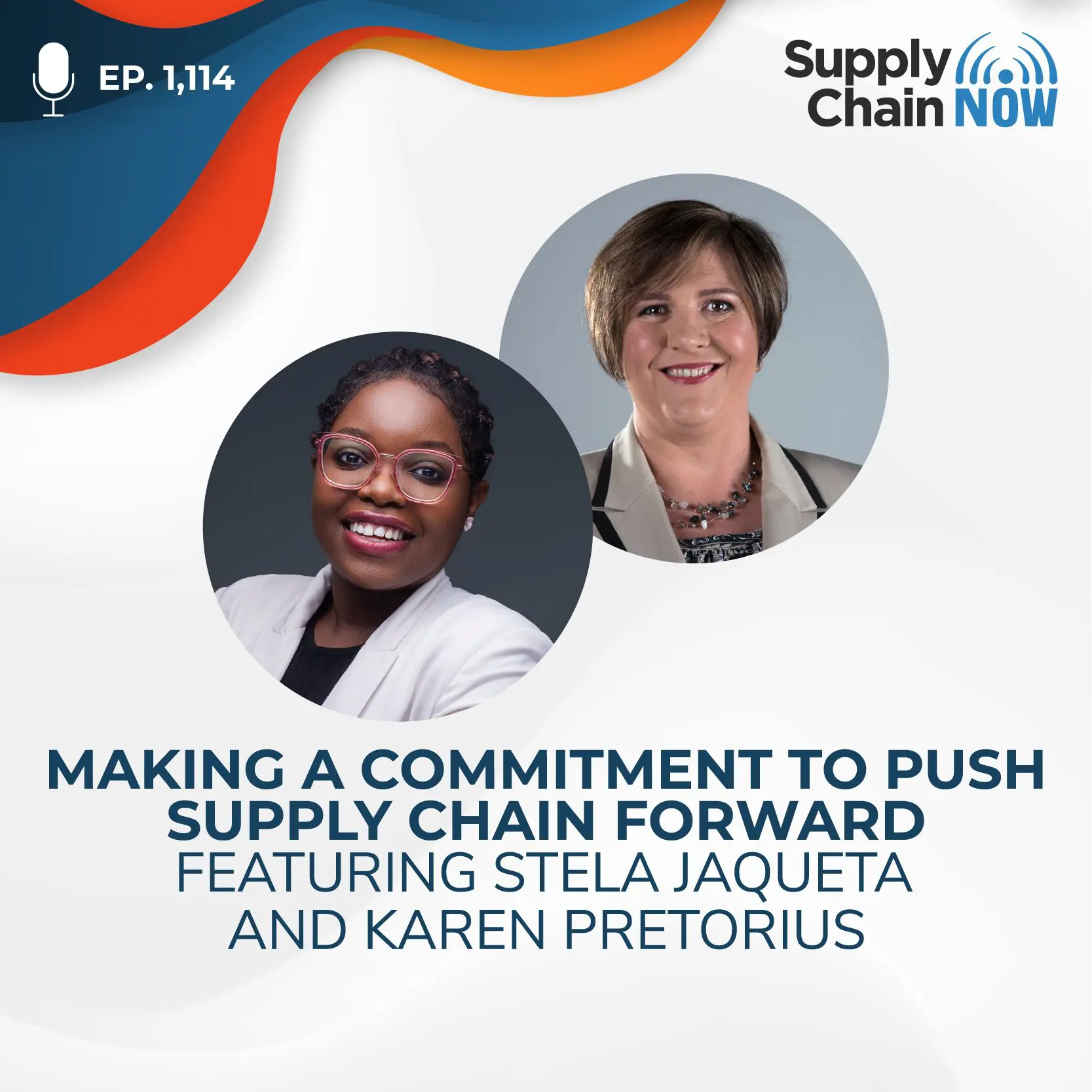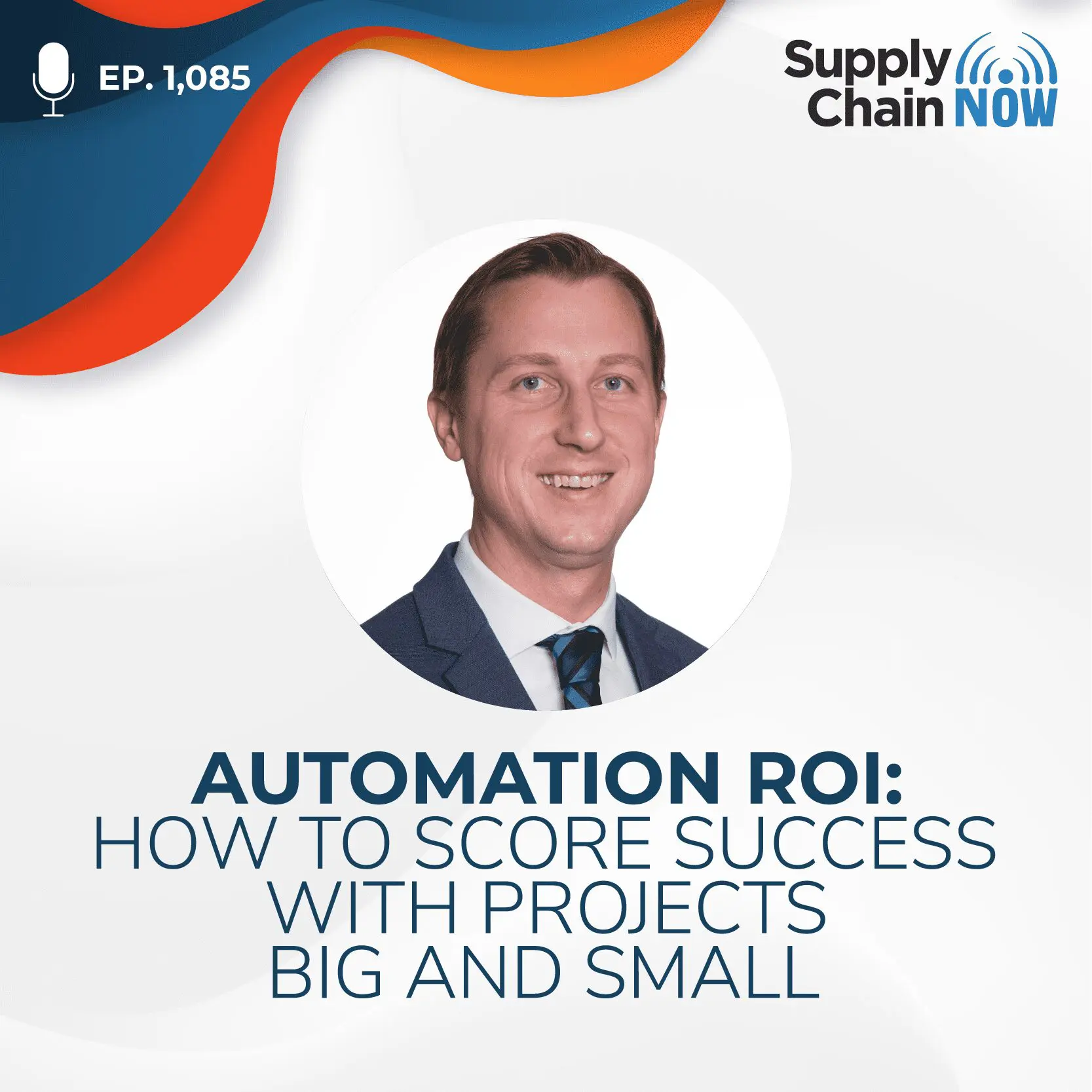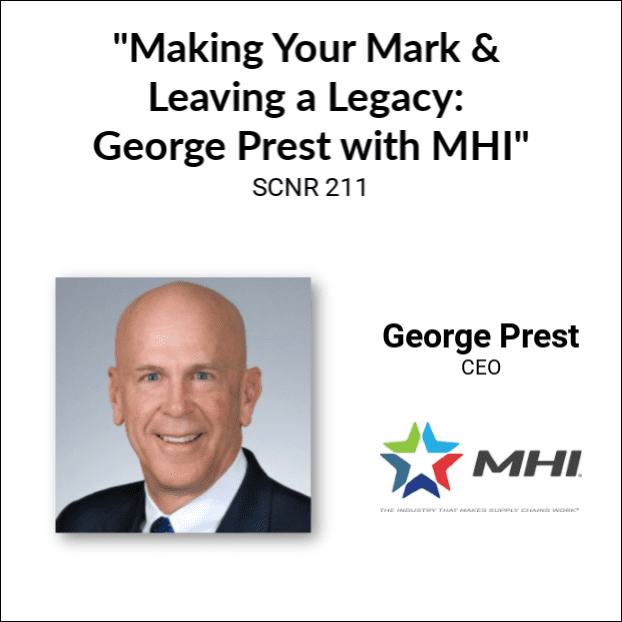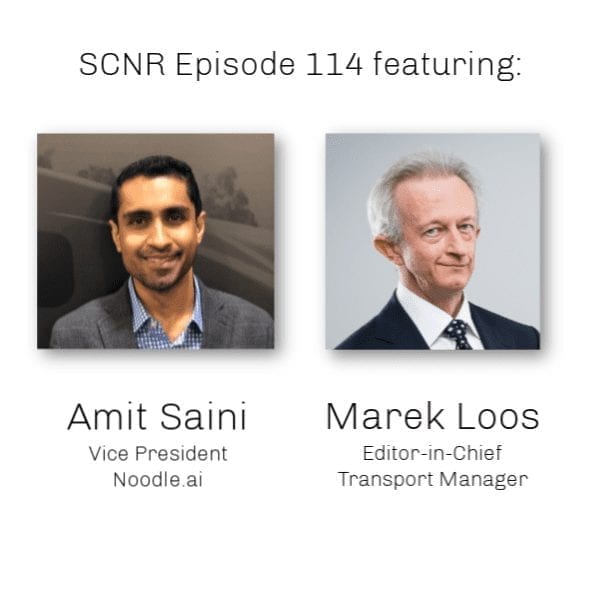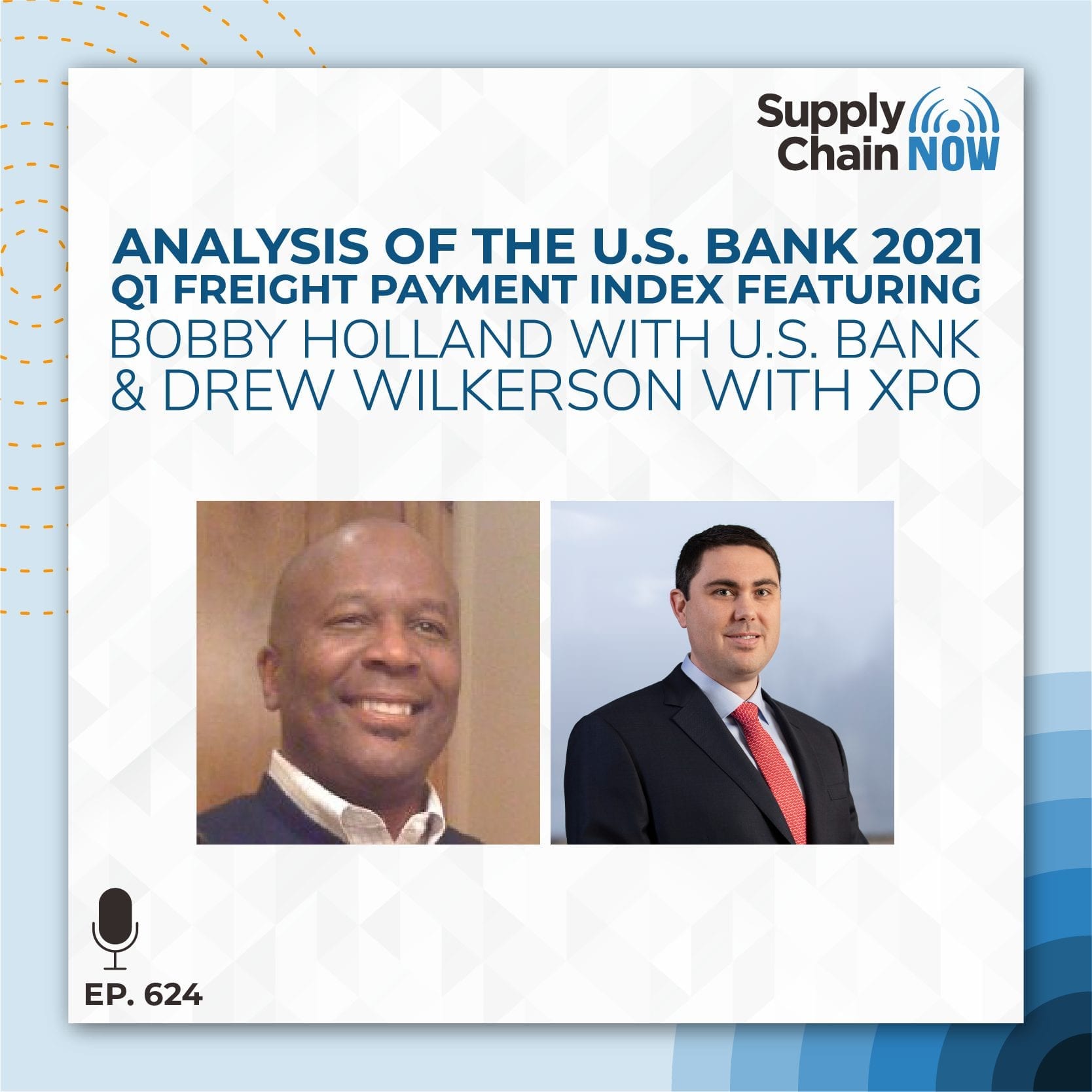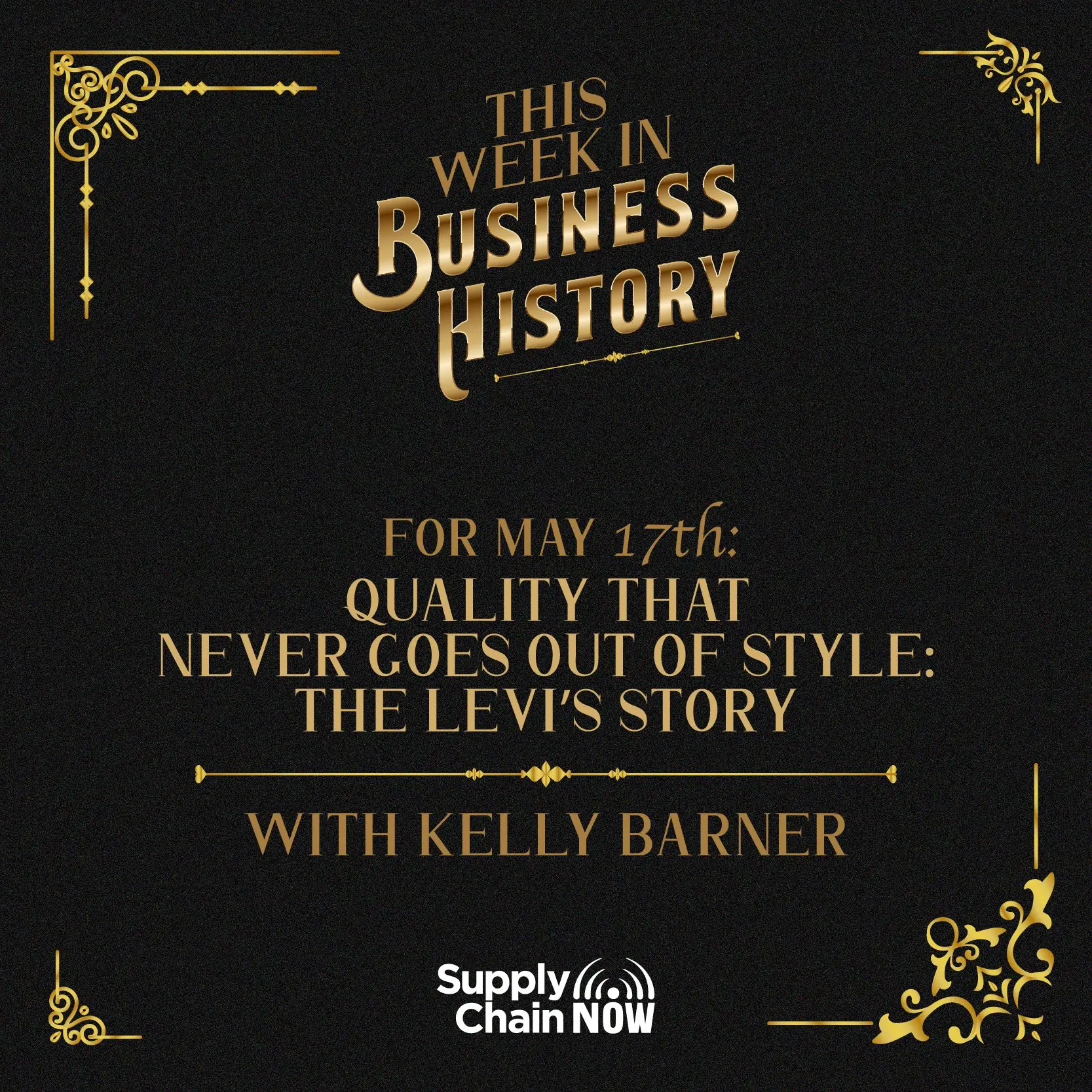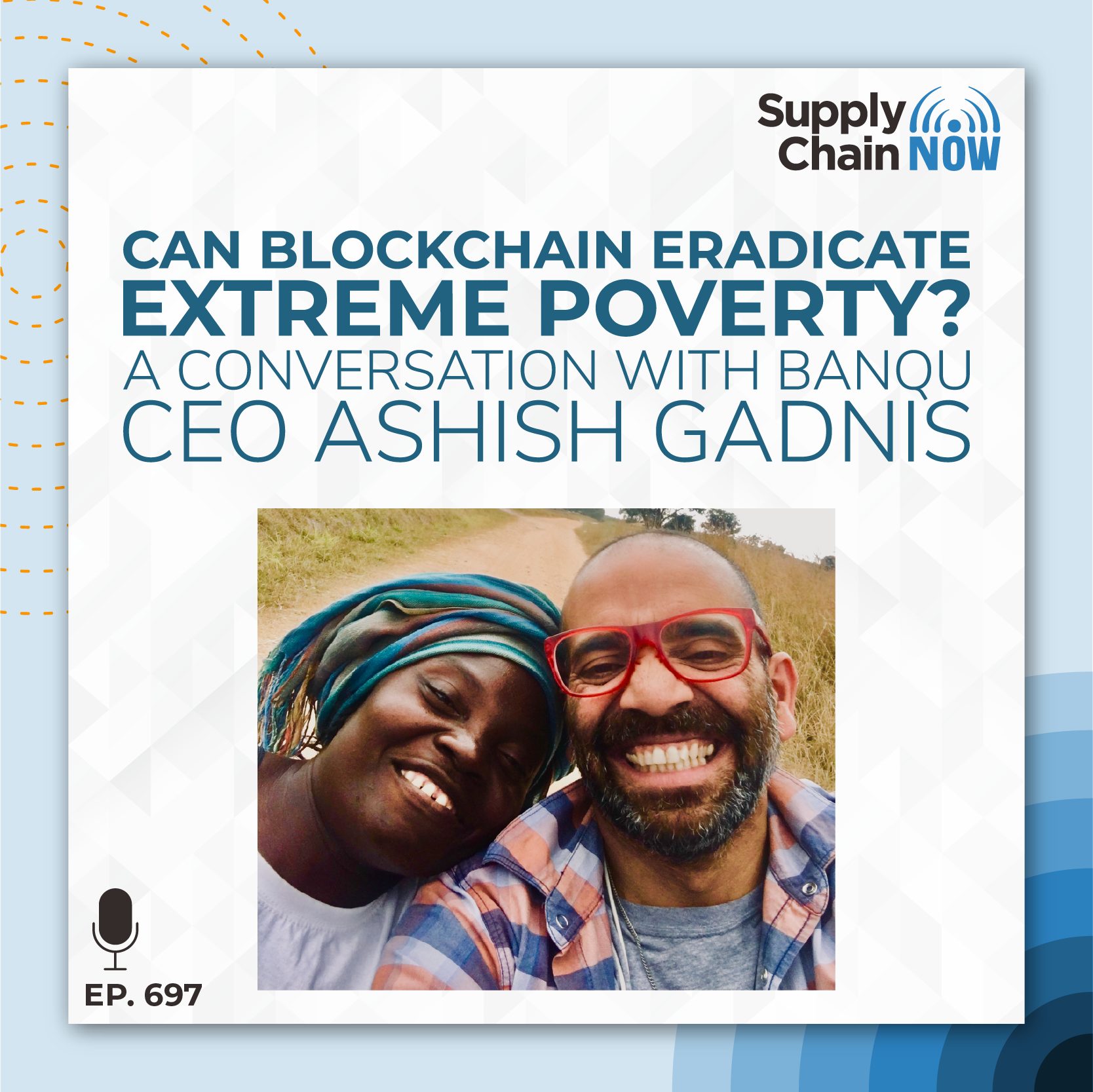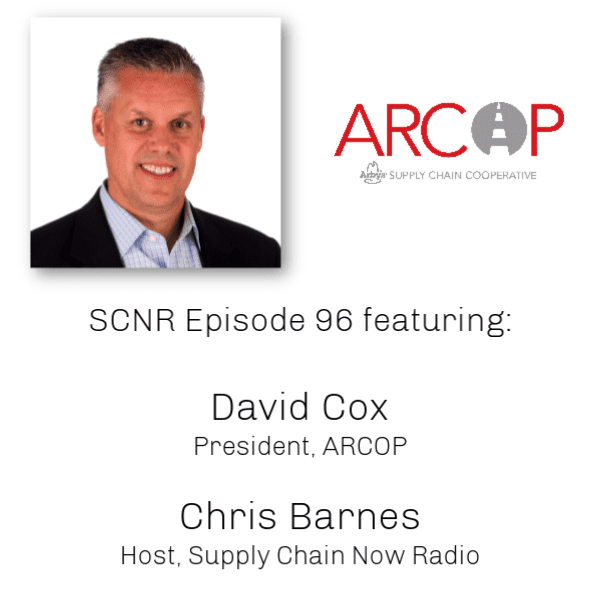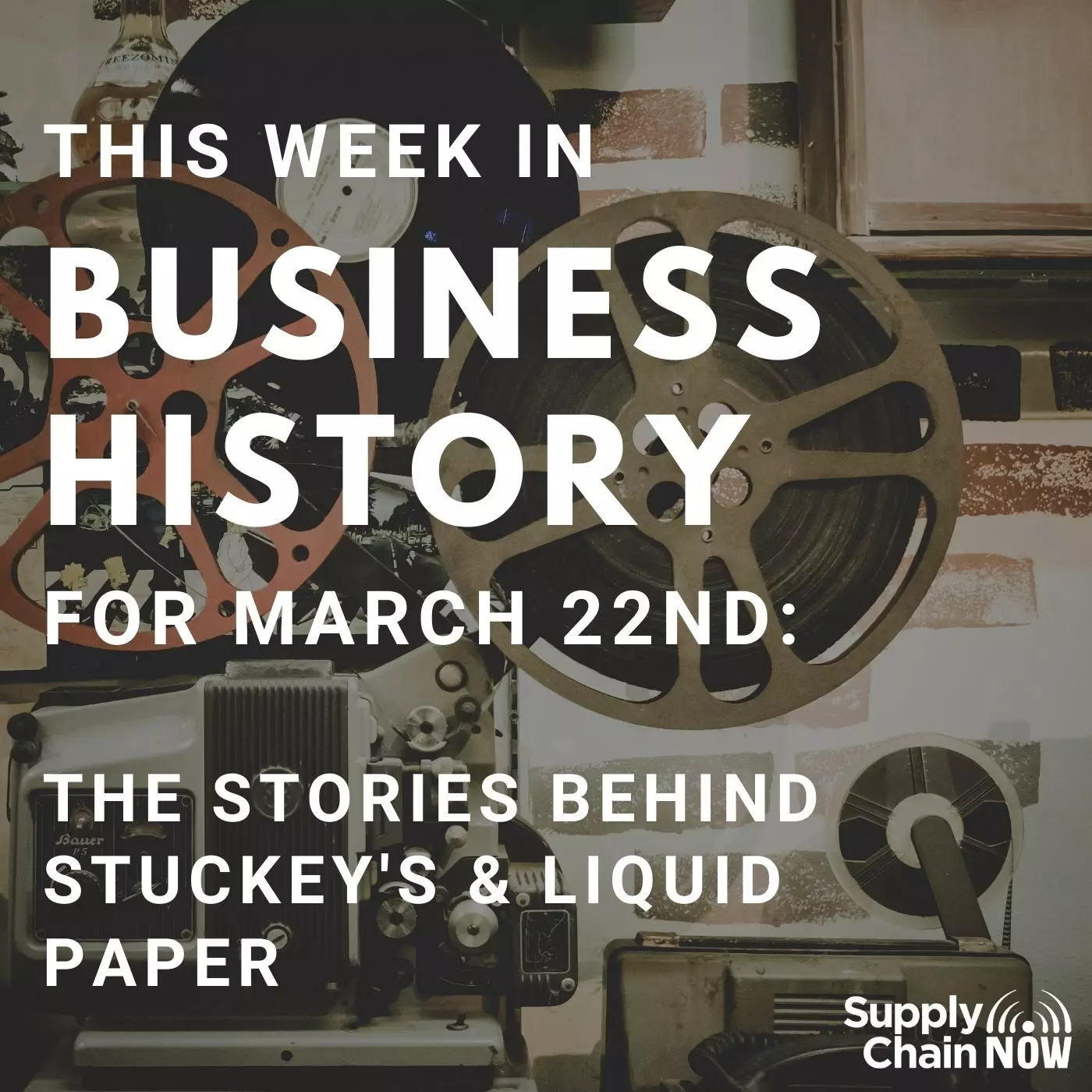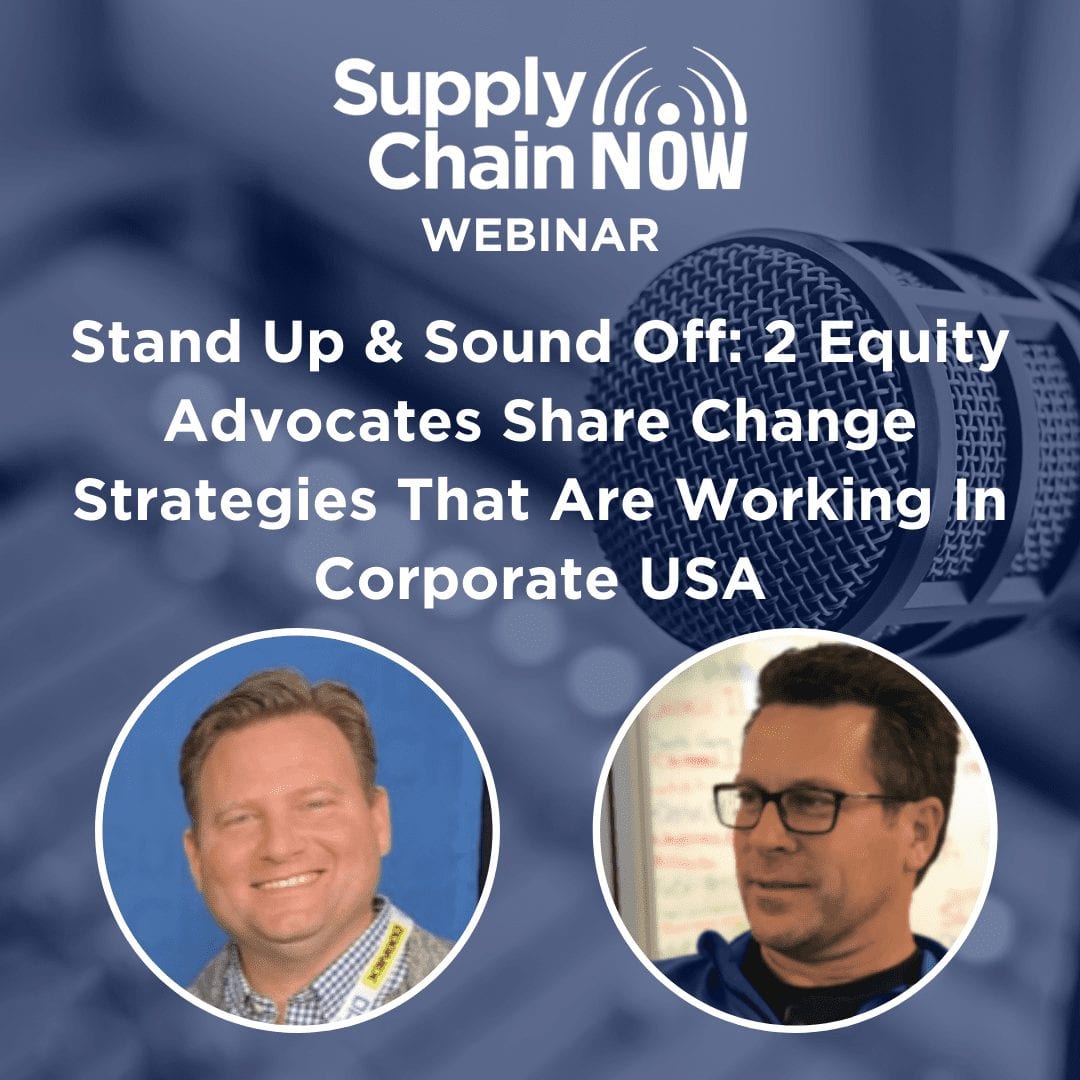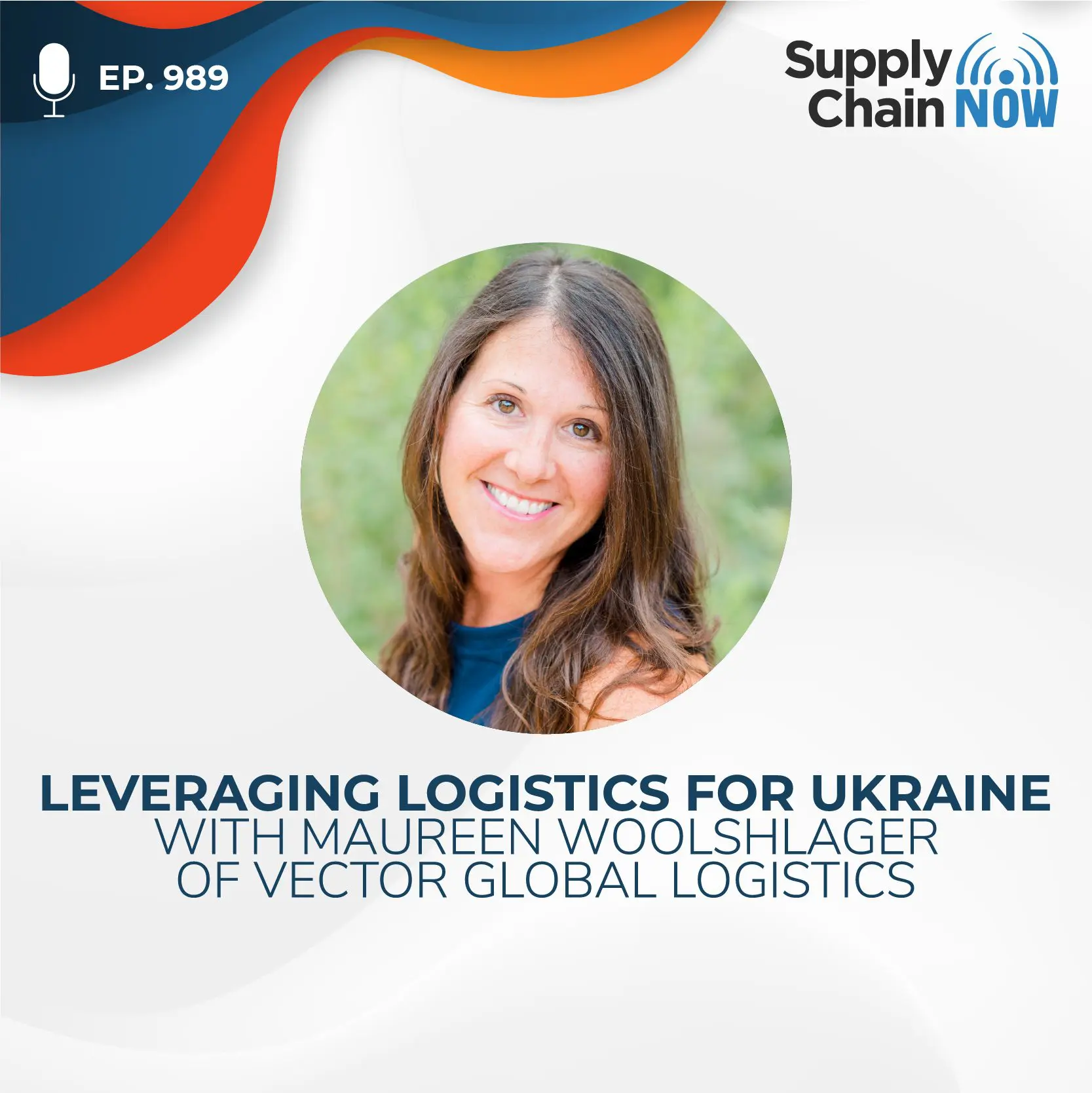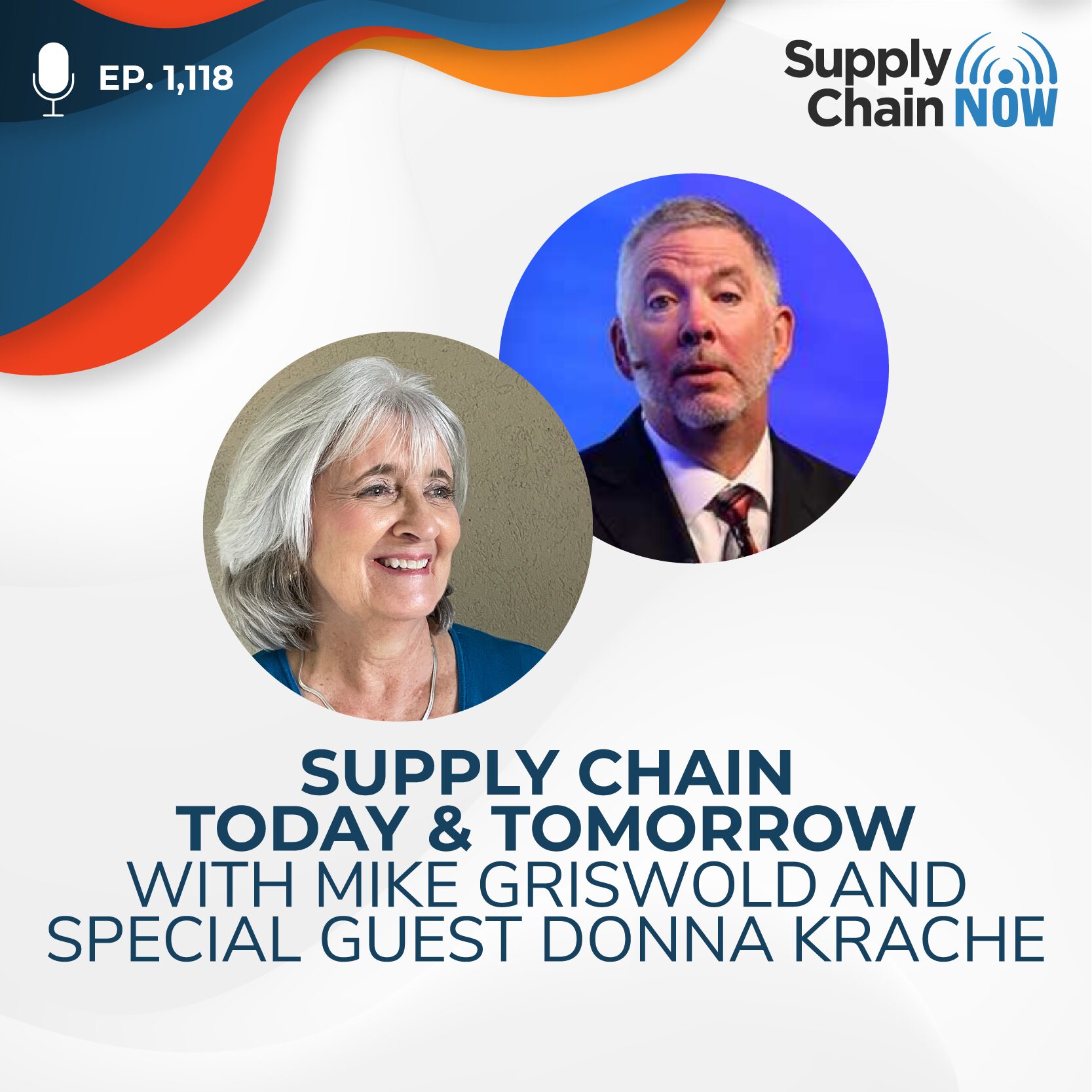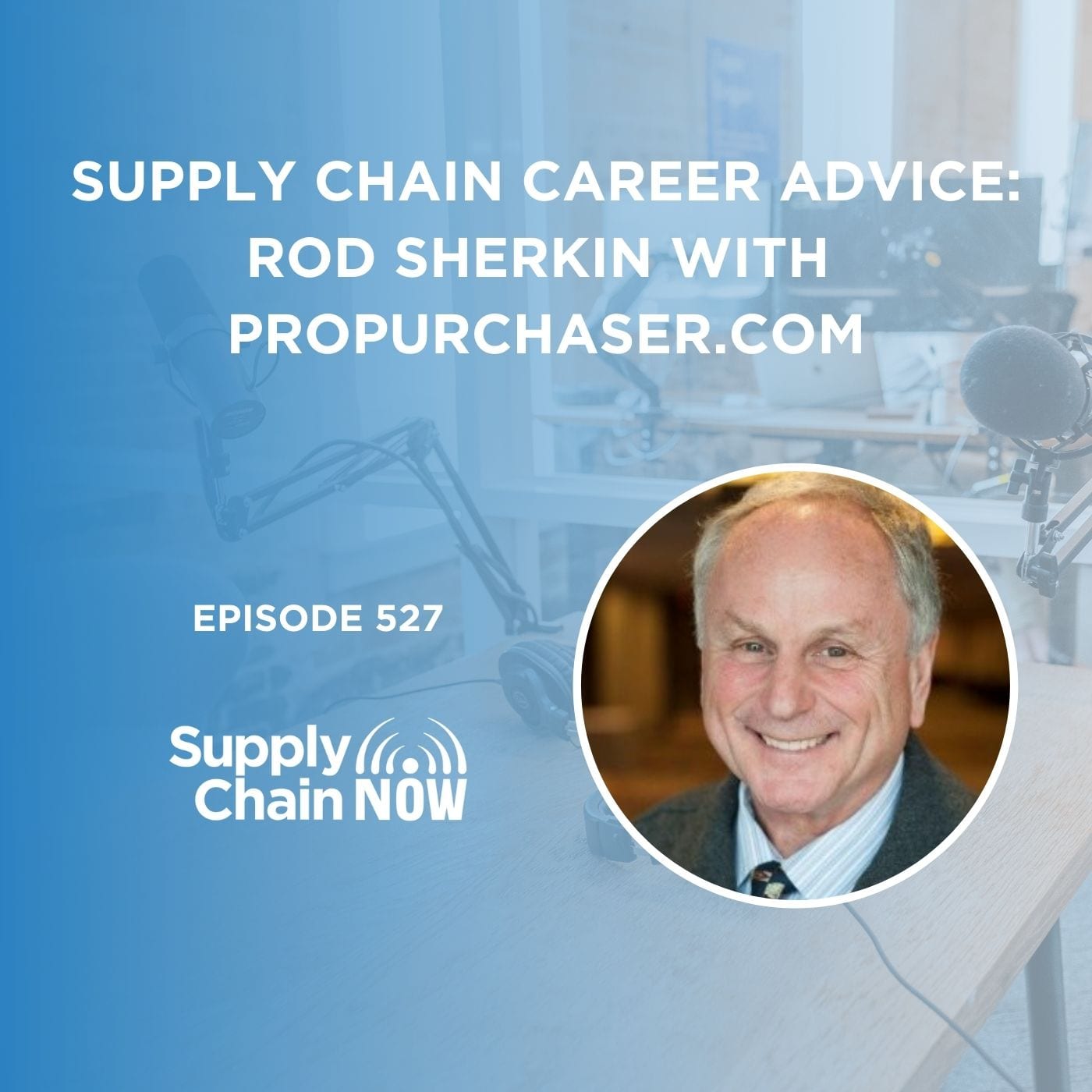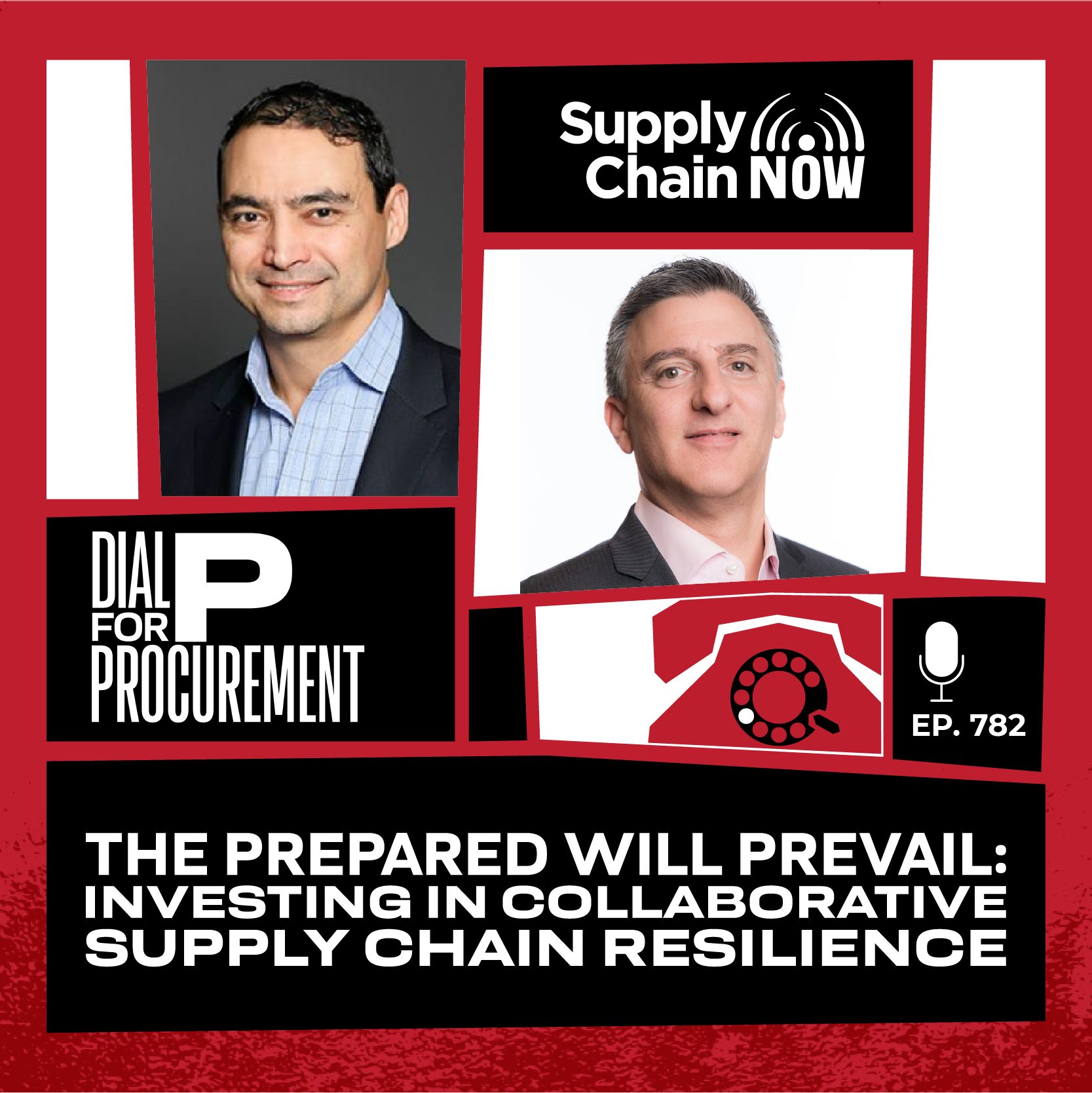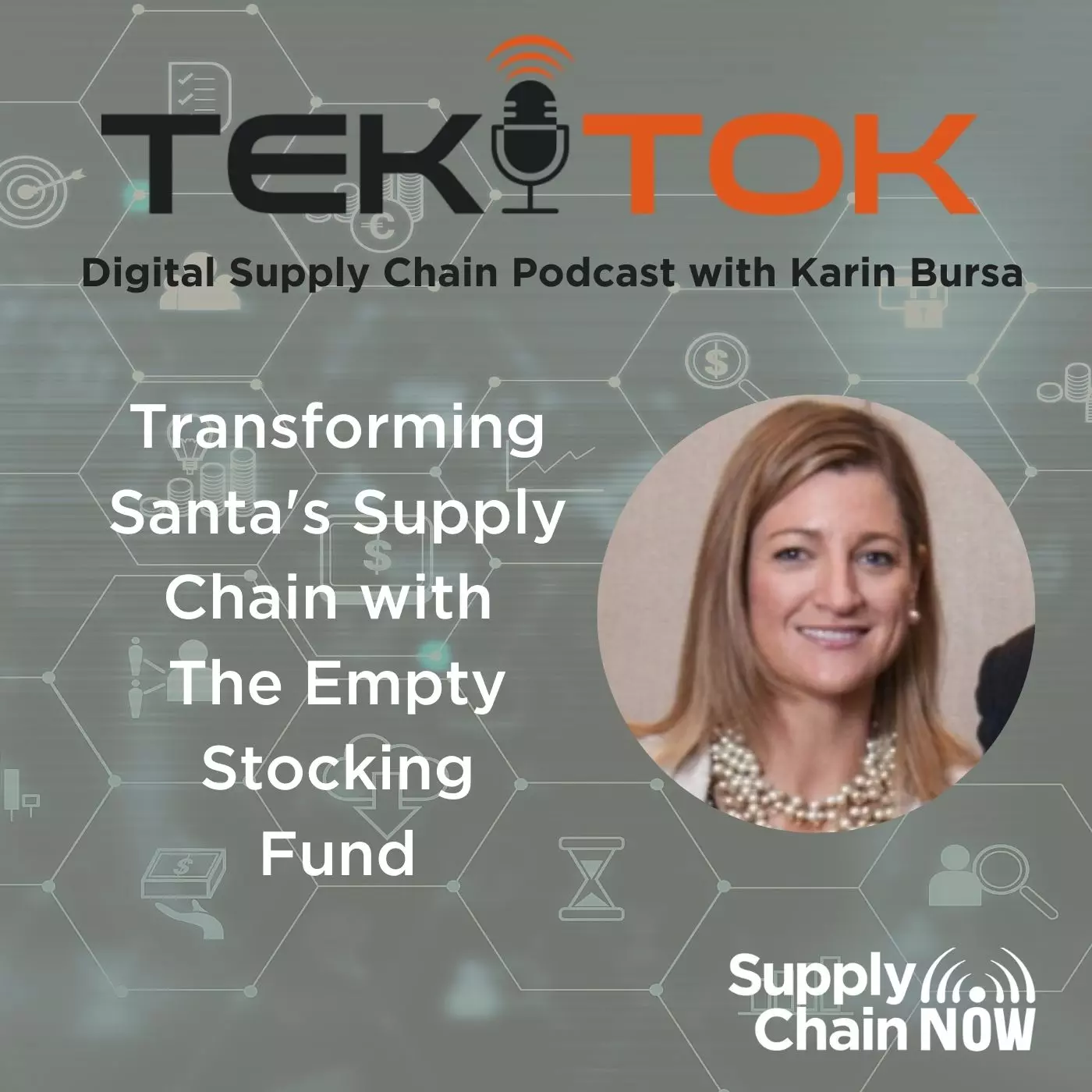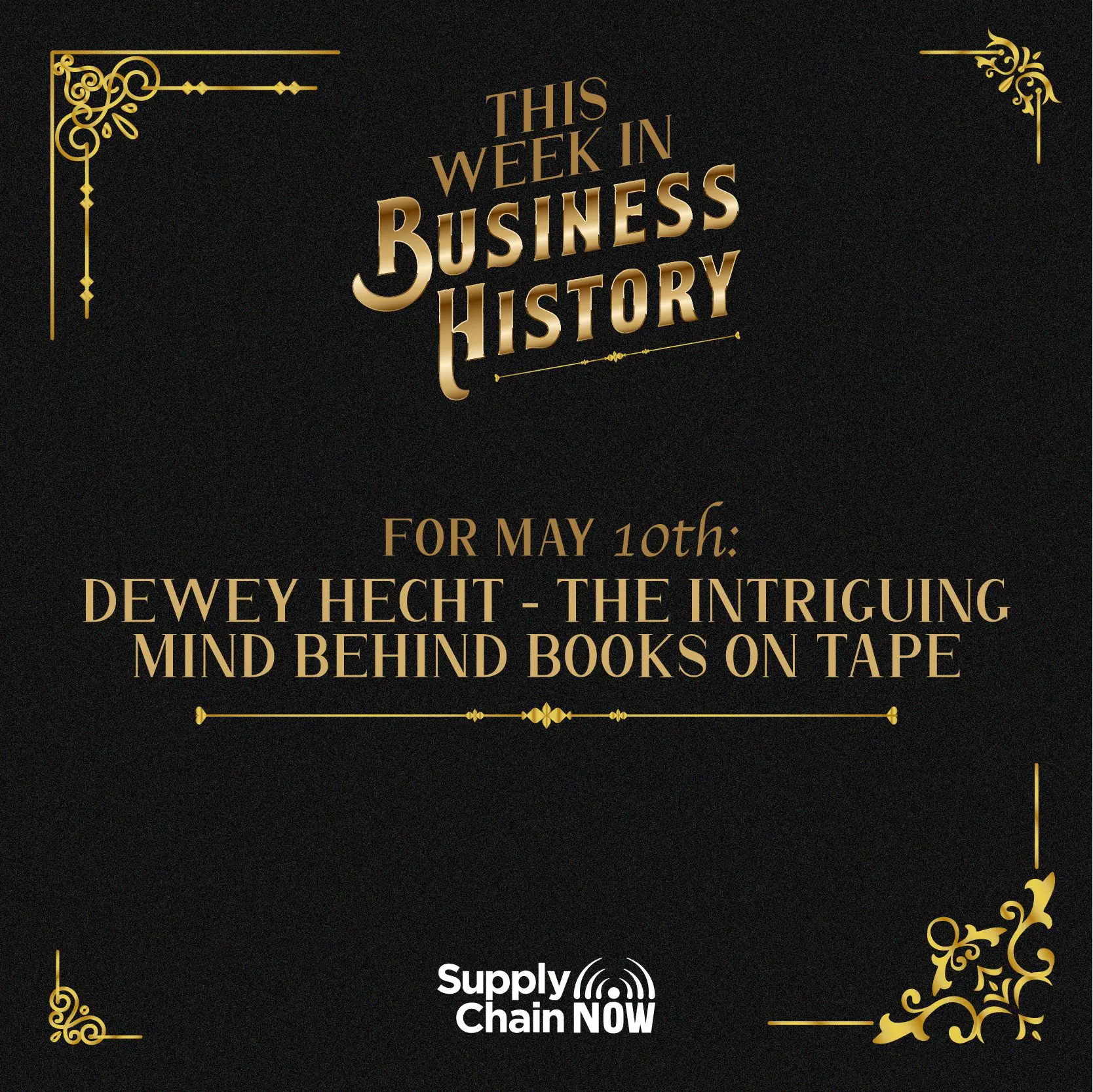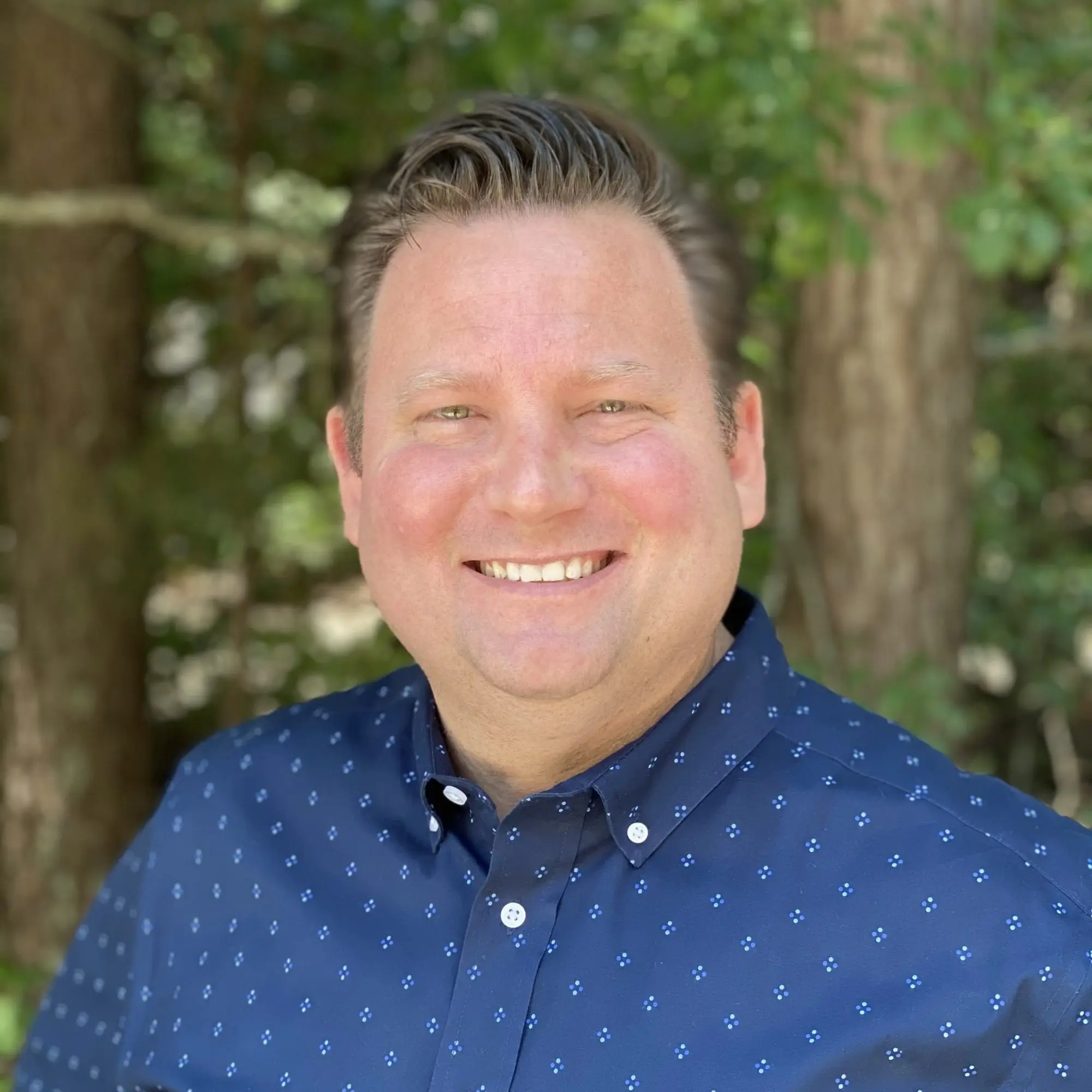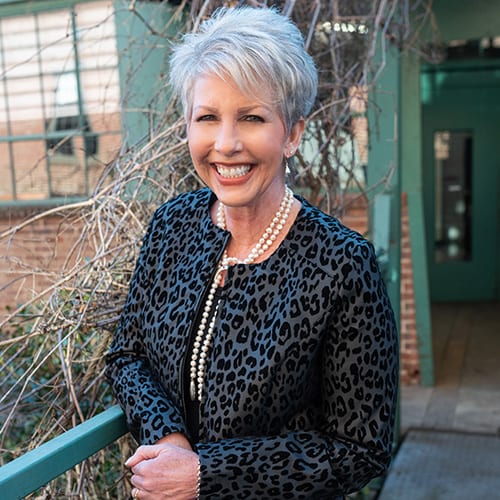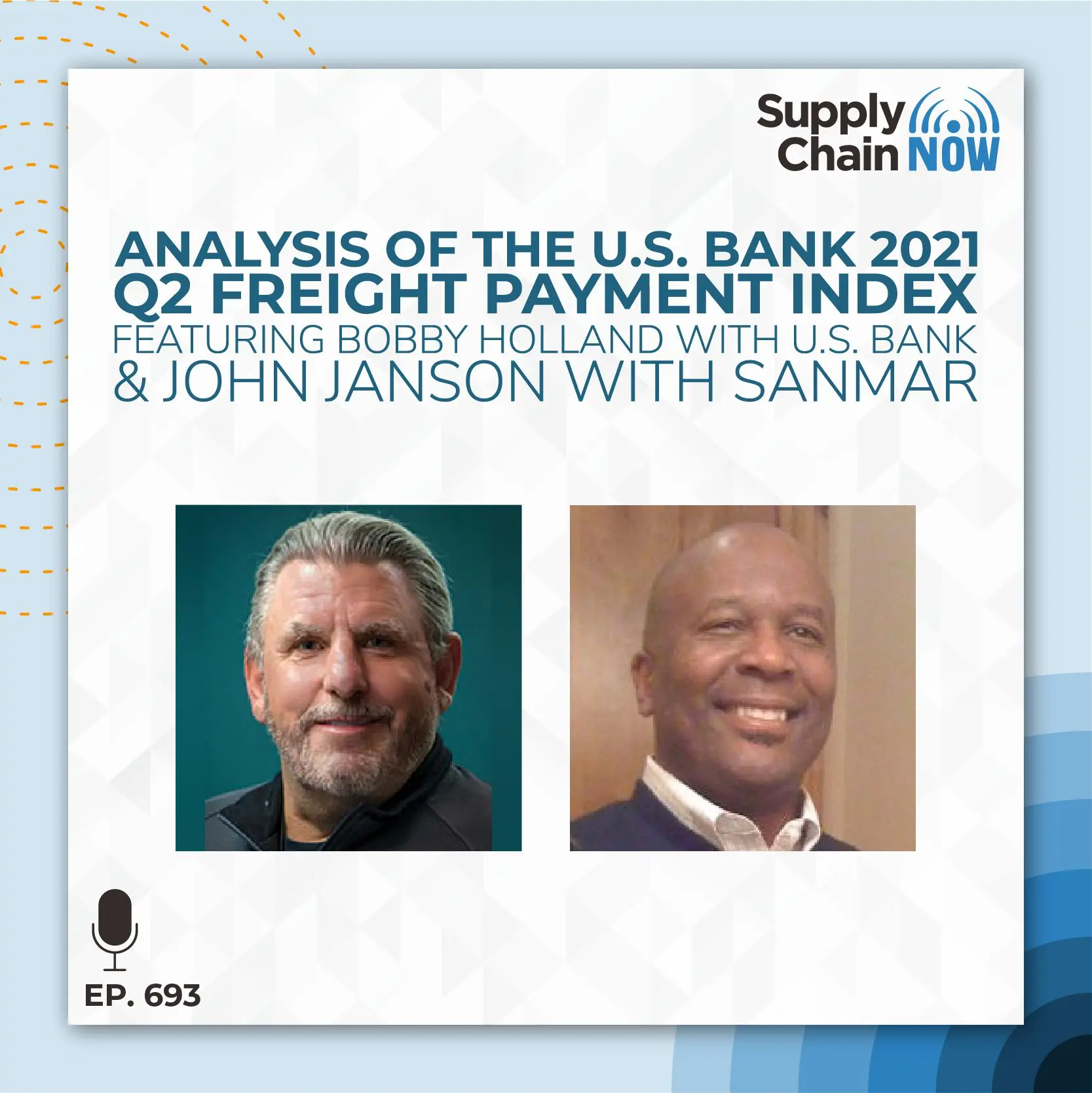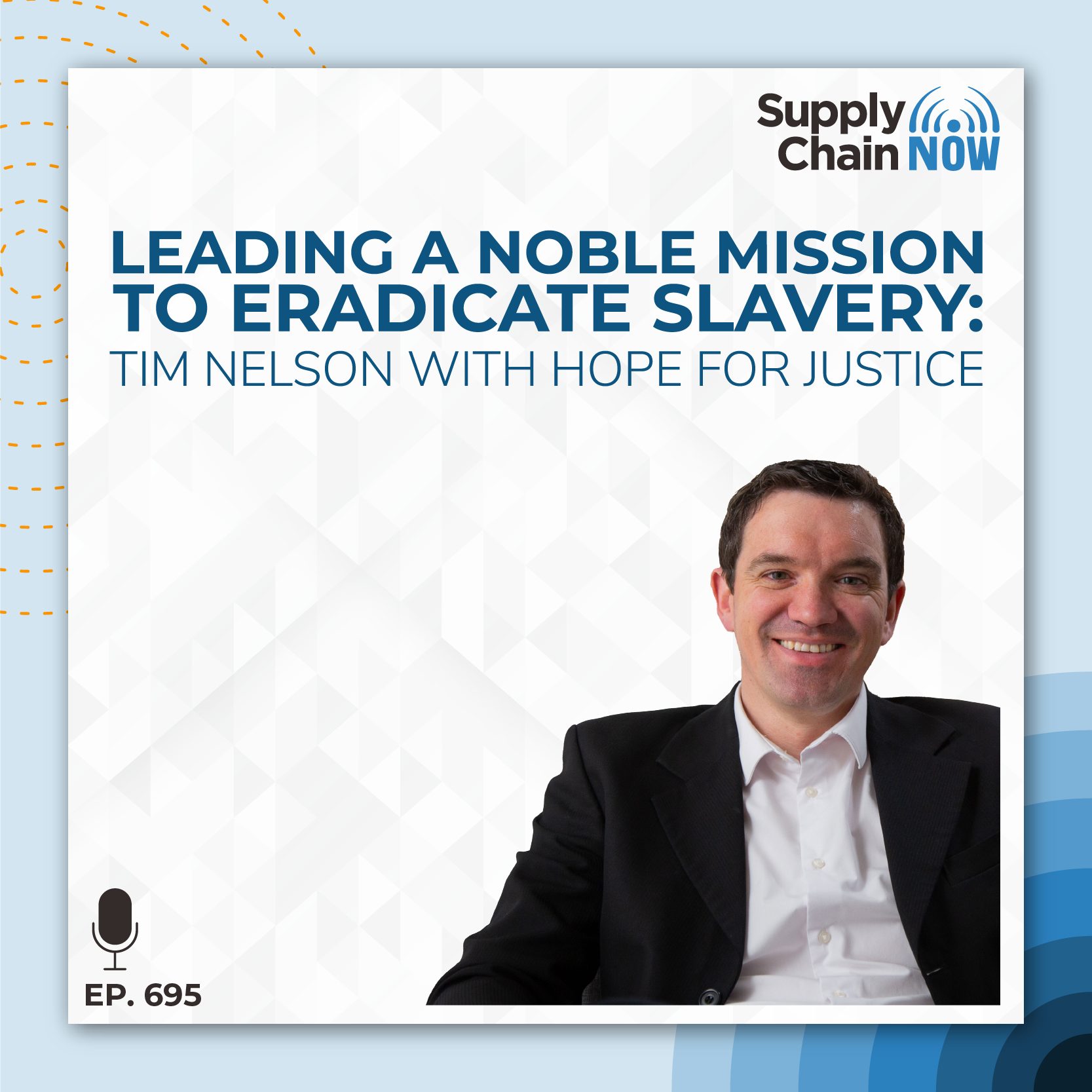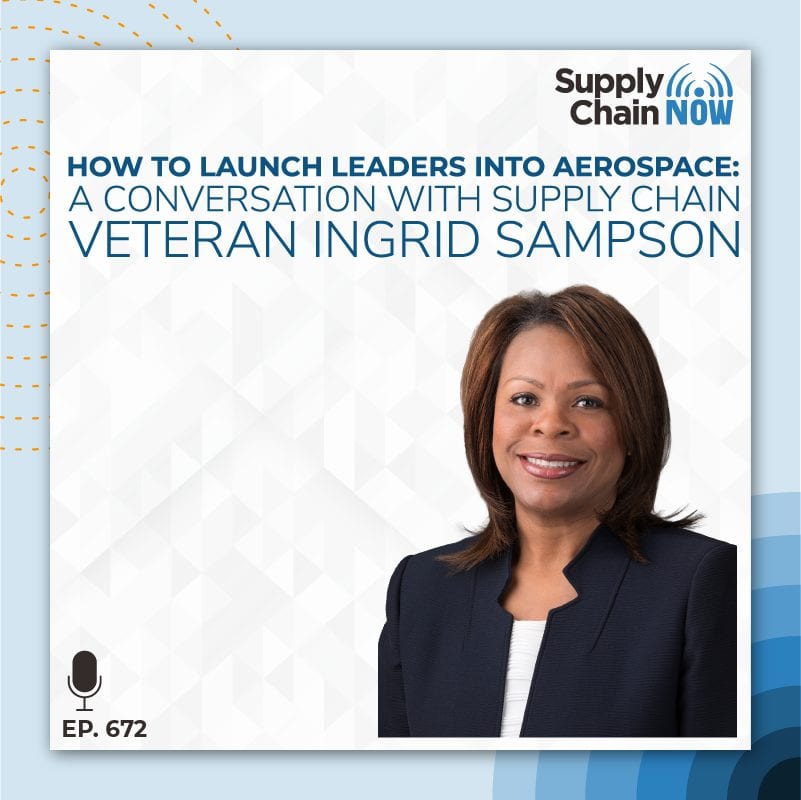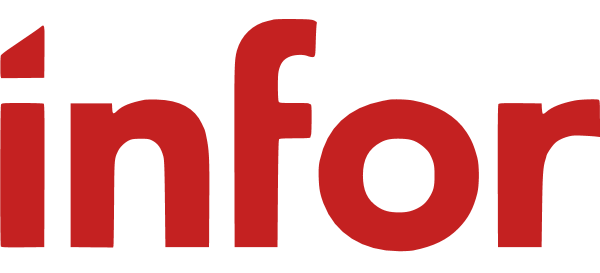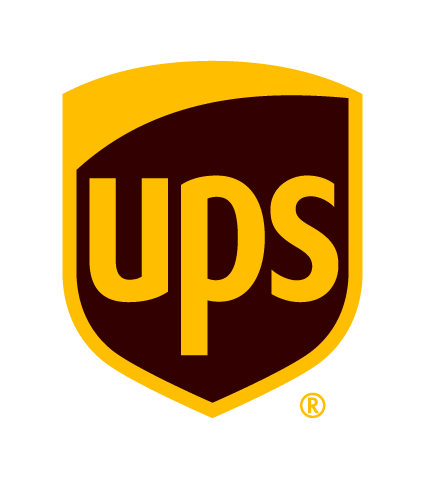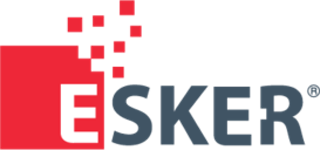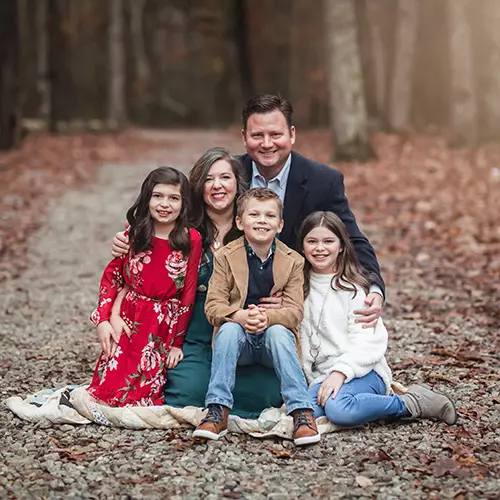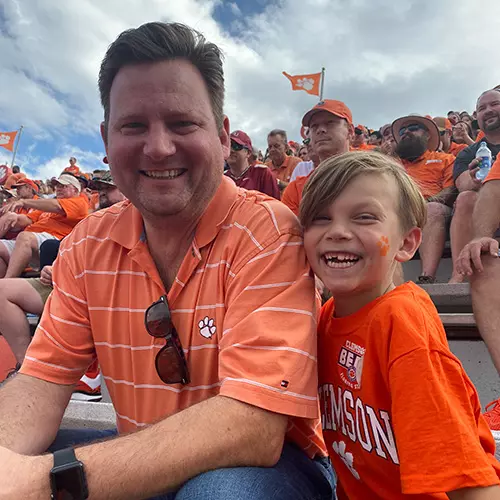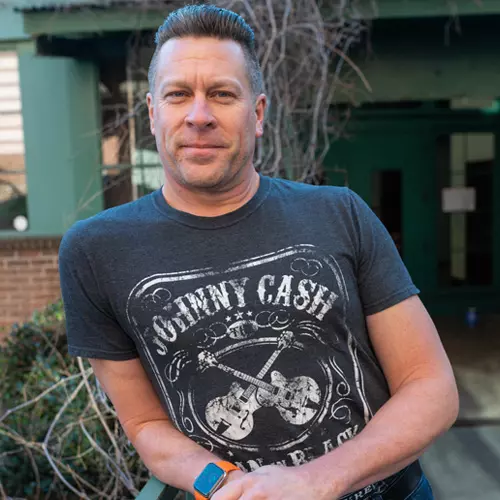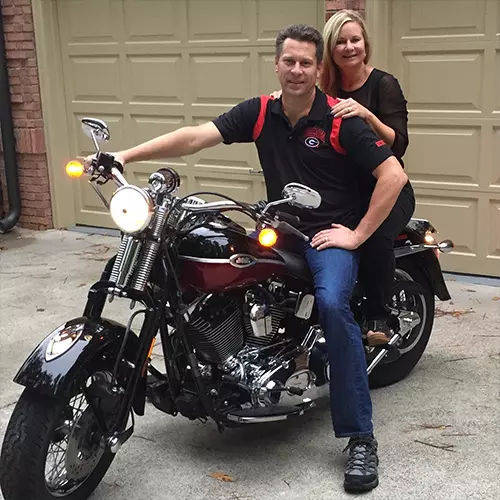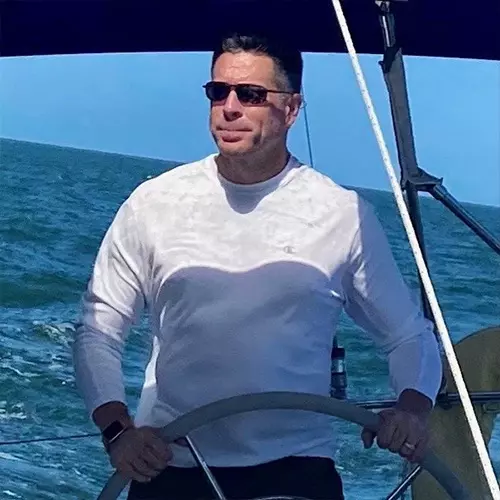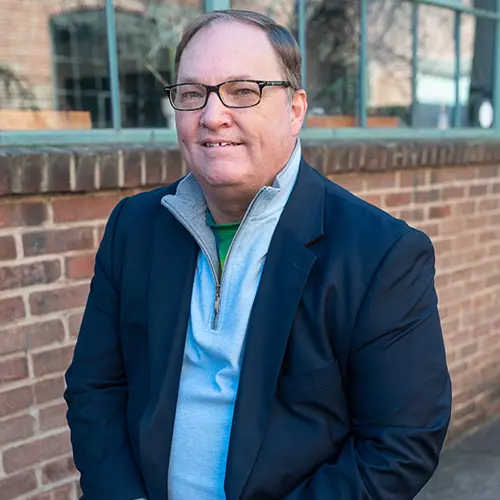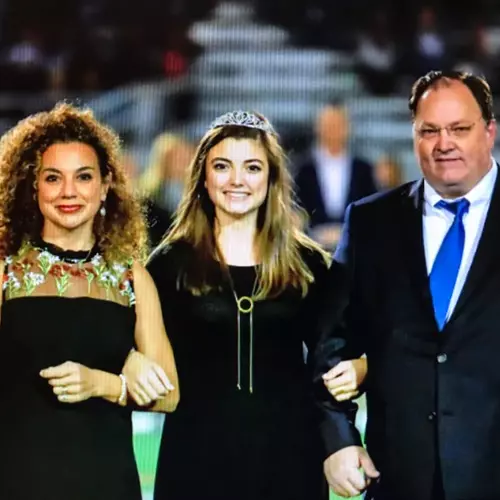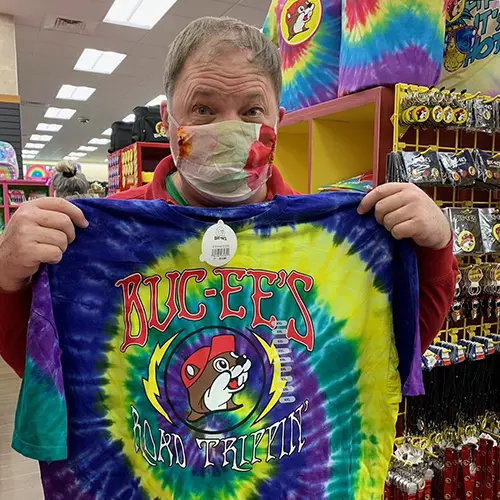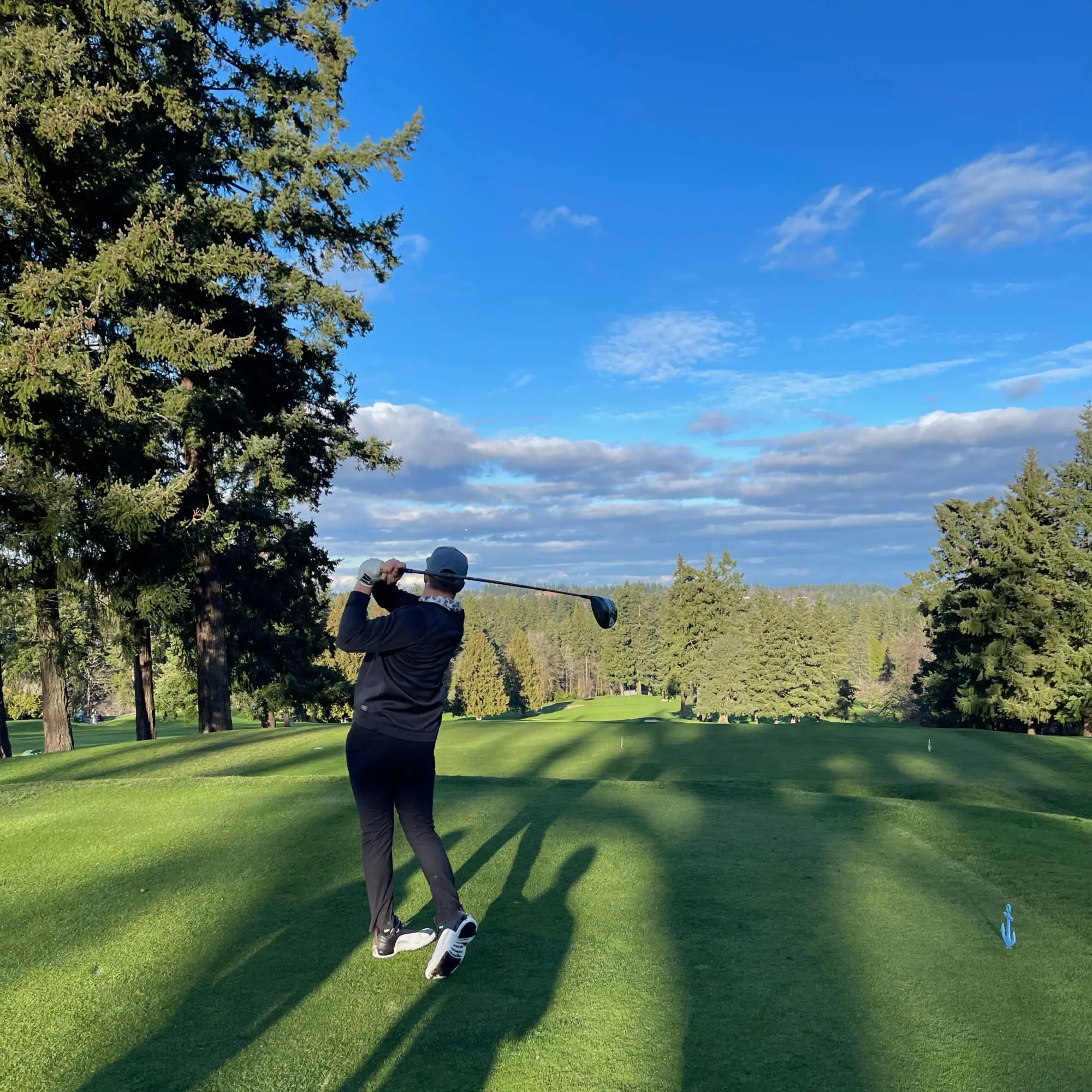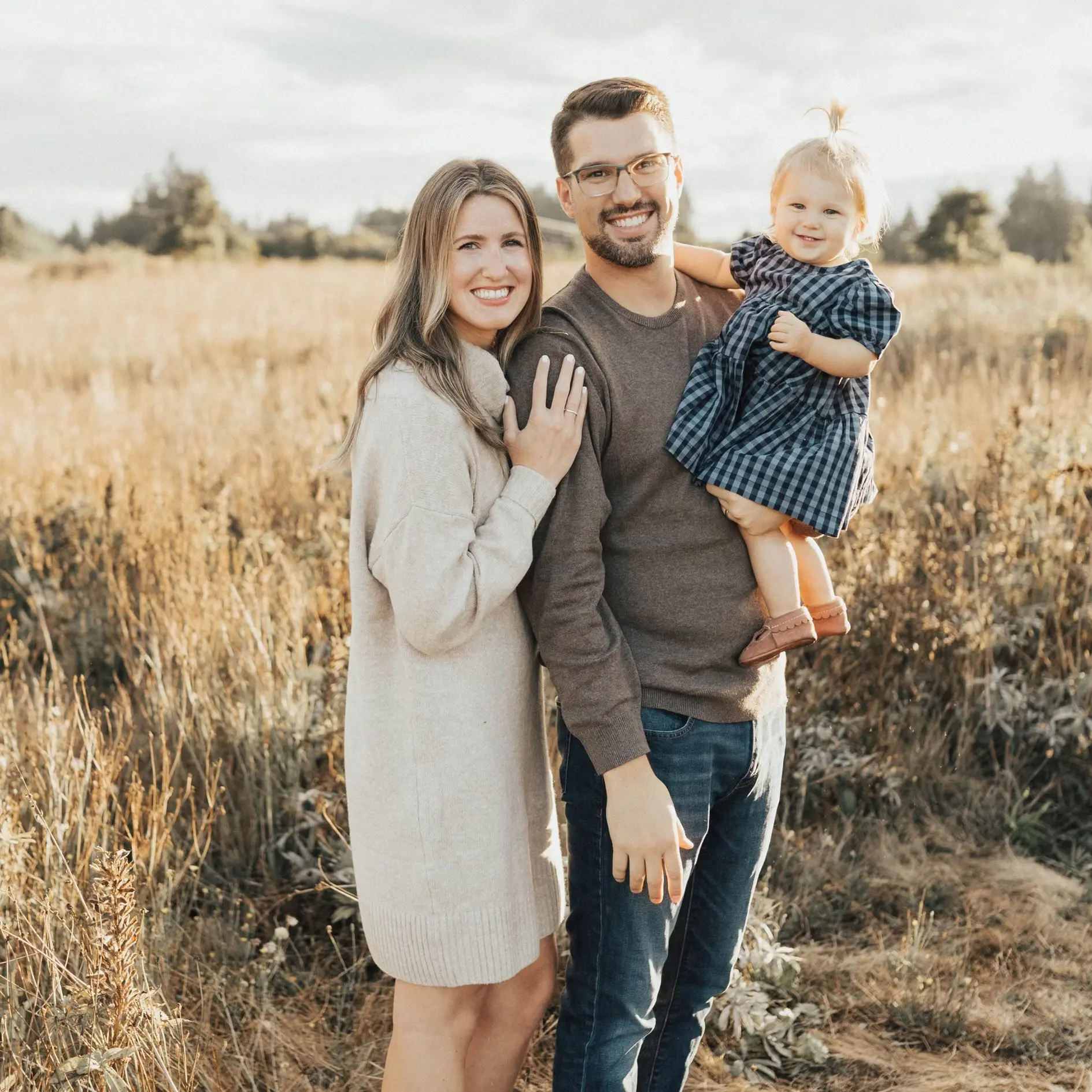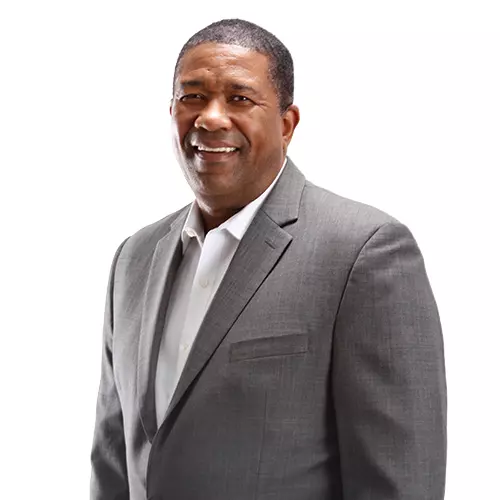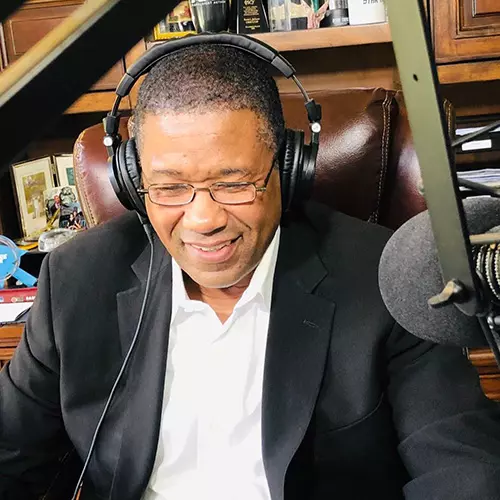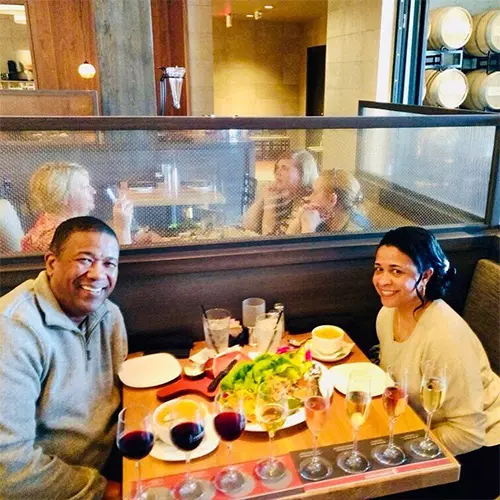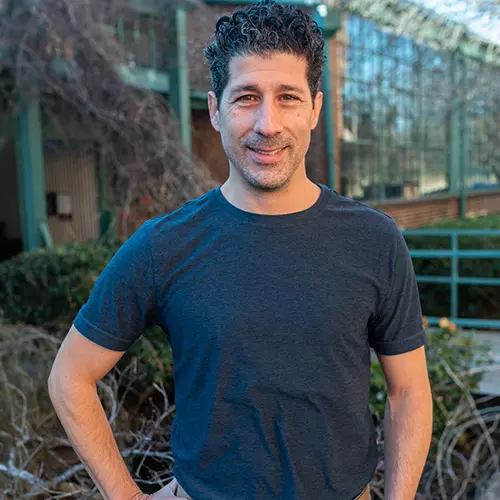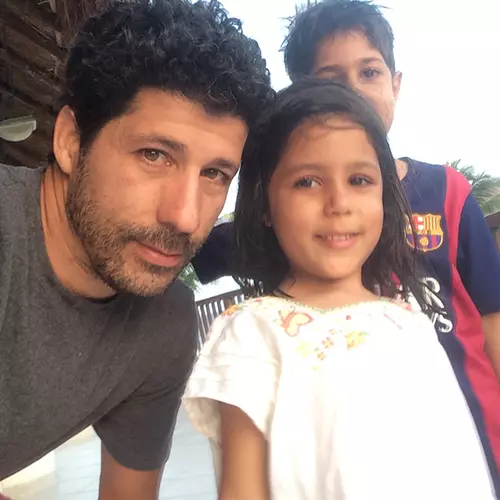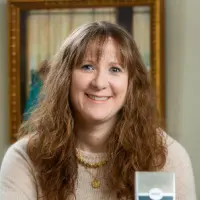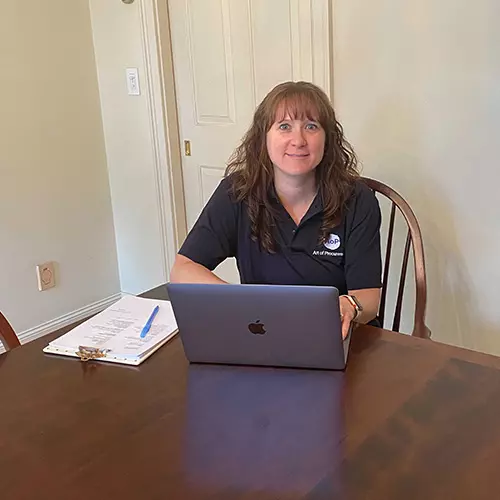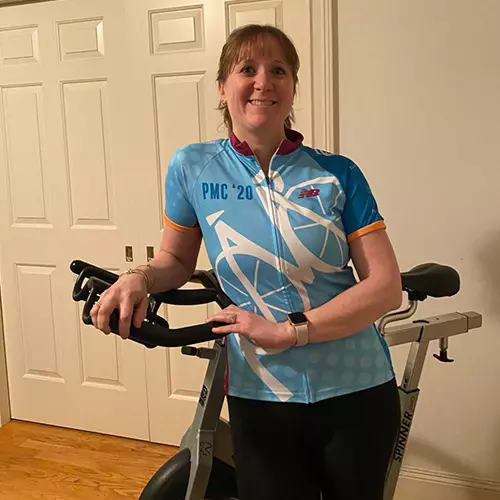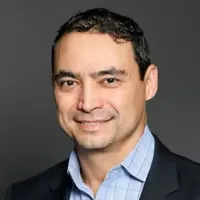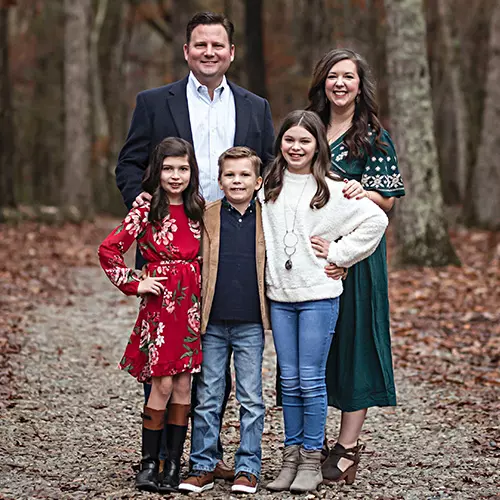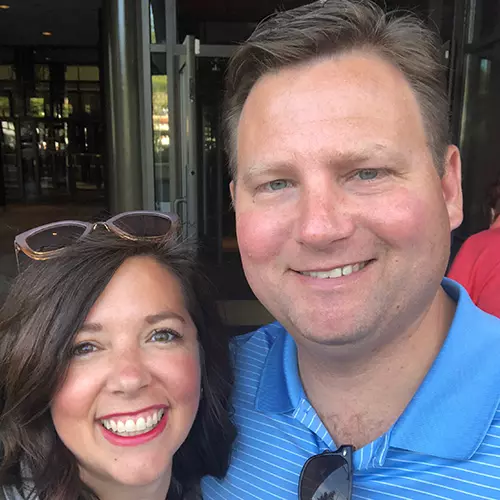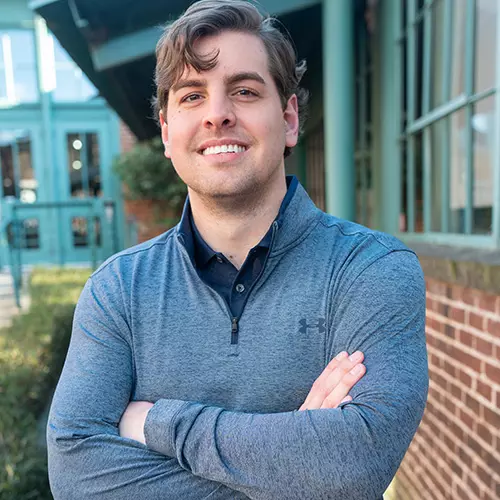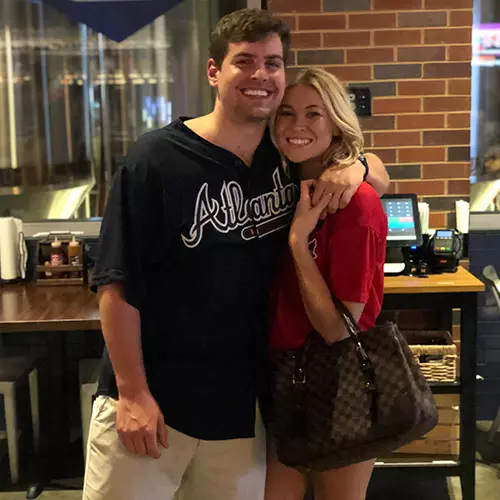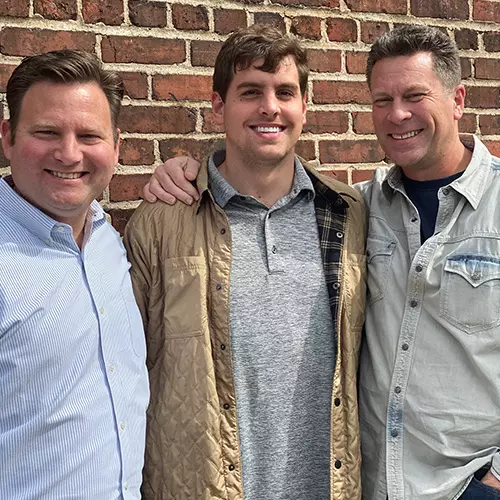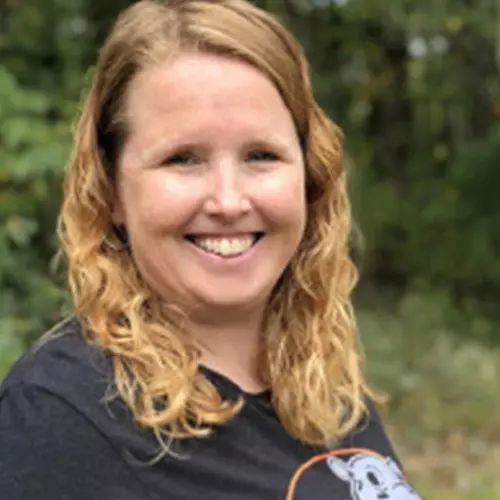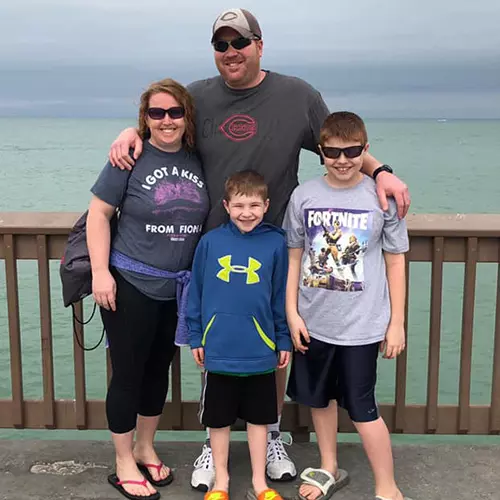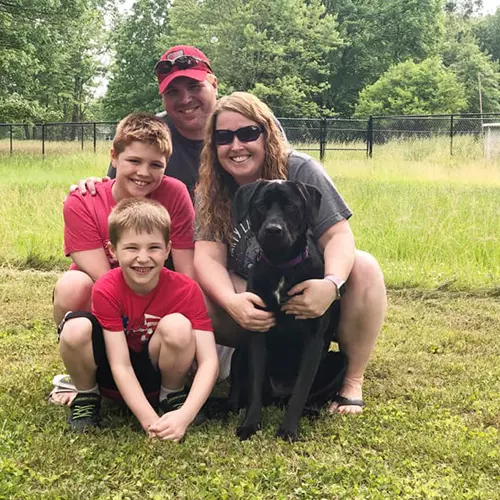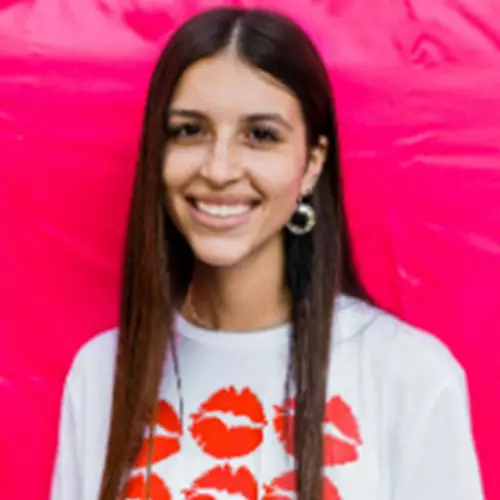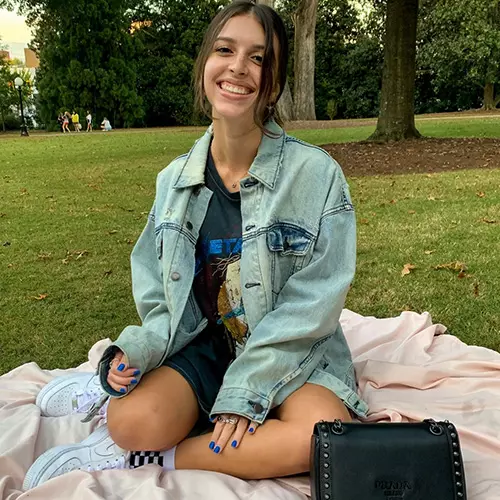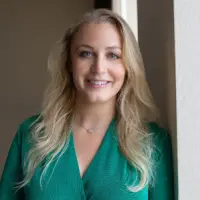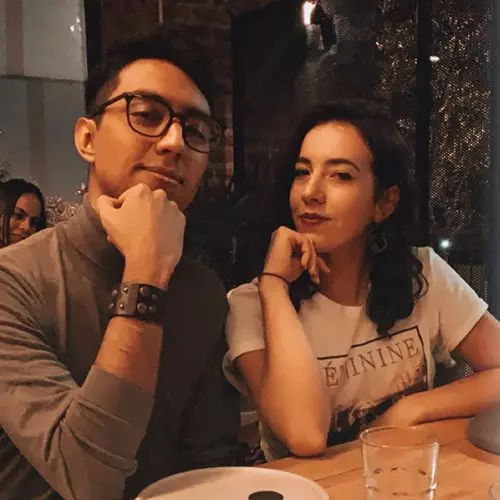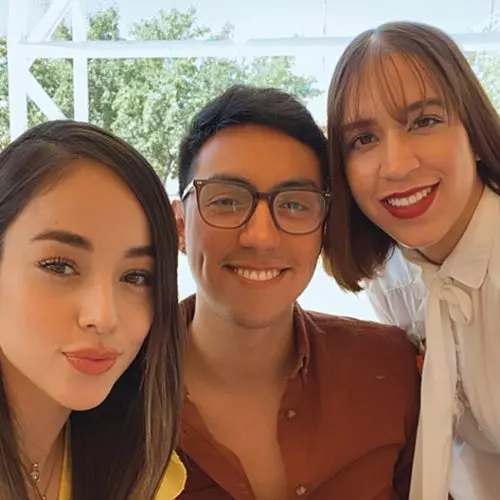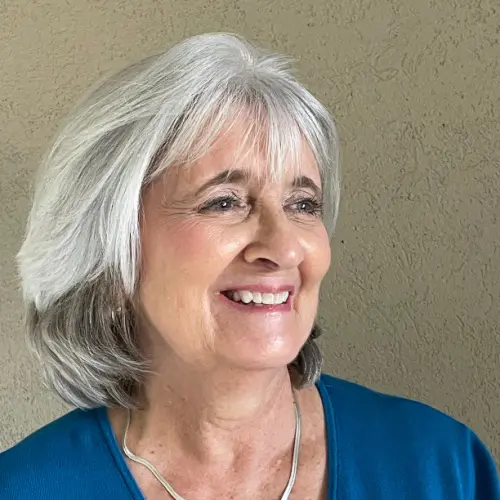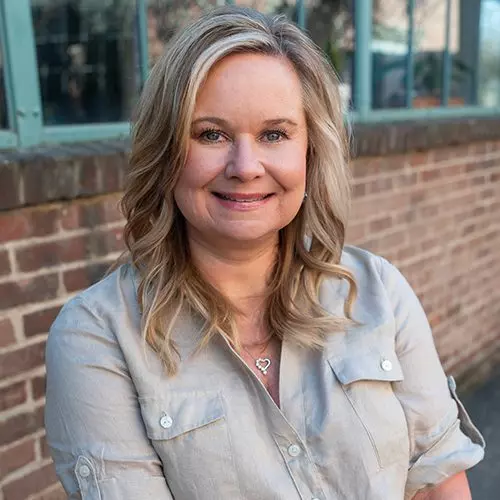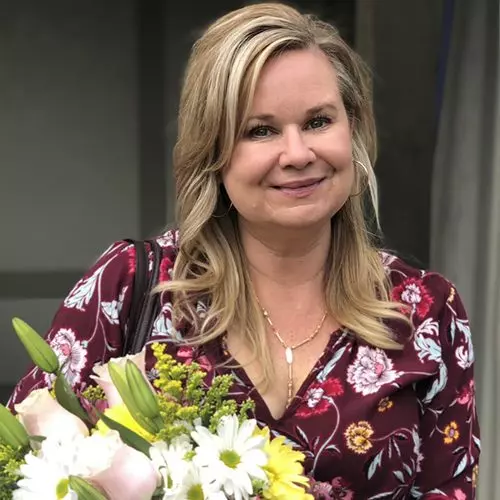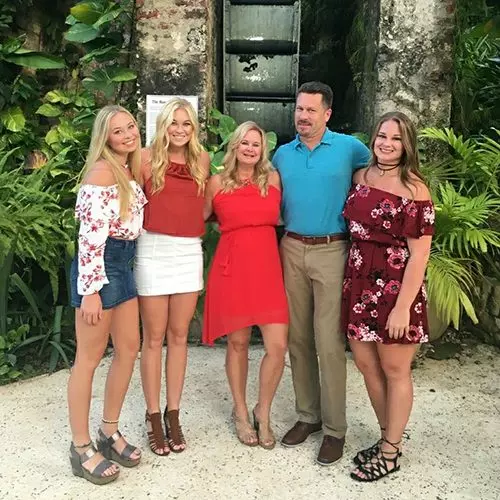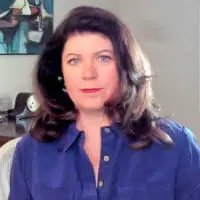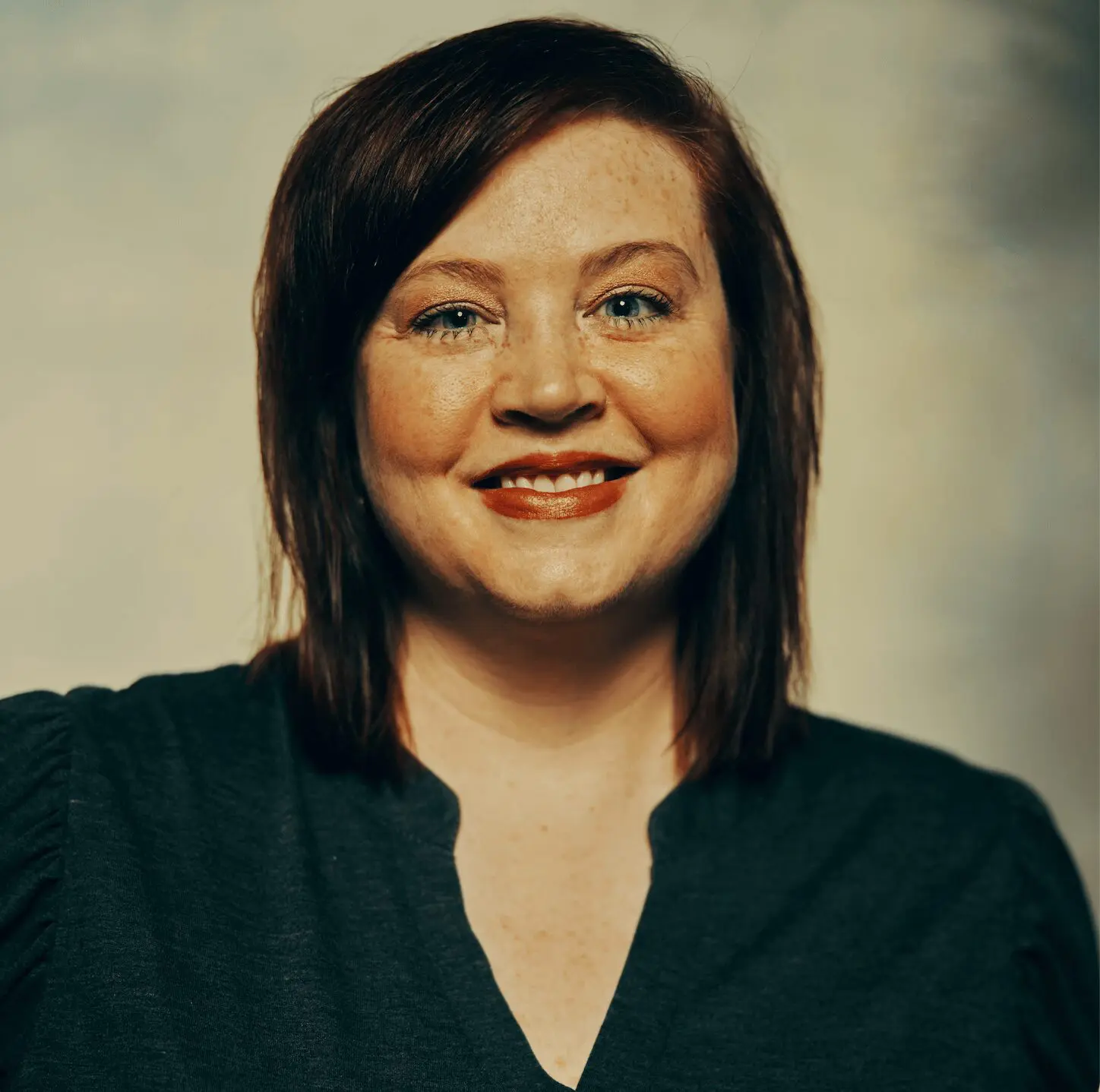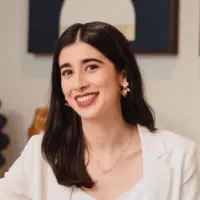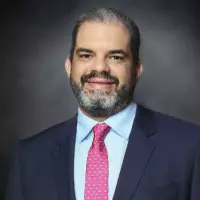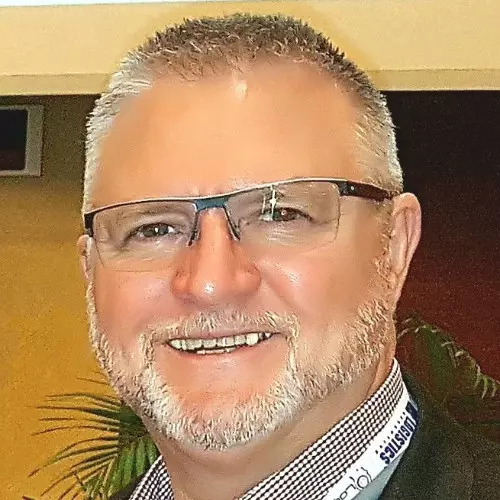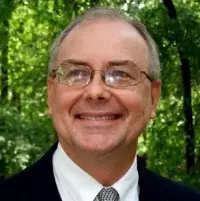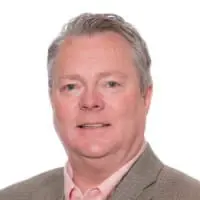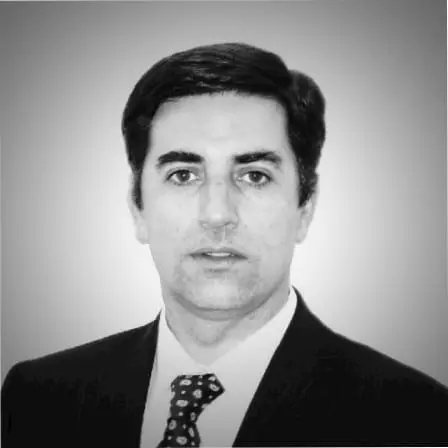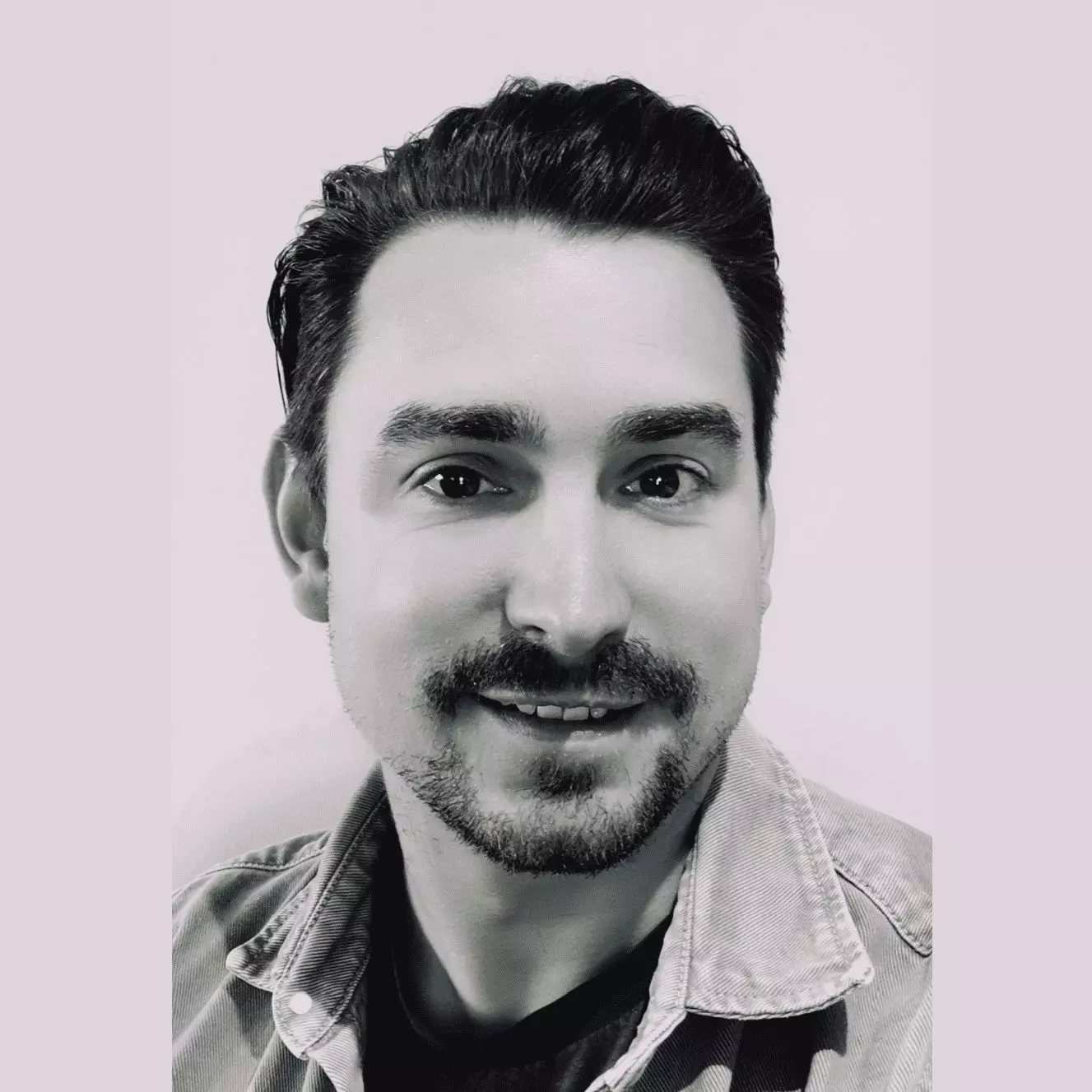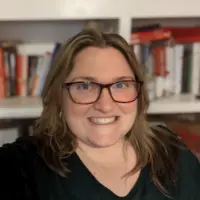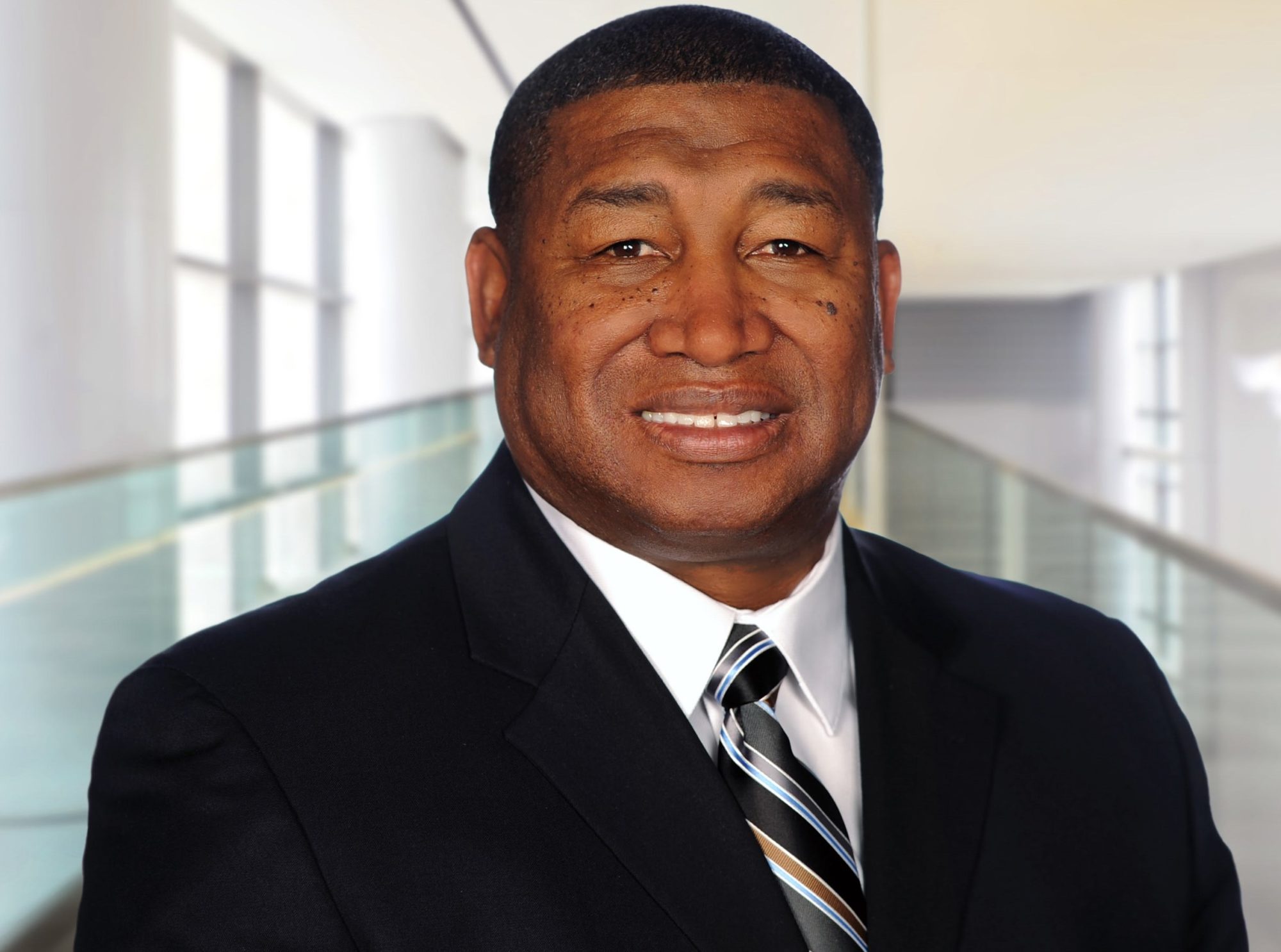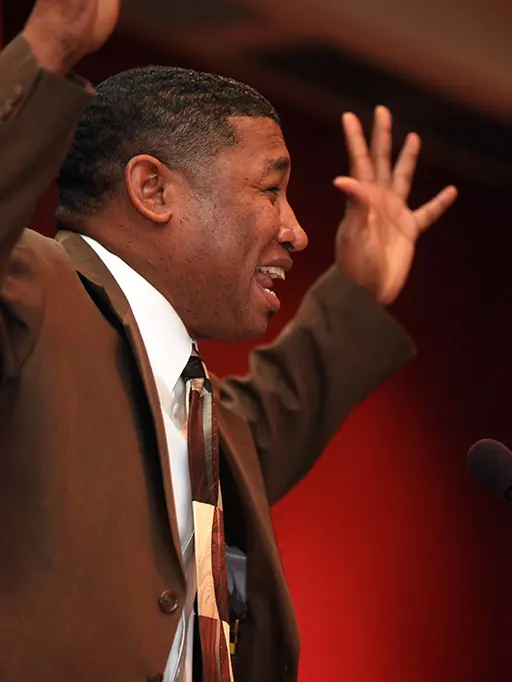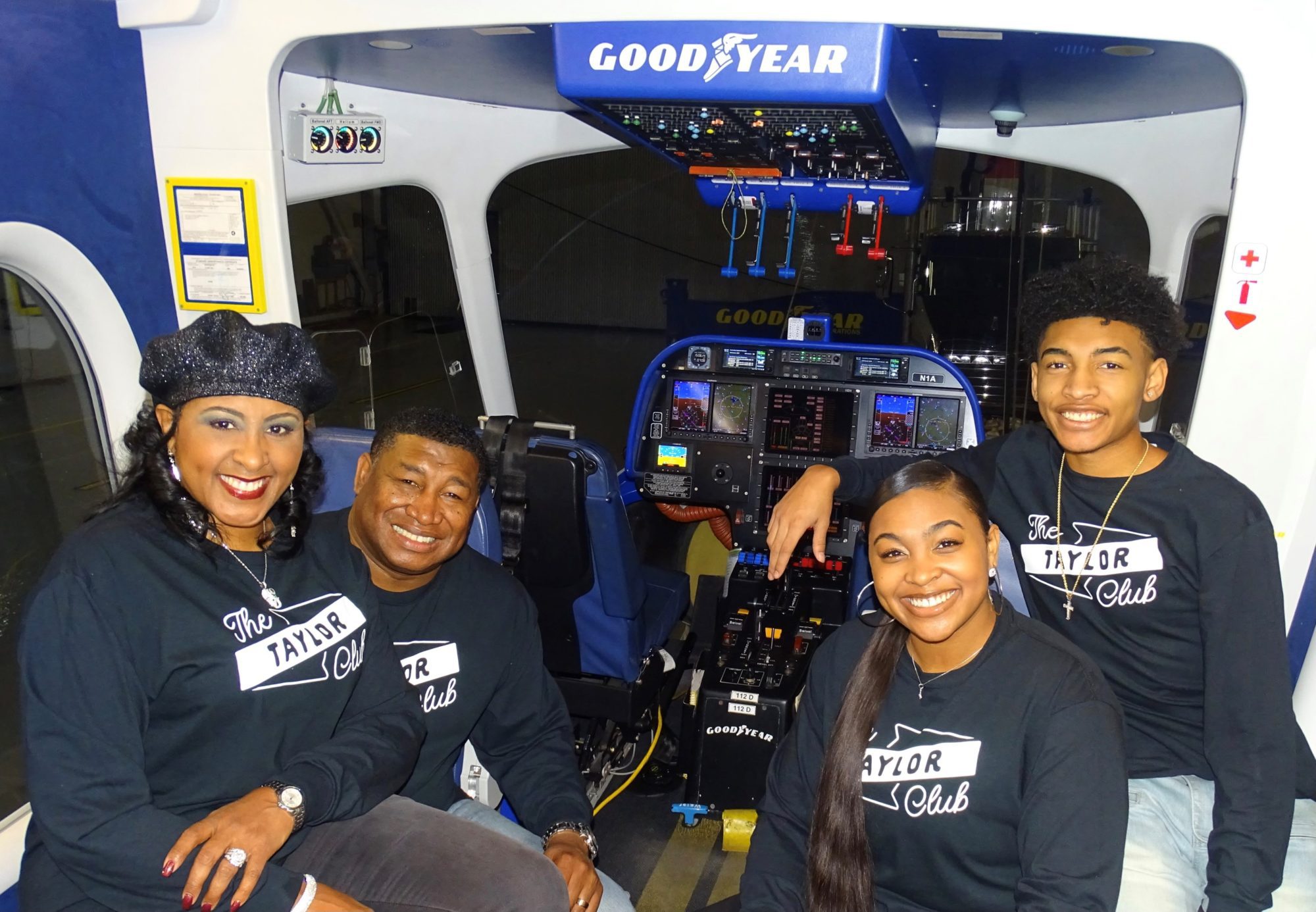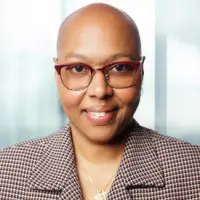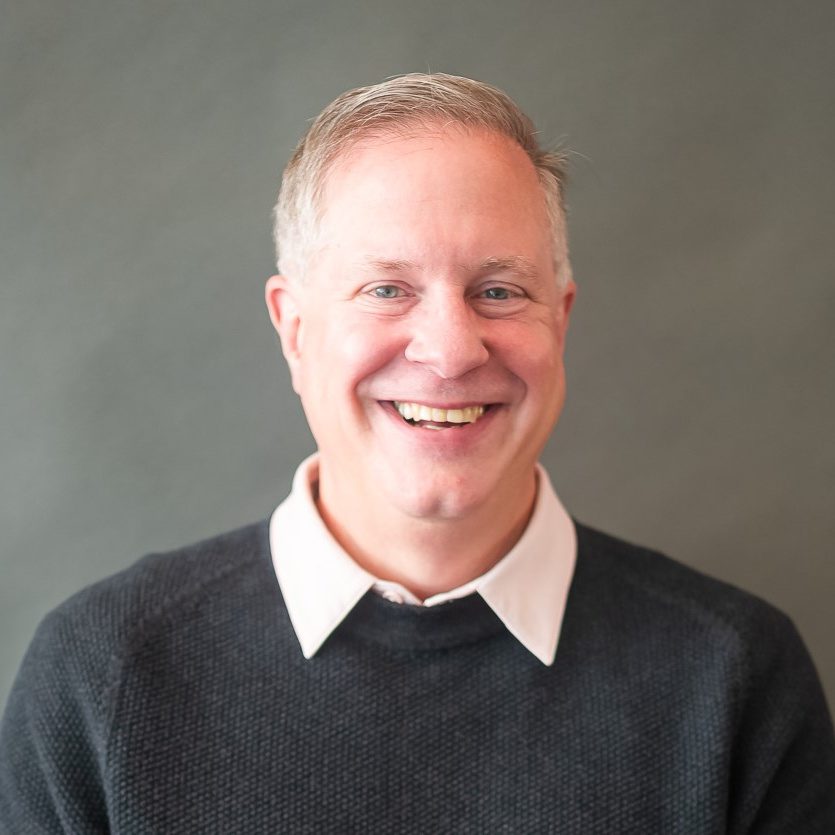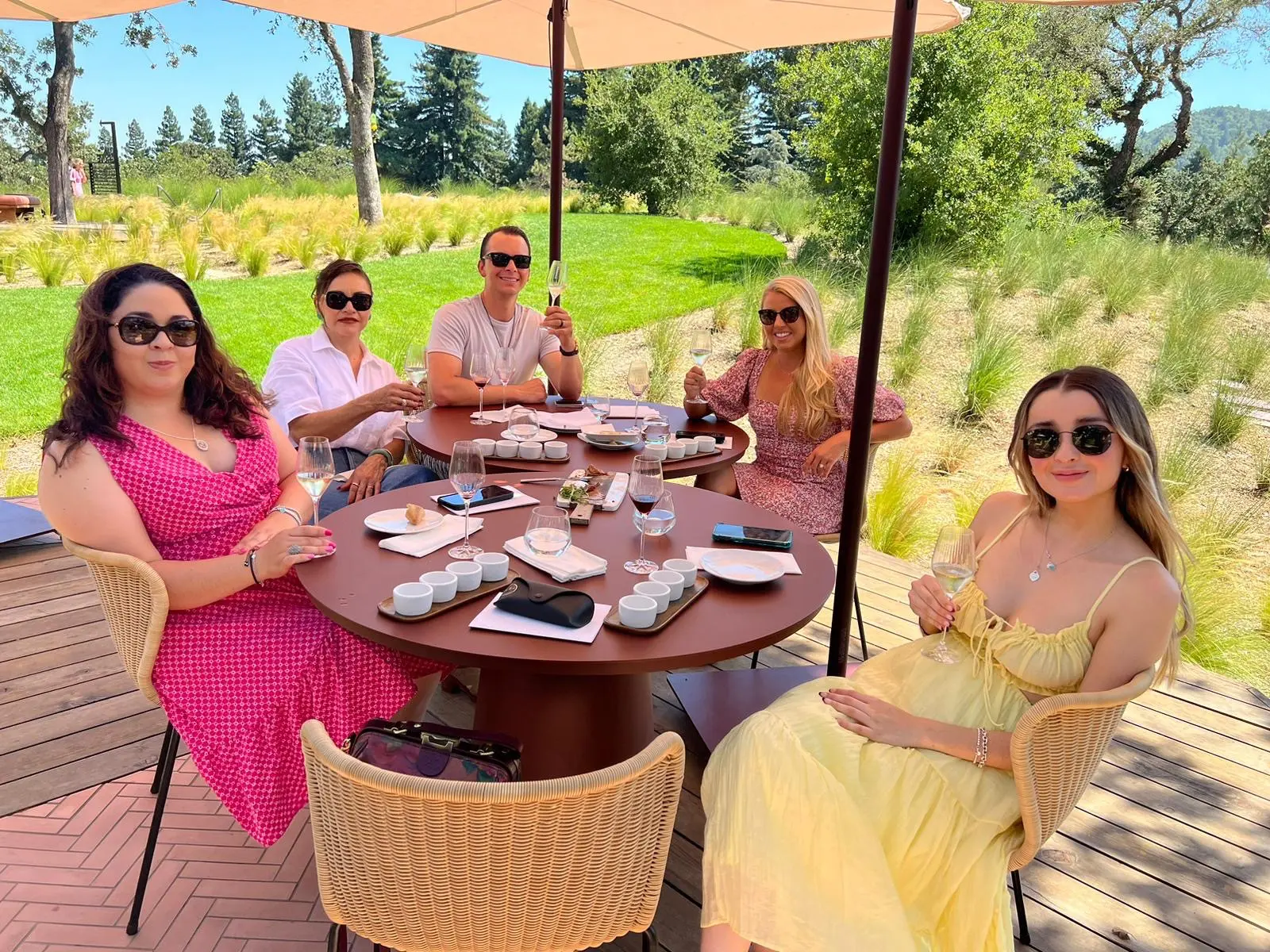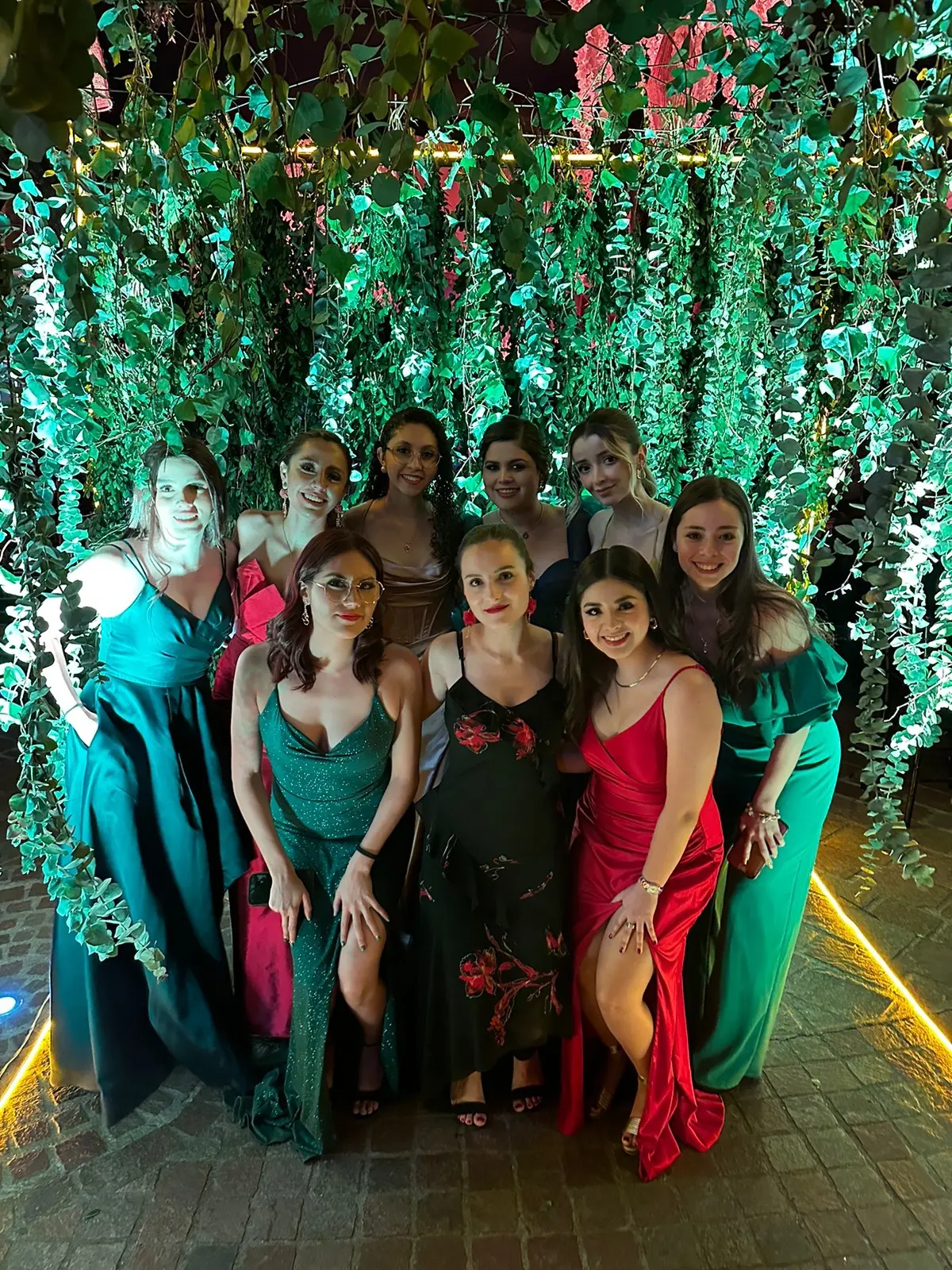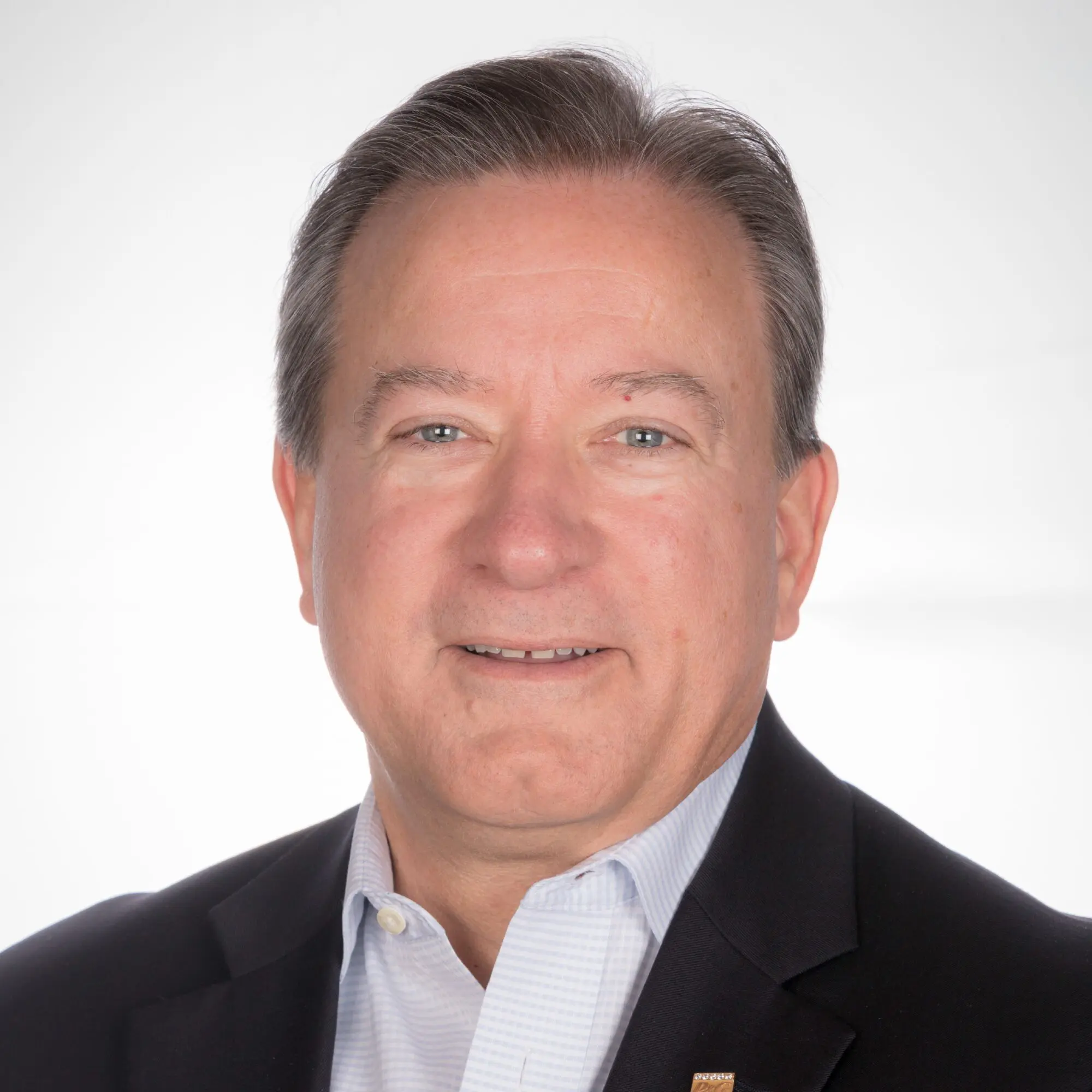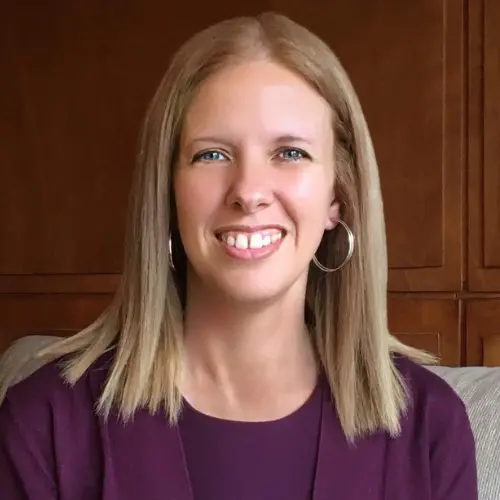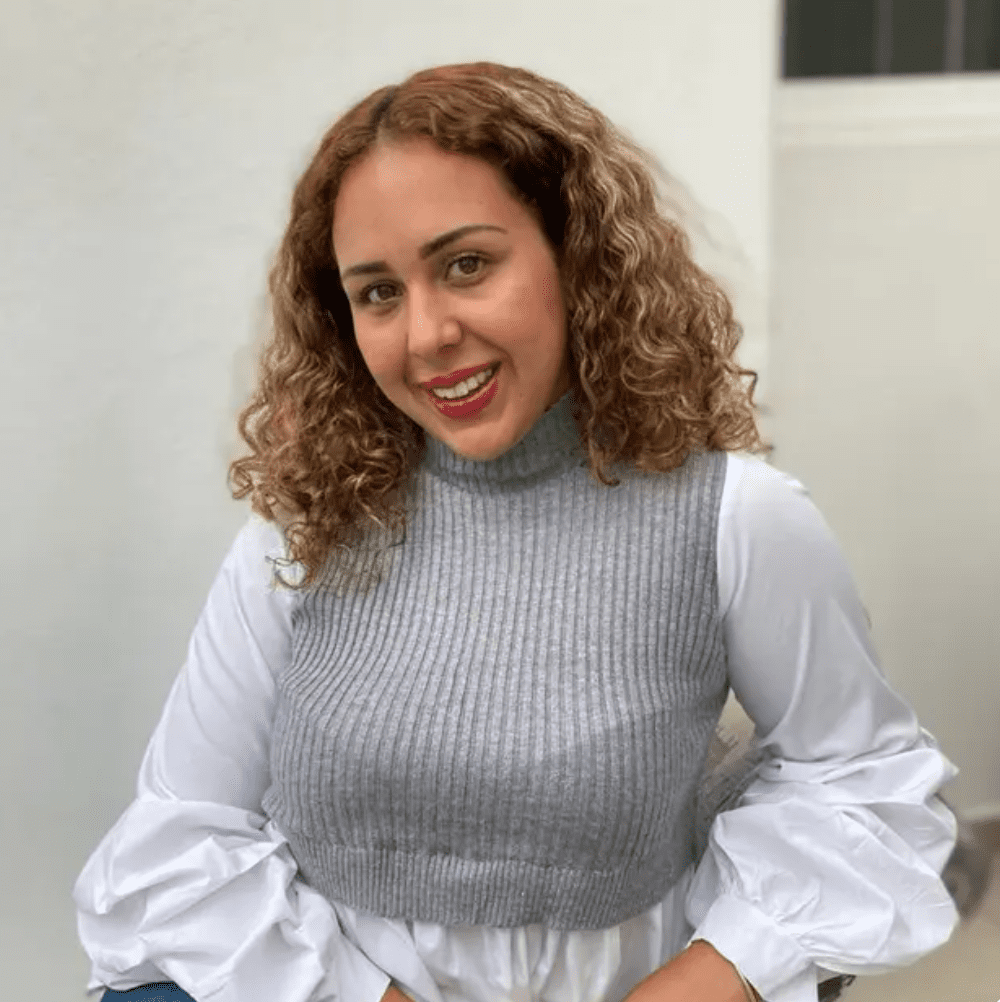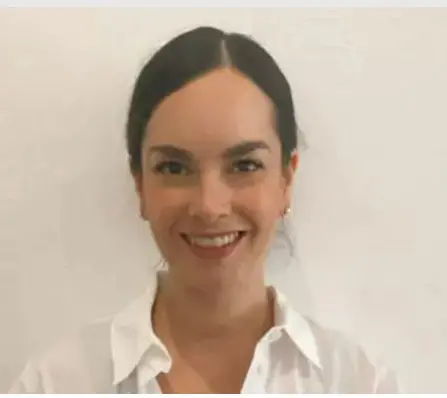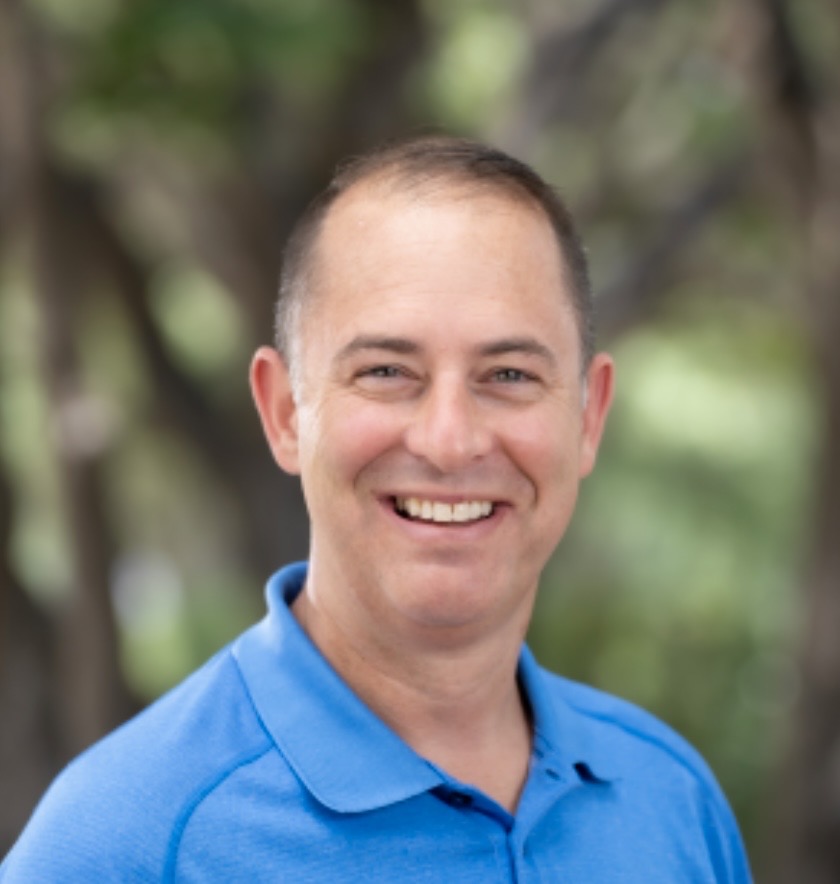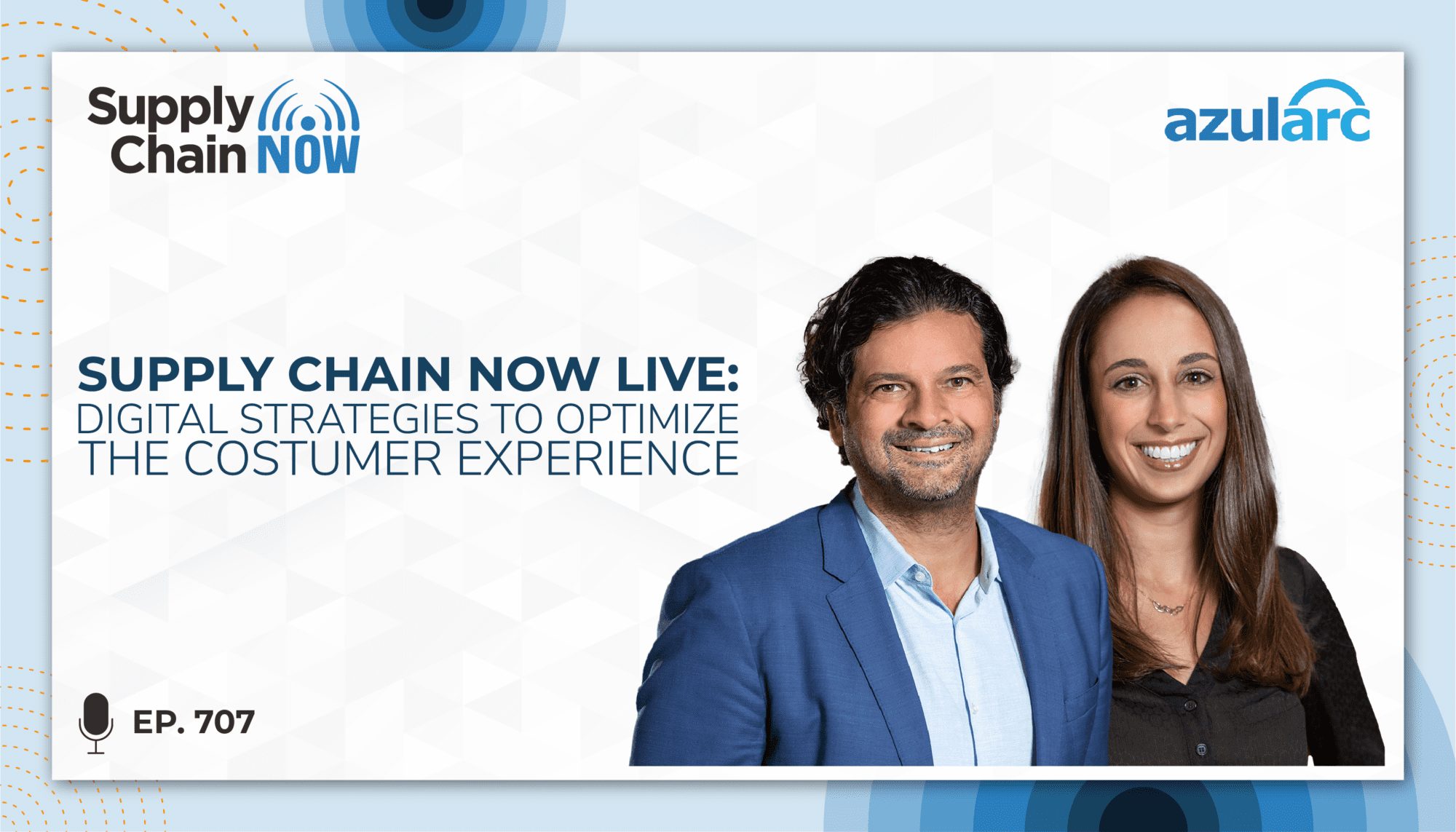
We have so many customers that have come to us and say, ‘I know exactly what I want to have.’ And it's amazing - as soon as we actually get engaged in the process, through discovery and beyond, so many of those preconceptions change. It's quite remarkable; It happens every single time.
- Zahir Palanpur, CEO, Azul Arc
Episode Summary
Teams of all sizes are focused on providing the best experience they can for their customers, and they can’t do that today without investing in a specific digital experience. While many people have the technical skills to build a basic website, that is not the same as crafting a digital experience, a completely different approach that increases engagement and forms lasting bonds.
Zahir Palanpur and Stacey Warthen both work for Azul Arc, a digital product development and design company based in Atlanta, Georgia. Zahir is their CEO and Stacey is their VP of Design and Product Management. They emphasize the need to join each client on process of discovery, the goal of which is to better understand their user base before architecting a solution to meet their needs and interests.
In this conversation, Scott and Karin go on their own discovery journey with Zahir and Stacey to learn more about how to connect business objectives with digital user experiences:
• How they help customers visualize the opportunity associated with a redesigned digital customer or user experience
• The tools they use to capture how users actually interact with content and interfaces rather than just relying on selective reported feedback
• Knowing where to invest scarce creative energy so that the team gets the greatest ROI back from their redesign effort
Episode Transcript
Intro/Outro (00:03):
Welcome to supply chain. Now the voice of global supply chain supply chain now focuses on the best in the business for our worldwide audience, the people, the technologies, the best practices, and today’s critical issues. The challenges and opportunities stay tuned to hear from those making global business happen right here on supply chain now.
Scott Luton (00:31):
Hey, good afternoon, Scott Luton and Karin Bursa with you here on supply chain. Now. Welcome to today’s live stream Karin. How are we
Karin Bursa (00:39):
Doing? We are doing great. It’s a great Friday. It’s been a really good week, really busy, but good progress on all fronts.
Scott Luton (00:46):
Agreed, agreed to Braves have rattled off three wins in a row. It has been, it’s been, it’s been a productive week, um, but it’s also been a week full of common themes, lots of experience, uh, chatter and conversations and improvements around experiences, whether they’re customer experience, uh, supplier experience, uh, user experience, a good old UX. Uh, in fact, there’s been as much interest I think in supply chain, as there has been and user experience and the rest of these experiences. So today’s show we’re going to dive in deeper in that are aren’t we Karin?
Karin Bursa (01:22):
Yeah, it’s a really important topic, Scott. Um, this w what I like about that focus is it keeps the end user, the consumer of whatever technology you’re developing in mind and how do we make it simple and easy for them to get access to the information they need. And one of the things I love to say on a tech talk, which is all about digital supply chain is right with good insights. We’ve got the opportunity to replace risky inventory, right, with valuable insights and this customer experience and tapping in to transform that data is so important. So I can’t wait to hear what our guests have to say.
Scott Luton (02:05):
I love that. And by the way, talking about, uh, things that are hot and in demand tech talk, digital supply chain podcast has been killing it. Karin. What’s the secret sauce. Hey,
Karin Bursa (02:16):
The secret sauce is the supply chain now team. I think we’ve had some really, really great guests, so kudos to them because they really bring some important perspectives to the market, but the ability to get it out there and get it into the channels and in front of our community members, man, all that credit goes to our supply chain.
Scott Luton (02:36):
Now team speaking of great guests, uh, and I agree with you wholeheartedly, by the way our team is top-notch world-class, but great guests usually equal a great show. And today we’ve got two outstanding business leaders that folks are going to hear about. So here Zahir Palanpur and Stacey Warthen both with as little arc. So stay tuned momentarily. We’re going to have a Zahir and Stacey join us, but, uh, we’re going to say hello to a few folks momentarily Karin, but I want to share a couple of quick announcements really quick. Is that, does that work for you? Yeah,
Karin Bursa (03:06):
Absolutely. Tell me what’s going on. There’s lots of good stuff on the horizon.
Scott Luton (03:10):
Oh, there’s a ton. There is a ton. And we’re going to start with, uh, this webinar coming up on August 18th with our great friends at Quip and alloy, and it really focuses on quips omni-channel journey. And I’ll tell ya, uh, as Amanda has told me, and as I’ve learned in doing my homework here, Quip is creating those raving fans that every organization’s after. So y’all can learn a lot more by joining us on this webinar, August 18th, 12 noon. The link is in the show notes and then Karin, uh, you’ll be, you’ll be joining me and Greg and Kevin and Kelly, and a slew of other business leaders at Loris, a series big event in September. Right?
Karin Bursa (03:47):
Absolutely. I I’m really looking forward to that event. Uh, lots of great insights industry trends. And of course, Lora, we’ll be talking about supply chains to admire and some of the common threads that she sees as she evaluates just hundreds of companies on an annual basis. So lots of good stuff to
Scott Luton (04:05):
Come agreed and y’all can learn more about, uh, this event, uh, at supply chain insights, global summit.com links in the show notes as well. Supply chain now is very pleased to be the exclusive, uh, host of the virtual, uh, version of the conference. So September 7th is when the party starts, y’all join us. And then finally, if my mouse is working correctly here today, um, we’re really close. So we’ve been finalized in this big event in December, uh, the 2021 supply chain and procurement awards, a global event, really celebrating all the great news, uh, that comes from this the year that that will be, uh, go down. And many folks, um, journal in history is as quite a year to get through. We’ve got a lot to celebrate. Um, so nominations are open for these awards registration, I believe is open and we’re going to be moving into full promotion here, uh, next few days. So Kerryn there’s always time and good reason to celebrate good news,
Karin Bursa (05:03):
Right? Absolutely. Absolutely. And, um, you know, each and every one of, you know, somebody in the market place that you’re working with, uh, that has done some extraordinary things over the past year. So, uh, don’t hesitate to nominate them,
Scott Luton (05:18):
Agreed a supply chain, procurement awards.com is where you get more information and a part of this event, Karin. Uh, we were going to be, um, partnering with hope for justice, a global nonprofit that goes to attack and eradicate the world of slavery and human trafficking in all the nomination fees, uh, are going to be donated to hope for justice, as well as a big chunk of any proceeds from sponsorship and whatnot. So all the more reason to come celebrate good news with us December 8th. Okay. So Karin, that brings us to giving some shout outs to folks that, uh, tuned in for today’s conversation. All right, let’s see. Who’s with us. Let’s see. Sure. Nevus is back from India via LinkedIn. Great to see here. True nevus. Let us know how you’re doing. Uh, Peter bowler all night and all day is back with us.
Scott Luton (06:10):
Hey Peter, it’s good to have you here. We can’t have a live stream with old Peter. We’d love his sense of humor and his passion for all things supply chain. So great to see here, Mark Preston, a member of the AME board of directors and lean guru, continuous improvement guru is with us via LinkedIn. Great and CMR. Uh, I should say Karin, you mentioned the supply chain now team earlier, Amanda and Jayda and, uh, clay and Allie all behind the scenes, helping us with production here today and our new friend Austin. So Austin is helping us make today’s conversation happen. John Martinez field LinkedIn. I think John is in San Antonio, wonderful city. So John, great to see you here, Catherine McCleary. Uh, Catherine, great to see, uh, via LinkedIn. I think she’s from the Kansas city area.
Karin Bursa (06:59):
I think so. Yeah, I think, um, I think she’s part of the Kansas city fan club.
Scott Luton (07:04):
I know she’s a chiefs fan. I know that about Catherine, but a great to see. I think her organizations had some big news here lately and then finally, and then we can’t get to everybody, but Hey, keep the comments coming. Big show Bob Bova is where this via, uh, Facebook, uh, doing some big things out there. I think he’s in a, you like that.
Karin Bursa (07:22):
Peter, Peter Bolle all night, all day, you’ve got really good insurance down here.
Scott Luton (07:28):
You know, I spent some time near a copier machine for earlier parts of my career to, to hone in on my nickname ability. But, uh, Bob has a wonderful, always, uh, adds a lot to our live streams. Uh, great to see here. Uh, Bob and Catherine is confirming Kansas city born and raised. So, uh, we’ll see. Okay. So with no further ado, we’ve got two outstanding guests, everybody you’re in for a treat. As we talk, we dive in more into user experience and digital transformation, you know, why it matters, uh, how our company companies accomplishing it. So stay tuned. I want to welcome in Karin. Zahir Palanpur CEO of Azula Ark and his colleague Stacey Warthen vice president of design and product management. Uh, Hey, good afternoon, Zahir and Stacey, how are we doing great to see you enjoyed the pre-show conversation and enjoyed arc direct collaboration, uh, in, in, uh, the previous months.
Scott Luton (08:21):
And I’ll tell you what you all are experts in. And what we’re gonna be talking about today is in demand. Folks are just dying to learn more proven best practices. So are y’all ready to go? Yeah. All right. Good deal. So y’all, you can assure us that you ate your Wheaties this morning. Is that right? Something like that. You know, I used to share it, share that we did some supply chain one-on-one classes with, uh, elementary school students, uh, months ago, years ago. And, uh, that was one of the questions I would ask them. And finally, the 17th Tom, I asked him and all of gamey does blank, stares, what are Wheaties? Uh, I was a wreck. It was recommended to me. I gotta update my references. Now kids don’t eat Wheaties anymore. So, uh, good, good things to keep between the ears, but let’s get to know you both little better for you start talking to user experience and digital transformation. I want to get know and share a little bit about each of y’all with our community Koreans. That sound like a good starting point. Sounds like a good starting point. All right. So let’s, uh, starting with you, uh, as a here. So your base, like the rest of us here in Metro Atlanta, is that right? Yes. And, uh, what I hear a little birdie told me that when you’re not out there leading, uh, experience building projects and digital transformation, it’s all about cooking and squash.
Zahir Palanpur (09:38):
That’s such the two primary activities. Absolutely.
Scott Luton (09:44):
Here. You’re basically a world champion in both. Is that right? I wouldn’t go that far,
Karin Bursa (09:52):
But that’s kind of fun. Clarification, not cooking squash, but cooking. [inaudible]
Zahir Palanpur (10:05):
My son’s a, um, you know, has been working kind of on the side for a few years now in the restaurant industry, he’s very passionate about it. Know he’s not going to school to study computers and then there’s business, but I think that’s why he’s going to nine. So we really enjoy kind of getting together, cooking together. We had some pretty gourmet meals.
Scott Luton (10:27):
So I got to ask, I got to ask you one more question then. Um, what is the, what’s your go-to dish, if you want to, if you and your family want to impress people with your culinary expertise, what’s your go-to.
Zahir Palanpur (10:37):
I recently had some folks over and we did a combination of kind of Easter and the lesson I cooked steaks in kind of a less than traditional steak style. And then we also grew, uh, steaks in kind of a kebab format and that went down pretty well. And we matched them with some good development, blind sighted business. Like, what do you want to be
Scott Luton (11:01):
Here? What are you doing tonight? Can I invite myself over? This is the here. Welcome. Glad you’re here with us today, Stacy. Um, let’s get to know you a little better. So you are recently, uh, you just moved to Richmond, Virginia, is that
Stacey Warthen (11:16):
Right? Yup. So year or so ago.
Scott Luton (11:20):
Okay. All right. So you’ve had, you’ve had time to kind of, uh, you know, get around, check out the place, the local markets, restaurants, local scene, right?
Stacey Warthen (11:28):
Yeah. It was kind of a bad time to move, but it’s been, it’s been a nice transitions.
Scott Luton (11:35):
Okay. So as we chatted, appreciate it to Jayda, uh, part of the production team, when the fearless production leaders here also, uh, calls Richmond home. What do you, um, w w what’s been your favorite part about Richmond thus far?
Stacey Warthen (11:49):
I think it’s just exploring different areas. You know, when you move to a new city, it’s just finding those little pockets and places and playgrounds and parks that make it feel like home. So, yeah, we’ve just been exploring and it’s been great to find new places.
Scott Luton (12:07):
Love that. And we were also talking pre-show about your family. You have two girls that keep you busy.
Stacey Warthen (12:13):
Is that right? Yeah. Two little girls. One is three and a half. One is just turned one. So just, yeah, chasing them around all day. Pretty much when I’m not with his work.
Scott Luton (12:25):
Love it. So what’s a final question for you. You know, we love talking about food here, uh, have, have their food tastes, um, you know, what they like what they hate so
Stacey Warthen (12:34):
Far. Yeah. Um, Hmm. Well, my littlest one will eat anything. Thank goodness. My oldest is a little pickier, but yeah, they’re pretty good. They, they like everything. We’re trying to get them into more spicy foods and expand their palettes. But yeah, no, I don’t know. They like everything like
Scott Luton (12:55):
Everything contrast here because we’ve got three and our oldest two are both daughters and my oldest is the pickiest eater and our middle child just loves she’s very eclectic and loves also cook. Uh, so we’ll have to compare notes later on. And as Catherine shares the, a here, I, you know, I’ve tasted this, feel free to share recipes. Uh, Amanda says steak and wine sounds pretty awesome to me. And John says it here. You said the magic word steak. So a lot of fans here who knows you may have a cooking show in your future, both of you. Okay.
Zahir Palanpur (13:33):
Well welcome. Well, just on that note very quickly, where it’s funny, your last question, you know, on our website, you have a blog which is sort of your classic corporate blog that shares information and insights around digital product development and design. But I was actually just on a call yesterday about to kind of switch that around and we’re going to have a work and live section. And in the lip section, we’re just going to be talking about food and good restaurants and experiences that will become look at the whole person. And so, you know, that that kind of extends us for this not being all about, but the document I
Scott Luton (14:06):
Love that see here, I love that. In fact, we’re kindred spirits, you know, we just launched for fun. We just launched a Facebook group called supply chain ciao, just to talk about that’s nice. Uh, and also should, should add this Catherine, her kids collectively only like about seven. So, um, all right. So Kerryn w we can talk,
Karin Bursa (14:30):
Yeah, let me wrap this back in because the food topic is near and dear to Scott.
Zahir Palanpur (14:36):
Are we changing this from a user experience to food?
Karin Bursa (14:42):
[inaudible] talk about digital transformation and specifically that, that user experience or the customer experience. Talk to me a little bit about why this is so important right now, and top of mind and, and what you’re seeing in the marketplace, as far as the ability to drive more value, um, across the organization, whether we’re talking about a user experience, a customer experience, it’s just that engagement that happens.
Zahir Palanpur (15:12):
Absolutely. So, uh, you know, when we talk about digital transformation, this is a lot of inflammation and there’s a lot happening out there, and you’re achieving a lot of the benefits that have been talking about for a long time. So for example, you have these much larger, more complex engagements around, um, artificial intelligence, internet of things, which of course has a big impact on, on the supply chain. Uh, now those are very significant complex, uh, engagements, um, that take a lot of time in do sources. Um, but along with that, you also have the opportunity to drive much more focused, uh, initiatives, initiatives, initiatives, sorry, and, um, um, creating digital experiences for your customer, looking at how they interact, observing, you know, kind of how they interact in the real world. And then kind of working from the outside in to develop specific applications and tools that allow them to engage much more significantly to organization to create more transparency, um, and help them be more successful and effective in what they do. Yeah, absolutely.
Karin Bursa (16:18):
You know, see here. One of the things I think is so important around that is, um, you know, our typical users have changed dramatically. I mean, we are, we are dealing with a community of digital natives. They have grown up with more power in the Palm of their hand than we had 20 years ago or 30 years ago from an enterprise perspective. And they expect to be able to engage in that very kind of quick, let me interpret it, tell me where to go. And your team is really focused in this area to, to bring those capabilities about, talk to us just a little bit about how you Stacey, the team are harnessing those capabilities to, to change and transform the clients that you see.
Zahir Palanpur (17:05):
You’re absolutely right. I think today, particularly the younger generations for the other technologies embedded in the experience of lessons learned how to use technology and COVID is actually just accelerated that part significantly. Um, so, um, you know, our, you know, we work with our clients typically engaging them first in any, you know, where he really emphasizes kind of going through a process of discovery. Um, and we have several methods and tools that allow you to engage and understand your user base and then kind of work backwards in terms of like architecting the right solution that addresses those problems that the users, the user might be facing, um, or opportunities to effectively engage. Um, and, and then from, we start actually designing and building distribution. So that’s sort of the approach we take here. There’s a lot of free tools that help you do that. I think Stacy is going to start something brace the sort of tools or methods that we’ll be using today to effectively understand the user experience and design the product for that user.
Karin Bursa (18:11):
So Stacy, tell us a little bit about that. So when, when a client comes to you and says, I need help. Yes. I understand my user experiences, not what we want it to be. How do you walk them through that process? What’s the tool or the process that you use to kind of help them visualize the possibilities?
Stacey Warthen (18:31):
Yeah, well, I think of course the, her mentioned the discovery process and we unwrap that a little bit at the heart of it. It’s really who are my users? What are the, what are the problems that they’re facing? What are the goals that we’re trying to achieve and finding that focus for achieving that? So we
Scott Luton (18:50):
Quick Stacey, um, that we just shared is so important and, and whether it is digital transformation projects or many others, it seems like oftentimes we jumped right over that discovery process and, and maybe teams don’t know what success looks like and what we’re after, how, um, how critical is that first step.
Zahir Palanpur (19:10):
And, you know, just, if you don’t mind, I’m just going to add to that point. You’re absolutely right. I mean, you have so many customers that have come to us and say, I know exactly what I want to have that, and it’s amazing, you know, as soon as we actually get engaged in the process and through discovery and onwards, so much of those preconceptions that they have changed, it’s, it’s quite remarkable. It happens every single time.
Stacey Warthen (19:35):
Yep. Exactly happens every time. So, but yeah, so we basically take you through a process where we help get to that, get to the meat, get to the good stuff of how talking to your users. So there’s a lot of ways that you can engage with users. I think sometimes it feels, um, intimidating, but ultimately it’s really just talking to people. So you could have five users talk to them for half hour each ask very specific questions, understand their pain points. You can do surveys. Um, you can install software like something called Hotjar full story onto your existing platforms. Um, and it gives you user behavior. So there’s, of course we can walk you through something very specific and do those engagements. Um, and that will that’s, you know, getting more out of people and kind of digging deeper, but on the surface, anyone can really do some of those, some, uh, user research.
Scott Luton (20:31):
So I wanna pause there for a second. I’ll share a couple of quick comments that we’ve gotten here from the stream here, starting with Kelly Barner, who hosts our dial P for procurement series here at supply chain. Now I really appreciate Zahir Palin Poor’s point about younger generations, seeing technology as embedded. It may not be a huge difference, but it is a nuance between their mindset and how those of us with more experience think about the user experience. Excellent, excellent point, Amanda ads, who are my users, what are the problems they’re facing and what are we trying to achieve? Going back to Stacy, how critical that discovery aspect is, right.
Zahir Palanpur (21:09):
That’s just one, one quick example out here. It’s like, uh, you know, I have teenage kids, they don’t like email. They don’t respond to my email for them. It’s all about chat, um, you know, some form of chat. And so if you, don’t kind of think about that, you know, we’re not going to be able to engage in insight more effectively. So you’ve got to be thinking about these different channels on how people communicated and what their preferred methods are.
Scott Luton (21:37):
Yeah. That’s such a great point, you know, uh, Korean, I don’t know if I’ve shared this with you. We had, uh, one of our, one of my favorite team members, all of them are my favorites, but, um, years ago, uh, I was, um, where, uh, he was using a platform that we use here for the first time and probably in typical. Um, what I typically do, I overexplain and, you know, and, and I was showing him how to use this platform and he’s, he goes, Scott, Tom out, look, I’m a digital native, I can figure this out two minutes. I’m good. It was that moment of clarity that really belies the point. You are both making. Um, you know, uh, and I think the other really valuable lesson learned is, you know, getting, you know, business leaders who are working with, they may have a solution in their mind, but it may not be the best one for them. And that’s where y’all’s role in terms of, uh, consultative and, and using your expertise to help them kind of maybe not be so married to that one solution. Y’all see that a lot.
Stacey Warthen (22:33):
Definitely. And I wanted to add one point to what we were saying earlier. I think another just point is context. I think people forget, you know, there’s your desktop, there’s your phone, there’s Alexa, there’s all these different ways that you can interact with people and users. And one type of device might not be the right one for the problem that you’re trying to solve. So just another thing to keep in mind when we’re thinking solution focused,
Scott Luton (22:59):
Excellent point. And there are, uh, I think someone’s very popular cause they’re getting lots of emails and texts right this second. Um, but you know, you know, um, let’s talk about before we move to Zahir and talk about your, how can business leaders tackle, um, you know, digital transformation, user experience, um, uh, optimizers experiences, let’s make sure, um, that we really flesh out how organizations and what else are you all seeing organizations do, right. Just, just now to, um, to enhance these experiences that our users have, what else are y’all seeing out there?
Zahir Palanpur (23:35):
And I let Stacy take that question in, because she’s right in the midst of it. I just want to share one example to kind of, you know, like that I think leads into this is, you know, um, understanding your user as much as possible, if you can rely on observation, um, that sometimes tends to be the most effective way of understanding how, you know, you’re using tracks. So some of the tools that you mentioned, like Pato, that’s more about observation in terms of how they read and stuff, what they’re telling you. Um, so that aspect is, is so critical. And just a quick example, um, you know, from, from the railroad, uh, uh, you know, the Heinz ketchup send a few folks to Google that was night smart, easy and doable. And that led to the ketchup bottle that was designed kind of upside down, which wasn’t a, mock-up the amount of growth that, that drove. I just had one idea. It was all about changing the touch-up because this about your new packaging. So you could have the touch, a bottle flipped over and get that last bit of catch up form, uh, that integration, that theme from observation growth, so much growth and business for them. So, you know, there’s these little ideas and then, you know, the more you align observation, the more effective you’ll be. But, um, so I still say, you know, we got some real interesting work with clients and if you can share, if you
Karin Bursa (24:51):
Think they say, no, you didn’t really have a, an opinion on this, but I also think taking that kind of mobile first strategy and today’s age is really important, especially for enterprise type customers, whether they’re working on, you know, enterprise class supply chain applications, or some other application, uh, in their business that we need to think about it from being accessed on mobile devices first. And how do we make that navigation quick and easy and intuitive versus the more traditional, very dense screens that we see and a lot of enterprise applications. And, and that’s one thing that your team does really well in that design process and quick navigation. So, um, tell us a little more about
Stacey Warthen (25:35):
That. Yeah. One thing I’ll say about mobile is that I think you, I think some of the most successful apps out there are extremely focused, you know, mobile isn’t meant to be a lot of different, complicated things. That’s what the web applications are for. That’s what your desktop computers for. So when we talk about mobile focused, um, in terms of what we’re actually building and what the user is actually doing, because you, you can only do so much on your phone. So just keeping that in mind, when you’re designing and kind of thinking about what these are, is really neat, that’s
Scott Luton (26:08):
So true, you know, despite our best efforts to do everything and then some right, and on our phones, there are certainly limitations. And there’s also limitations, you know, uh, in this omni-channel environment, everyone is not on their phone for every transaction in every interaction. Right. So that seems to be to your last point, Stacy, an important, uh, component when you’re planning to solution and really under, uh, planning for the right optimized solution. Um, alright, so Zahir, w anything else to add about, you know, what you’re seeing organizations do before we get into, you know, kind of, how can folks do,
Zahir Palanpur (26:44):
Um, you know, you have, you know, what Stacy said kind of mobile application, so which thing particularly kind of from a supply chain perspective, you know, the ability to, uh, equip your sales teams, your front end off the office with, um, mobile devices that allow you to kind of validate inventory out there in the field, uh, to check back into like quick and easy answers, all tied back into the supply chain. So those very focused over applications that allow your front to, to have access there. Uh, you know, I think that was one significant thing you’ve seen happen, and we’ve worked with both, uh, companies, you know, to, to build, uh, things like that for them. Um, before sorry, go ahead. Um,
Scott Luton (27:25):
That’s good. Um, I’m still thinking catch-up, I’m still thinking that’s example is such a good one. Yeah. Like the food, um, going back again, I think, you know, everyone can relate to catch up and everyone can relate to see in that bottle. And, and as you talked about earlier, you know, sometimes we can cling to the rules that, that have gotten us here, right? When that doesn’t, that’s not what the next solution is all about. And that ketchup bottle is, is, is just the perfect example. I want to share this comment from Mark Preston. So mark is all about, he’s a lean guru, continuous improvement, manufacturing leader. He says value in the eyes of the customer and different customers have different profiles and value needs looking forward to discovery more with you on Monday, oh, AME, [inaudible] say assessment, but you Stacy speak to that point for a minute because you know, it’s not as if it’s just one customer out there and they all like the same exact thing. How do you, how do you plan for that diversity of the, the, the
Stacey Warthen (28:27):
Market? I mean, definitely there are, there could be many users using one platform and the ways to manage that, again, obviously understanding what each user profile needs. We have exercises and tools that we can use to get that information, extract it. Um, but then from the design standpoint, implementing design and actions that specifically applied to those users, that’s how we ultimately accomplish it. It’s kind of that customization for user types, you know, within the platform.
Karin Bursa (29:01):
See, what’s the, what’s the hardest part about launching one of these initiatives. So when, when your team gets involved and starts leading a client through this process, what, what’s the toughest point? What’s the toughest part, getting that underway?
Stacey Warthen (29:13):
I think it’s the hardest thing is for people to refine scope. Most, most people want to build, you know, get everything in. And I think, you know, you kind of have to prove your hypothesis in a way you build the first iteration of it. You test it, you get feedback, you do rounds of that. And then you have your product, you have your first starting point and you use it and you get it out in the market and then you can keep building. And that’s really the approach that like to take. But I think it’s, it is a challenge. When you come in, you have a lot of ideas, you have a lot of problems. You’ve a lot of users, things you want to try and do. And I’m honing in on that. Maybe single thing or many, a couple of things that are really big pain points is usually what is the most successful
Zahir Palanpur (29:59):
Having the discipline to determine what not to include is as important as, as a sort of what you include in your thought sometimes more important. I think in fact, I think the Steve jobs that said, um, when he was asked about what he was really proud off about, you know, kind of the, the iPhone who was like, that was one of the things he said is it was our teams was something, you know, to say no, and not to include certain things into what we designed, you know, as, as important as what we actually came up with. So that, that is definitely yes. So you hear
Karin Bursa (30:32):
That. That is a great, that’s a great point because scope creep is real. I mean, it’s, it’s real and it is tempting for all of us. So, you know, I’ve had the opportunity to work with your team. There’s two things that stuck out to me. One is great project management, right? Great. At kind of keeping us moving forward. So kudos to the Azula team for that. The second is they were able to bring to the conversation perspective from lots of different types of applications, lots of different user experiences. And that was really valuable to say, you know, they, they might come back to the table and say, you know, here are three or four different options. Um, don’t be distracted by the fact that this is a restaurant and you’re talking about a business to business environment. It was more the metaphor that was being used. And I think that type of expertise is really valuable and tapping into that user experience in that transformative process. So Stacy, how do you kind of get that information sharing across your teams so that they’re constantly cross-pollinating and sharing ideas of what’s working as, as you’re working with a variety of different different customers or different clients?
Stacey Warthen (31:50):
Yeah, no, that’s a really great point. Um, I think sometimes some of the best ideas come from looking across the spectrum and even if it’s not your industry, what are some things that are easy are done really well? And how can I use that and apply it to what I’m doing? Um, you know, I think the main thing there is just keeping an open mind and continuing to explore all different avenues. Yeah. I exactly what you said. That’s right. Love
Scott Luton (32:21):
That. Um, you know, uh, Zahir also Steve jobs talked about the immense value of saying, no, right. Can I go into some of your points? You both were making, right? You can’t have everything nor should you have everything you gotta, you gotta turn, um, you gotta say no to some of the bells and whistles, right. To arrive at that truly optimized solution. Um, all right. So I want to, uh, share this from Amanda. She says, thank you, come about different communication channels and their preferred methods of communicating again. So important to think about serving the customer in the way that’s most effective for them is important to consider excellent point there. Uh, Catherine is a huge fan of Hotjar. I think one of you, I mentioned that earlier for user experience audits on websites. Um, and then one last comment here from big show, Bob Bova says edge architecture is growing so fast now for the optimization of customer experience, but also inside the supply chain with, uh, at the point of work capabilities and speed. Excellent point there, Bob. Okay. So, um, before we move on, know, one of the last things we’re gonna talk about is, is how can business leaders tackle these types of projects, but it just dawned on me. We need to kind of fill in the gap and make sure folks know what agile art does. So, um, so it was a here let’s, let’s define that, and then we’re gonna move to how can folks get to work and, and create these, uh,
Zahir Palanpur (33:44):
Projects. Sure. So, um, you know, we’re passionate about designing and building digital products. So we help our clients through, as we’ve been talking about the customer experience, kind of going through the discovery process, uh, and then actually design out the solution. So we have a team of great team of people that do actually UI work, where we have, um, created, you know, kind of the creative resources as well. And then we get into, um, actual software development. So you actually design and build the custom software, but then our clients, and I think you got done, um, for both applications for the way for mobile devices will be that sites as well. Um, and then when we help them, and then of course we have the testing team and that’s, you know, kind of PBS testing kind of for the backend, um, uh, and then two deployment.
Zahir Palanpur (34:30):
And then you can remember he was in roadmapping, um, which kind of bought the rest of the question that, you know, worked with as it gets running through. That’s a yes or no to, because we like to sort of look at like, what does that sort of core initial component that you want to deploy? So we do engage with our clients in the long-term and continue to help them and develop, um, because we learn so much more once you actually deploy the application. So, so that’s sort of in a nutshell, what we do as an organization.
Scott Luton (34:58):
I love that. I love that. Um, I want to share this comment from John to John says he feels capturing the voice of the customer during the initial planning phase is key, but more than ever, we need to promote agile systems that can evolve and shift with the least amount of effort. Excellent point there, John, Amanda, identifying what not to include is as important as knowing what to include so true. It takes a ton of discipline, good stuff there. Okay. So let’s talk and sit here, we’ll stay with you. And then, uh, Stacy, whatever you’d like to add to this, this next question, you know, business leaders, um, oftentimes can struggle. I love that, but how do I do it? I need that, but how do I do it? Um, so there’s a here, how can business leaders get started and, and, and create winning and successful initiatives along these lines?
Zahir Palanpur (35:48):
Absolutely. So, um, oftentimes when you’re looking at building tools and applications, you know, you are looking for an outside partner to work with you. Um, you know, non-experience a lot of firms out inside ITP. It’s normally also are more focused on kind of managing the Jenni enterprise systems. Um, so, you know, the first and most important thing is finding the right partner. Um, there’s a lot of great tools out there and, you know, we’ve got so much, like you have helped for the 40 industry, um, with sites like crutch. Um, and [inaudible], you know, we’ve got plots, which is a great source to, to read and look at, you know, um, views for other different companies that perform these types of services. Um, you know, I feel it’s as important to look at the technical skills, um, as it is to look at the softer skills.
Zahir Palanpur (36:39):
I think sometimes that gets missed because you’re not delivering a product and budget to the client. You’re actually building a collaborative solution with them and you’re going to be working with the team that you choose for, you know, oftentimes very extended periods of time. So it’s important to understand sort of the softer side, are they effective in communicating, you know, uh, what’s the culture and personality of that company, do you align well with that? So those are other aspects or insights if you want to try to get as much as you can upfront. Um, and then the other piece of course is you’re going to be talking about is like your in first in discovery, um, too many people want to jump that step and get straight into kind of, okay. I want you to come back to the proposal to develop your own solution.
Zahir Palanpur (37:21):
It’s a little bit like going to a builder and saying, I want to build a house, but without any architectural plans, you know, you really do need to go to that discovery and kind of at least you print to a high, a high level of what is, you know, um, that, that, that architecture that you’re creating, um, for usually the use of any kind of search. I think those are two really important steps. Um, you know, the one thing which our clients do is that if he, if he huge initially in discovery, you actually helped solve for the other issue about, you know, can we work together because you’re kind of starting in a more limited, um, uh, at a limited level to do that first piece where you were able to get the whole, you know, kind of core architecture together, but you’re also learning to see this is somebody that’s gonna actually work with. Um, so yeah, I think those are really two important steps, um, like that you want to guess when engaging with somebody, um, beyond that, you know, um, any of the agile processes in specific kind of process went to the gig. Wonderful.
Scott Luton (38:22):
Stacy, what would you add? Um,
Stacey Warthen (38:23):
Well, I was going to add that just part of our discovery process, just kind of pushing again, user experience and why it’s so important. We, we design actual screens as a secondary part of our process. And really the first part is all about those questions. Who are users, what are their goals? Just going back to that, what are we trying to solve? And we talk a lot, we ask a lot of questions, we have work sessions, we engage with you. And I think once we get all of that, then we can start designing. Then we can think about what does it look like? What is the context? Um, but it’s just so important to have those conversations upfront, like Zahir was saying, and it really does save really cost scope. We make all those decisions up front, um, and it, it helps with the future engagements and development process
Zahir Palanpur (39:15):
Use a process pro object oriented UX design. So that’s just a very specific methodology that we use and, you know, there’s information about that on the web. Um, and also there’s a lot of good tools now, too, um, for, for creating Y friends. So, you know, just from a practical standpoint, you know, Figma is now become very popular as a field, um, you know, making post specific ideas and dreams that is more good stuff there. And then the first one you get into development, um, you know, we do follow the agile process, uh, you know, the kind of working in typically two increments where we’re delivering, um, you know, we have deliverables, you know, user stories that we actually pull them down and then back to our clients. So that’s really, that’s a fairly standard industry process, but be one of the interesting things happening on festival Justin,
Scott Luton (40:07):
Like it, um, and we should say, hello, hello, Samuel tuned in via LinkedIn from Panama. Welcome. Welcome, John had a great question for, for really you both especially Stacy about, do you have any advice to share with capturing the voice of the customer in the initial conversation, but then he says, you just answered my question. So you all just sit here and Stacy, all right. So, you know, Corrine, where do you, um, after hearing from Stacy into here, and of course collaborating with them, we’ve seen this firsthand, what comes to your mind in terms of some of the most critical things they’ve shared here today?
Karin Bursa (40:42):
So I, I think one of the things that’s really critical, it was, he was just getting at it and that’s, um, uh, along with Stacy talking about the adjunct process is, is to incrementally layer on if you will, additional capabilities. So confirming a user experience and then diving into a process, a little deeper and a little deeper. I think it really helps the client, the customer come along that journey with you, right? It’s not, it doesn’t happen in a black box somewhere. It’s a very engaging process that I think allows the Zell, our team, the opportunity to validate, constantly ask questions and verify, you know, are we meeting that customer experience that user experience need, or do we need to make some changes before we’re too deep in this process? So I don’t know, Stacy and her team are kind of like counselors in this process too. Right? They’re asking questions constantly and validating needs and presenting options. So, um, Stacy, you guys do that in a very collaborative way. I don’t know what the secret sauce is, but help our listeners understand, you know, why that’s so important and maybe the cadence that those touch points occur in.
Stacey Warthen (42:01):
Yeah, definitely. So I’ll give a shout out to Sophia Prater. She’s the one who developed object oriented UX. Um, and that’s really the methodology we follow for trying to get this information from our customers and help them create the best possible experience. So that’s a series of work sessions, a lot of documentation that we create from that process that gets everyone on the same page and make sure we’re hitting the same goals. Ultimately, you know, throughout the entire process, whether it’s with our customer, with our users or with even our development team. Um, and really at the heart of it is again the users. But we also talk about mental models and there’s mental models when it comes to the actual UI, what are people familiar with? What are they used to interacting with like Instagram or Facebook feeds. Those are very standard now it’s we don’t need to redesign that, recreate it. Um, but so using some of those things and, and, and also when we talk about mental models, we’re talking about real-world situations and what exists today and how we can build technology based off of that. So we’re not trying to recreate a, an existing, um, idea basically that exists in the real world. We’re just trying to transform it and make it work in a phone or on the web. So those are some of the things that we touch on.
Zahir Palanpur (43:25):
Yeah, just on that point. I mean, you want to keep, keep the sort of thinking and creative, um, energy focused in the relevant areas. You know, you don’t need to redesign the sign up, or the login process. People are used to a method it’s like, you don’t want to redesign a keyboard every time you create a computer, right. Because people are used to a certain method of doing that. So, you know, what you want to be creative with, it sort of is heightened back in from areas that are unique to what you’re trying to develop.
Karin Bursa (43:53):
So here, give us a couple of examples of the types of, um, applications that your team has delivered. Um, so I think that, um, our audience might be surprised at just the wide variety of, of types of applications that you’ve been able to help clients with.
Zahir Palanpur (44:11):
Uh, sure. Um, you know, so, you know, we built a lot of, um, you know, I think, uh, you talked earlier about kind of building technology that builds business. Uh, one of the things that we love doing is helping entrepreneurial companies, um, build technologies that they built their entire business around you’ve created, um, uh, yeah, for a client kind of like an, almost like an internal, uh, application to manage and maintain their membership. And this is in the, uh, detention homes. And mark has a reversible design, something called smart studio, which is for, um, um, uh, we’ve just kind of read through the, how you manage your fitness studios. Um, that’s been a really interesting journey that Stacy being enrolled in that, um, you know, we’ve done, you know, kind of projects for larger clients where the customer for things, um, one for a manufacturing company, you do RF, um, where they can just quickly check inventory levels and then request for pricing. Um, the sales lead gets, this is information, uh, you know, coming to them and it gets much easier for the, to be helping distributors that we’ve done or, you know, [inaudible], uh, in terms of finding, um, um, service spots, um, with a certain part is not available because there any more model off that that is available, that they can use instead of it. So, so we’ve done a lot of very specific types of publications as well.
Scott Luton (45:43):
So is it here that, that best gotta sell like hotcakes, especially in this environment where service parts they’re there everyone’s searching high and low for service parts, right. And the lead times have quadrupled quadrupled and then some, so I bet a bit, uh, that’s an intriguing, um, opportunity. Cause if you can find a substitute that, uh, it’s an inventory somewhere who knows Corine might get a dishwasher working.
Zahir Palanpur (46:08):
Exactly. Exactly. Yeah, absolutely. Yeah.
Scott Luton (46:11):
Love that. Um, so Kerryn, you are right. Um, I had no idea the wide range of solutions and industries and sectors and types of problems that Zulu Ark, uh, have been working hard to fit to address.
Karin Bursa (46:26):
Yeah, absolutely. I think they, they take the skillset, right? I’ve certainly application developers, but this, this user experience driven approach, um, that can really be applied to solve a multitude of business problems. So, um, I think it’s, um, it’s very engaging. Uh, they’ll help you achieve your goals right out of the gate. And then as you’re sad, you know, kind of put a plan in place maybe to roll out additional capabilities or functionality, but, um, I really like the perspective that they bring from different industries to tackling problems, right? So problems in the, in, in the supply chain space, right. Which might be actually visualized very well with, um, a user interface or a user metaphor that’s used in a service industry or used in the restaurant business, for example, or a menu option. Um, so, um, be sure to kind of tap into those skills versus coming forward and saying, want XYZ. And it’s a box this big, and it has these three buttons on it because you might, you might end up with something really exciting and interesting if you open the possibility for additional expertise in the conversation.
Zahir Palanpur (47:43):
Well, I just say, you know, Stacy, I know people are really interested in working, like looking at a lot of supply chain data and designing how you can make it more easily consumable if that’s sometimes we’ll do the problems, but so much information, well, how do you design it? So that it’s a sort of more easy to consume. Um, and so that’s been there that you’ve done.
Karin Bursa (48:04):
Absolutely. I mean, it is the transformation, right. It’s taking these data heavy and our data is doubling tripling, quadrupling on a regular basis. Right. And transforming that data into actionable insights or activities. Uh, and I think that that’s, you know, that’s done through the user experience.
Scott Luton (48:24):
Love that. Okay. I’m going to, can I ask you all a surprise question here at the, as we start to wrap up today’s conversation, um, and this is, this is a, this is a softball question. Um, so, um, you’re are so focused on experiences obviously, right? That that’s a big part of, of, of the work, the great work you do, and the solutions that you build, uh, as consumers, right, as, as customers yourselves, are there any, um, recent experiences or companies that come to mind that that y’all think are just, it’s a model for how the customer user experience should be in any Guinea, uh, customer, uh, companies come to mind and to think about that in a second? Well, as you think about it, so Corinne, we talk, we talk a lot about Chick-fil-A around here, right? It’s such a, it stands out. And even during the pandemic, as you see in almost every single restaurant, how they’ve adjusted their operations, they keep cranking out those chicken sandwiches that the country’s addicted to. Right. Um, w Korean, when it, what about any other companies in your recent experiences that, that really was real positive for you?
Karin Bursa (49:26):
I think Chick-fil-A continues to be a really good example for a couple of things. One, you remember that as vaccines and testing, um, you know, were underway that they use the drive-throughs at Chick-fil-A, like they came and studied the drive-through process to really accelerate that. So again, you never know where that inspiration is going to come from, but my, my adult sons have that Chick-fil-A app on their phone. Right. And, and it that, yes, they love the chicken sandwich, but the ease of ordering and use right back to that user experience, uh, makes it easy for them. And I guess they, you know, they earn award points in different things as well. Um, but it’s taking that. How do we, how do we create that stickiness that ease of use that our customers or our users want to come back and use the applications that we’re putting in place to really drive digital transformation.
Scott Luton (50:23):
Excellent point excellent point. And thank you, Kelly. Uh, and so I got to put onus on you, Kelly, give us a recent experience you’ve had that really hit it out of the park from a world-class standpoint. Um, Zahir, same question. You, any, any recent experiences come to your mind?
Zahir Palanpur (50:39):
Um, well, I mean, in, from a digital perspective, you know, we’re just going to share that I am Peter, who is a food team. I love the app called Vino. Uh, the Vino is a, you know, an app for like that, that you can kind of scan a bottle of wine. It tells you everything about, about the wine that you want to know. Um, I can, if I buy wine, I can, you know, save it. And so it has a digital center, so I know exactly what’s in there, so that that’s a great sort of tour application that I find myself using all the time, because it’s so practical and effective. I love that.
Scott Luton (51:09):
All right. So now not only can you cook great foods to here, but you have great wine, so he parked it everybody’s as he hears house tonight, love that
Zahir Palanpur (51:19):
You had a small sort of side passion project with another entrepreneur when he actually had this apple, you don’t have to get to go to about odds and time wines from Argentina. So, man, hello. Uh,
Scott Luton (51:32):
Amanda’s also heard great things about the Vino app. Uh, Kelly Barner says agree on Chick-fil-A and now Tim, my 11 year old wants to know what show I’m watching since we’re discussing. I’ll tell ya. It is, it is amazing. And, and Mark Preston, who was on this live from earlier, um, he’s had the great opportunity to kind of see behind the scenes at Chick-fil-A and, and rub elbows with their leadership. And it’s really amazing. They’ve got to, um, here in Atlanta land area where they’re headquartered, they’ve got a, um, a really large facility called I think it’s the hatch or the hatchery. I can’t remember which one, but they’ve got a full size drive-through so they can, they could experiment with different aspects and, and, and, uh, make constant enhancements to how they serve the customer. It’s a company that really beyond the quality of the products, that experience they’ve taken it very seriously.
Zahir Palanpur (52:24):
Um, the youngest I’m actually looks, you know, doing a summer job at Chick-Filet. So he keeps coming back and he’s like, dad, do you know how many potatoes they’re selling in a day? It’s extraordinary. I mean, they go to like a ton of, but they’re like literally a ton of potatoes every day. It’s basic
Scott Luton (52:42):
Boggling. You’re right. Uh, clay says apple stores, great customer experience. Mark agrees with vena. I’m going to check out this Vino app. It seems like it’s all the rage here. Um, okay. So as we, as much as I hate it, cause I think we’re scratching the surface on y’all’s expertise and your capabilities, um, uh, really we admire the work you do and, and how you do it right as Corinne was touched on earlier. But, um, let’s make sure folks know how to connect with both of y’all and the agile arc team. So there’s a here for you. How can folks connect with you?
Zahir Palanpur (53:14):
Um, I think, you know, um, you can certainly connect with me on LinkedIn. Um, you know, I have a name that’s not very common, so it’s easy to find me. Um, and uh, you know, we have a website as well. Um, Austin beverage is our sales director, so he’s a great resource of, you know, um, you know, we talk about projects. Yes, probably.
Scott Luton (53:36):
And we’re going to make it really easy. We’re going to put your content information in the show notes. You’re one click away for any of your listeners out there. And by the way, Austin beverage, the prod of Indiana new resident here in Atlanta, uh, sharp individual, uh, Stacy, same question for you. How can folks
Stacey Warthen (53:50):
Connect with you? Yeah, same LinkedIn, um, through our website. Exactly. And you know, my name’s a little more common, but you should be able to find me. It is
Scott Luton (54:00):
Just that easy, well, Korean, uh, before we, uh, switch our guests out. Any final comments from you while they’re here with us? No,
Karin Bursa (54:08):
Just thanks for sharing some of your expertise with us here today. I think this is a topic that’s, um, that’s really important that user experience or keeping the end consumer in mind as we’re developing new technology or even transforming existing technology. So, um, thanks for the creativity you bring to the conversation, but also the strong process, uh, behind that. So I think that helps to keep the projects and initiatives, um, on schedule and, um, getting the feedback that you need in order to, to leverage that agile process and, and move forward. Mm.
Scott Luton (54:43):
I could have said it better. Very, very well said there current or big thanks as a here Palin poor CEO with Azula arc his colleague, Stacy Warthen vice-president design and product management. Thank you to you both. And, and Hey, uh, happy cooking and squash playing and, uh, daughter playing, uh, throughout the weekend.
Stacey Warthen (55:02):
Thank you. Thank you so much.
Scott Luton (55:06):
Yeah. Yes. Chasing daughters, I’m sure. Three and one, three and a half and one years old. Good times. Absolutely. Um, all right. So Kerryn, um, so much there and it really, um, that’s a tough conversation to fit into an hour because, you know, we’re, we’re scraping the surface of, of all of the work they do and the wide variety of work they do. But, uh, in arguably you know, that user experience customer experience is these, these experience factors have never been as important. They are as they are right now to not just measure, but constantly enhance. Right? Yep.
Karin Bursa (55:41):
Yep. I think you have to have that mindset, Scott, of what you just said, it’s a constant evolution. You can’t just sit back on your laurels and when it comes to customer experience, um, when it’s done well, it’s just natural. It’s easy. It’s intuitive when it’s done poorly, it really gets remembered because people are frustrated. Um and it’s complicated and maybe they don’t know the right combination of, of criteria to select, but good user experience should feel very comfortable to the user in meeting their questions where their needs are their information access. Um, and then you’ve got to do what you just said. It’s got to be an evolution. It’s got to continue to evolve as technology evolves. Um, and as your, your capabilities evolve over time.
Scott Luton (56:32):
Wonderful. Um, well said, so curve ball question for you is what’s to come on tech talk, digital supply chain podcast. What can you share anything? You got to keep everything under the hood? Um, well,
Karin Bursa (56:44):
I, I can’t name names on everything, but, uh, we, we do have, um, a couple of folks joining that. Uh, I’ve got some real innovative and new ideas. Um, and then one member of our supply team now team is actually going to be a guest in an upcoming podcast. So we’ll advertise a little more on that as we, uh, nail down the details. Um, and then, um, actually next week, Scott, you and I have Transplace, uh, in a live stream on Wednesday, August 11th. And we’re going to be talking about really their market forecast around freight, and they have done this, uh, report and analysis on a regular basis. Now for a number of years, it’s going to be interesting. I really want to invite our community to join in that conversation and tap into some of those insights, uh, because I think it will help you run your business better.
Scott Luton (57:38):
Agreed, agreed. But you know, it’s all all about, always about the movers and shakers across global industry at tech talk, right? It is, it is absolutely just like talking about movers and shakers, see here and Stacy homerun guests, uh, folks, if, um, if you want to make some of this, uh, these crazy times, these crazy challenges, these tough complex challenges, easier reach out and the, the content information, again, contact information. And again, we’ll be in the show notes, we’ll try and make it. Everything is easy as possible, right? Corrine. We do. We do indeed user experience, user experience. Nice, nicely done. Um, all right. So big, thanks to all of you all that tuned in and really appreciate all the comments and, and some of the questions love is, uh, here in Stacey’s, uh, expertise that they put on display here today. Check out as little Ark, a big thanks to my cohost, my fearless co-host one Kerryn Berson. Be sure to check out tech talk, digital supply chain podcast, wherever you get your podcasts from Kerryn. Give me one good, good thing that you’re looking forward to going into the weekend. And then I’ll wrap.
Karin Bursa (58:42):
I don’t know between all the talk about food and wine and Chick-fil-A, drive-throughs maybe all three of those are in my future. Let’s keep our fingers crossed.
Scott Luton (58:51):
That’s a wonderful weekend. All right. So, Hey everybody, wherever you are, have a wonderful weekend. Most importantly, do good. Give forward, be the change that’s needed. And on that note, we’ll see next time, right back here at supply chain now,
Intro/Outro (59:04):
Thanks for being a part of our supply chain. Now, community check out all of our programming@supplychainnow.com and make sure you subscribe to supply chain. Now anywhere you listen to podcasts and follow us on Facebook, LinkedIn, Twitter, and Instagram. See you next time on supply chain. Now.
Featured Guests

Zahir Palanpur is the founder and CEO of Azul Arc. He brings a strong global perspective and diverse work experience in business strategy and digital product development with extensive experience in working with design teams and technology development. At Azul Arc, he has had the opportunity to work with a range of clients to design software application solutions and build new digital technologies that have improved business effectiveness and launched companies. Zahir currently serves on the board of the Atlanta Chapter of the Entrepreneurs Organization (EO) and is a member of the Emory Entrepreneurs Network. He has co-founded and holds equity positions in several digital start-ups including inSITE, StaffWRX, VinoApp, and Ecomedes. Connect with Zahir on LinkedIn.

Stacey Warthen is a user experience professional with a background in visual design. She is dedicated to crafting elegant, effective, and intuitive digital products through the object-oriented UX methodology. She began her career as a designer, working with organizations to align and focus their brand and marketing strategies before transitioning to user experience and web-focused design engagements. Working with entrepreneurs and a variety of businesses with Azul Arc, she helps clients turn their ideas into effective digital technology. Connect with Stacey on LinkedIn.
Hosts
Additional Links & Resources
WEBINAR- State of the Supply Chain Report – Priorities for Building Resiliency in Your Supply Network
